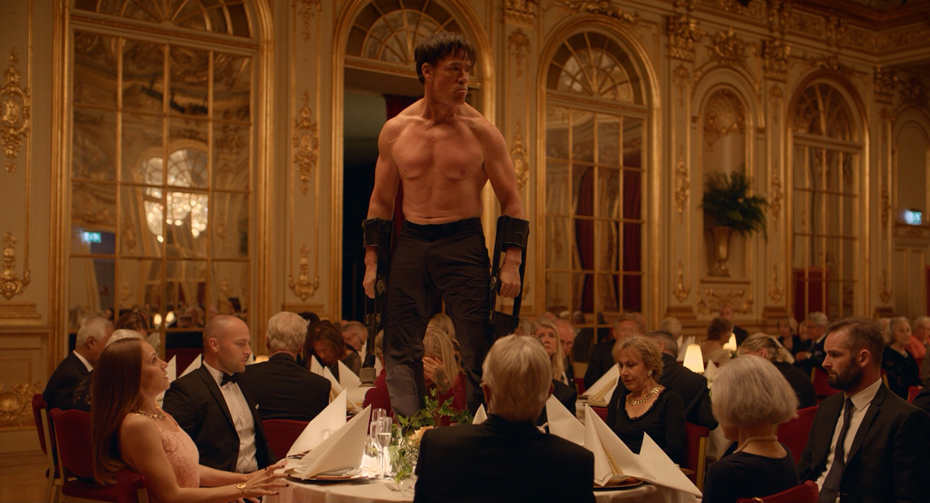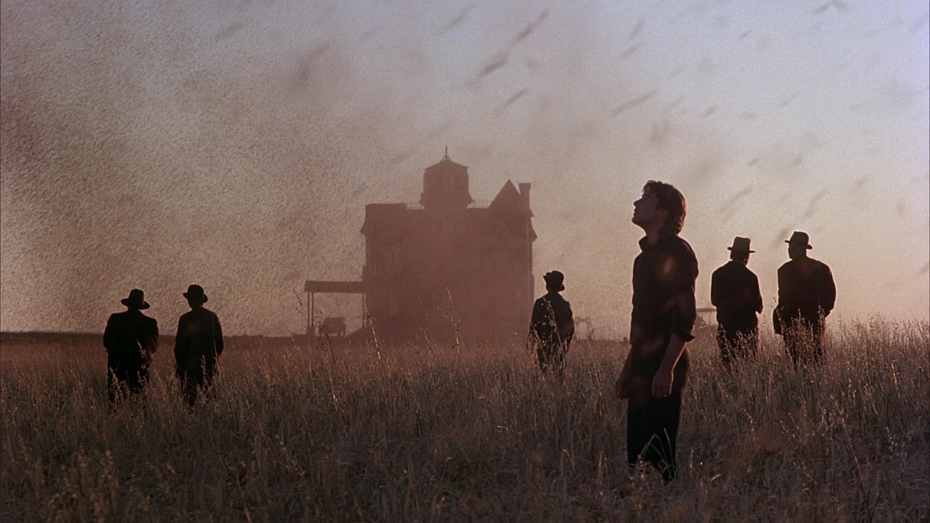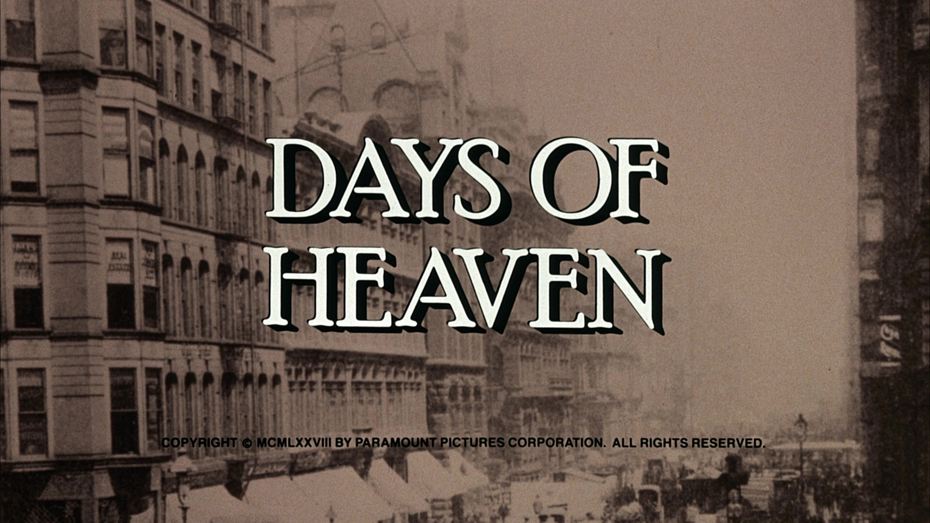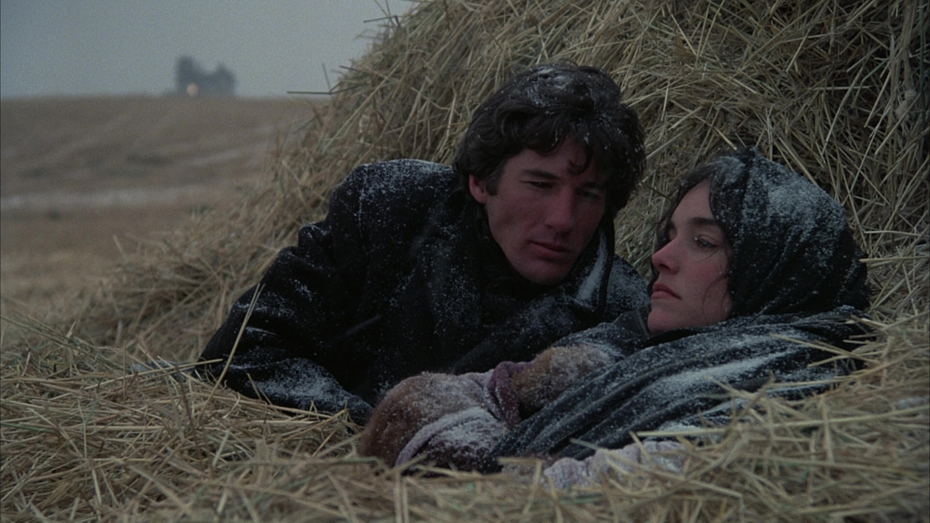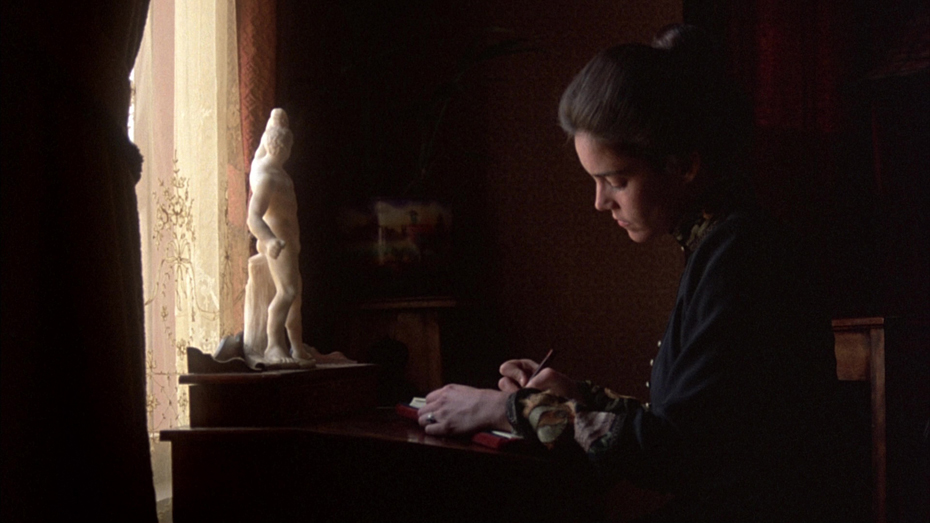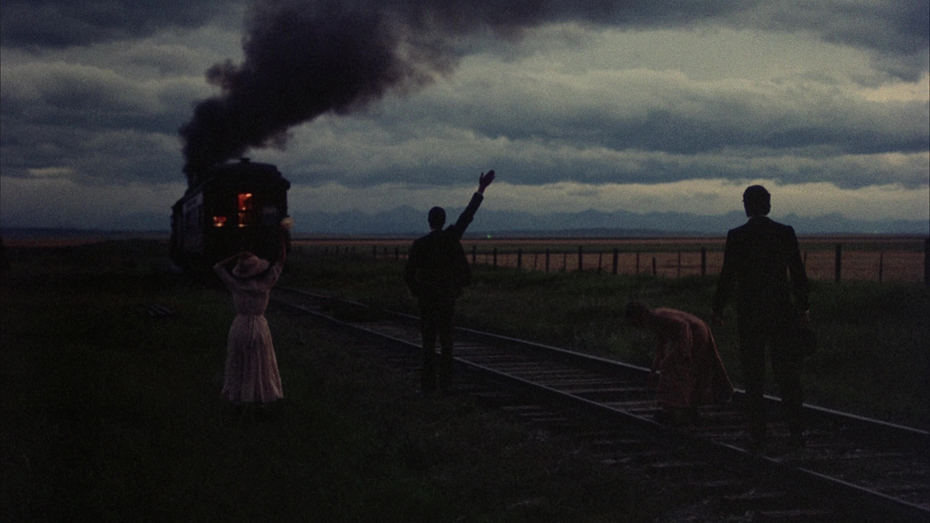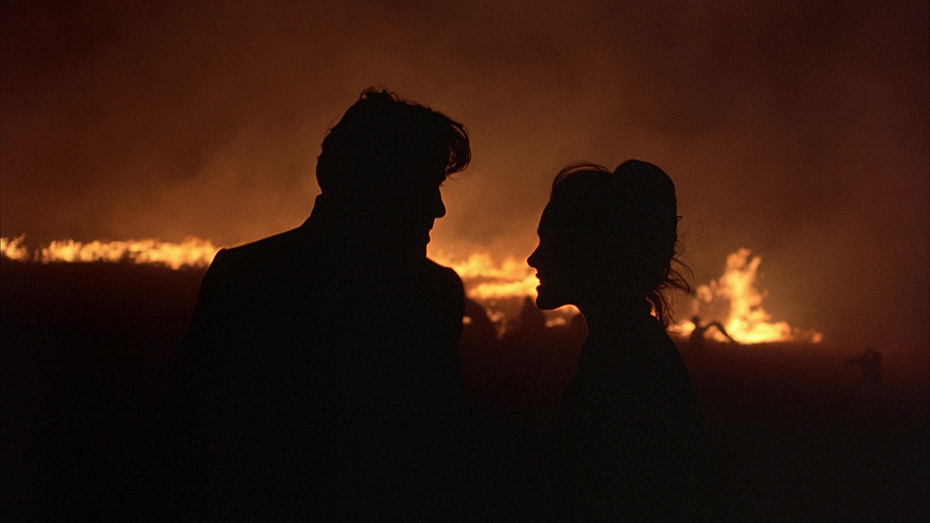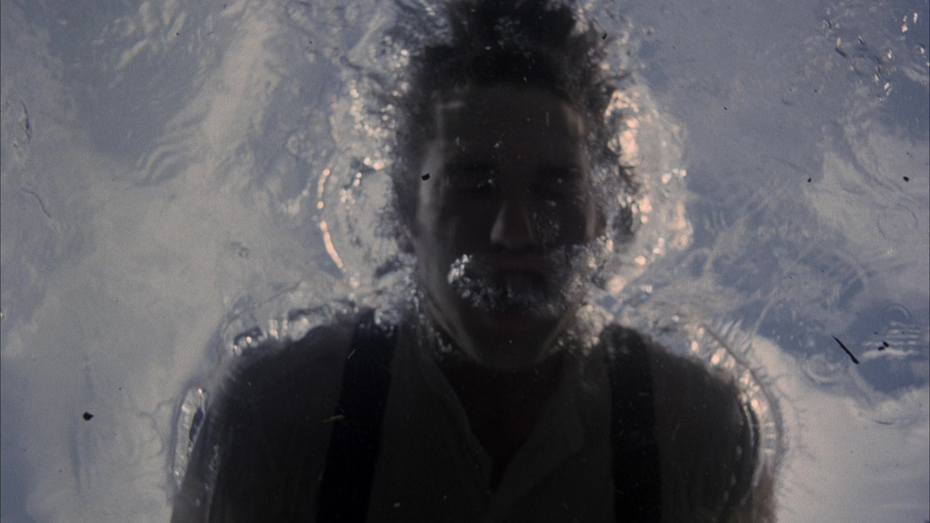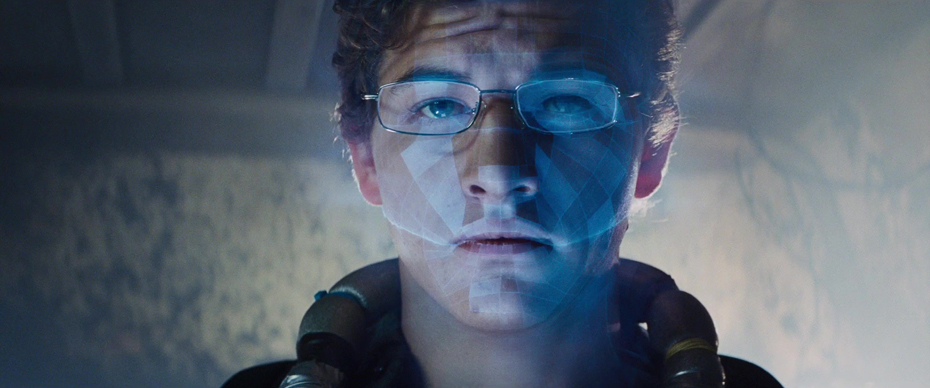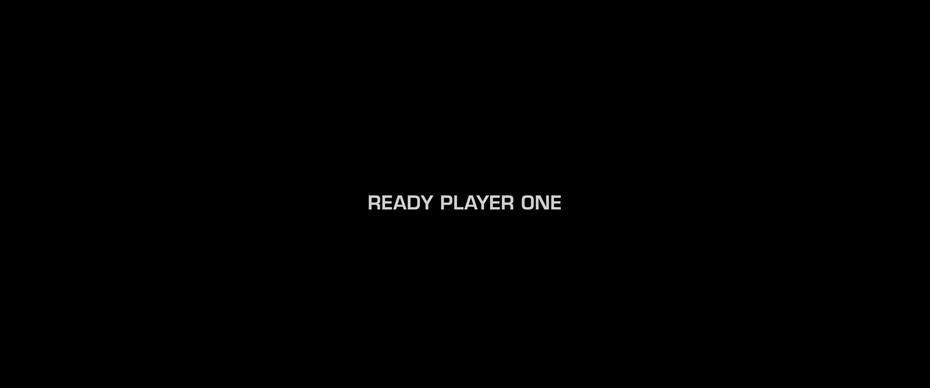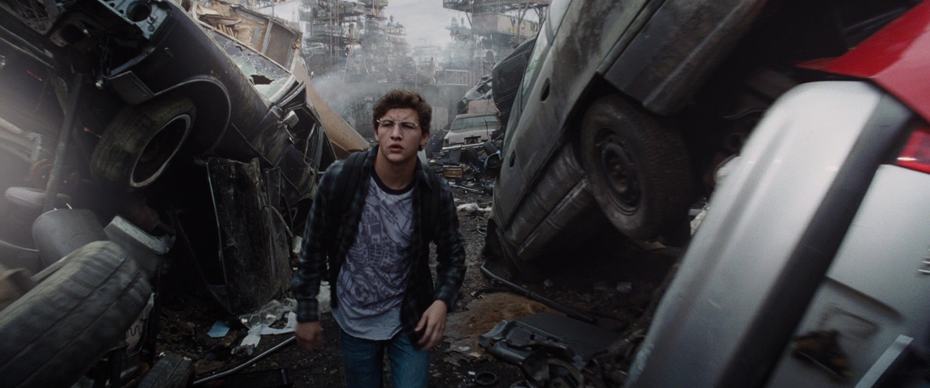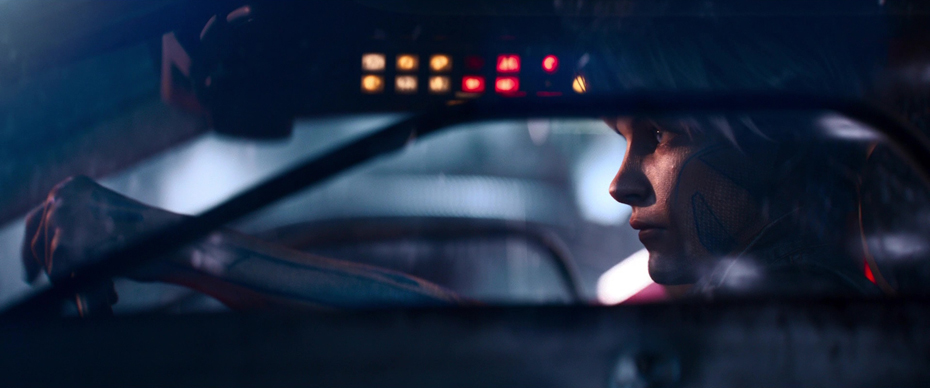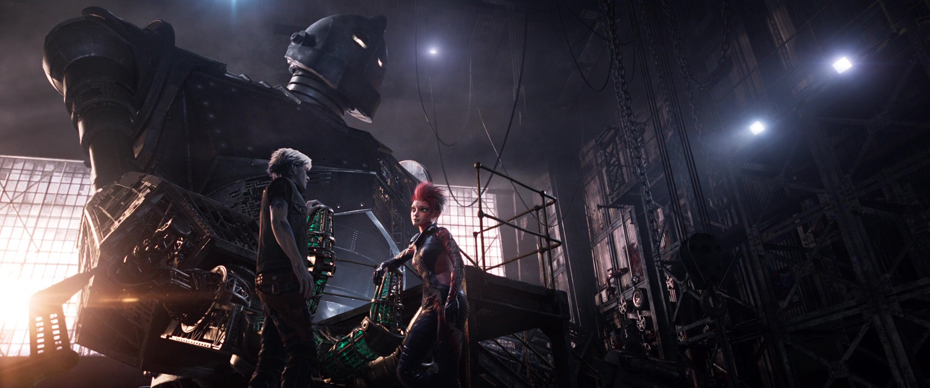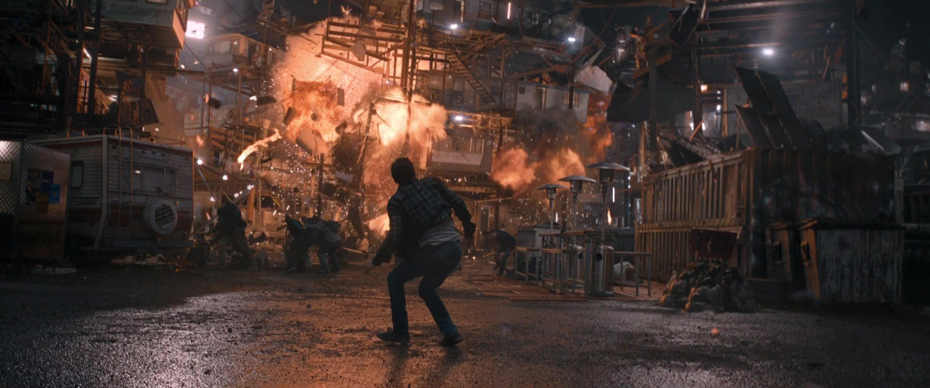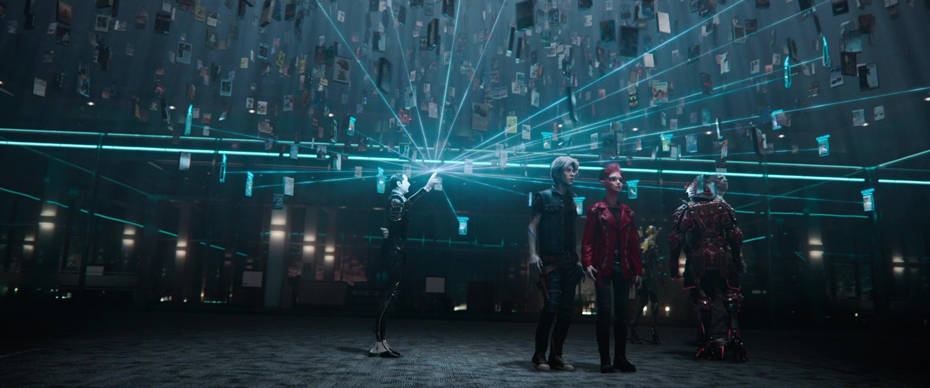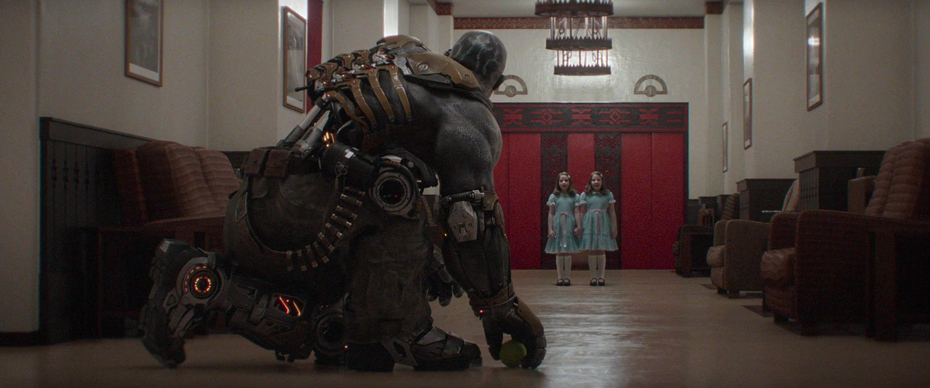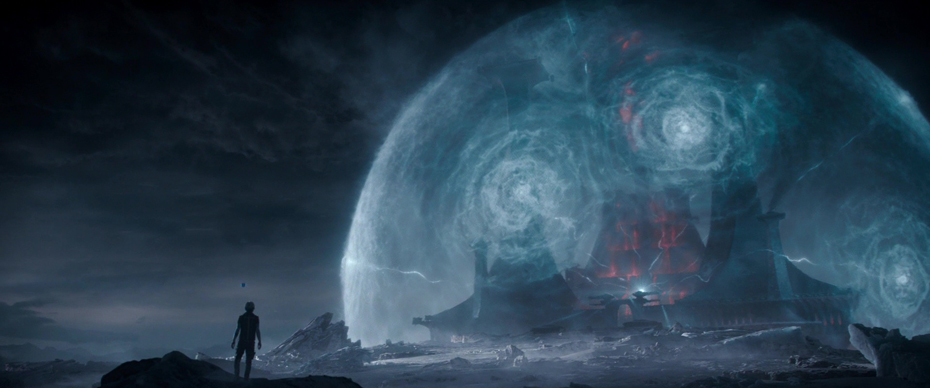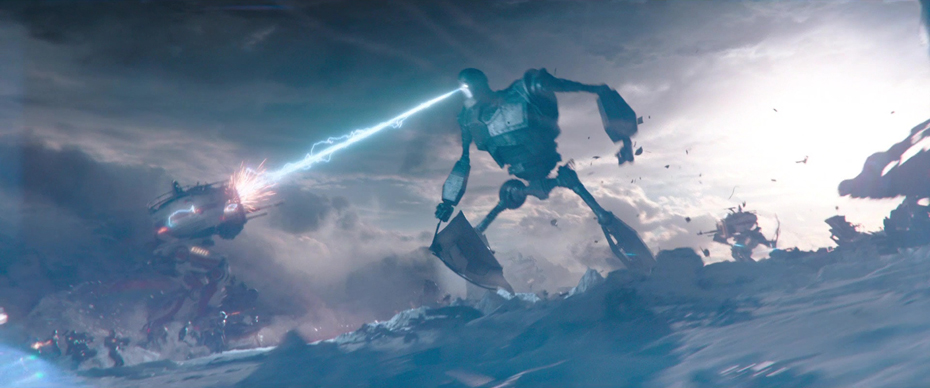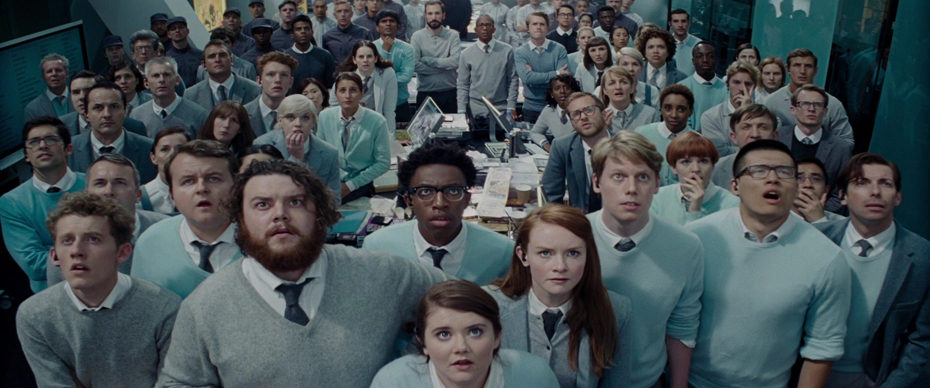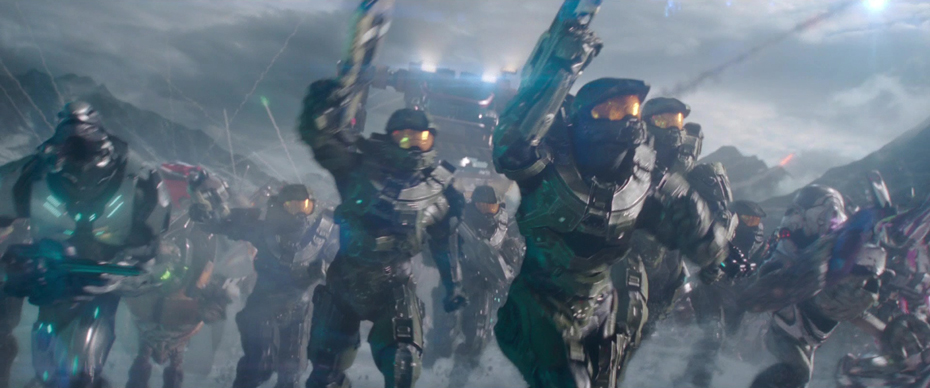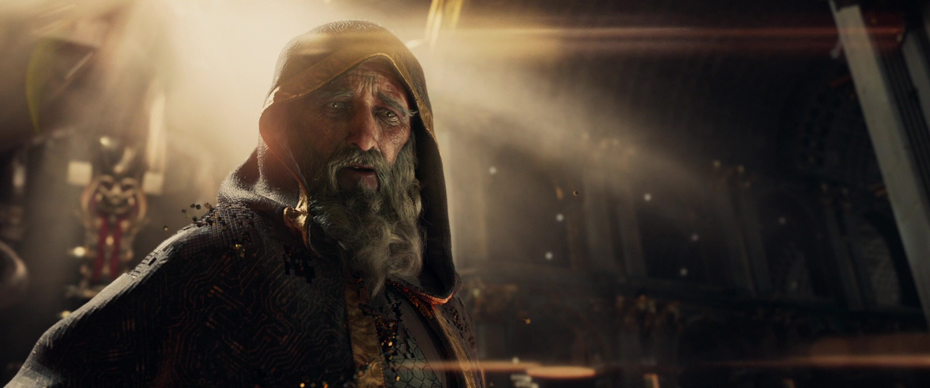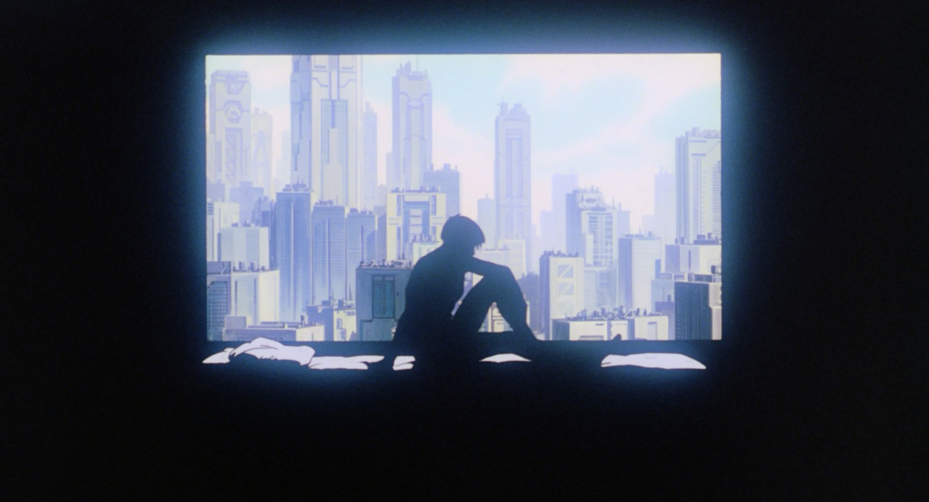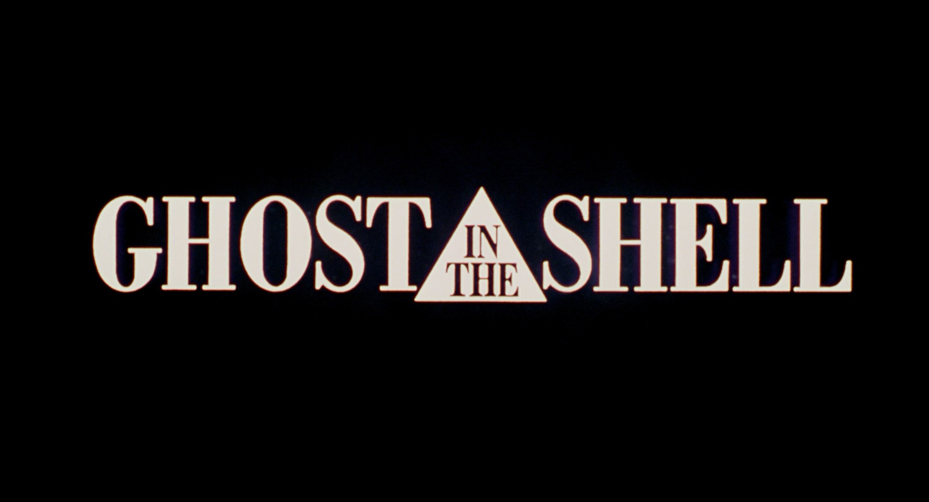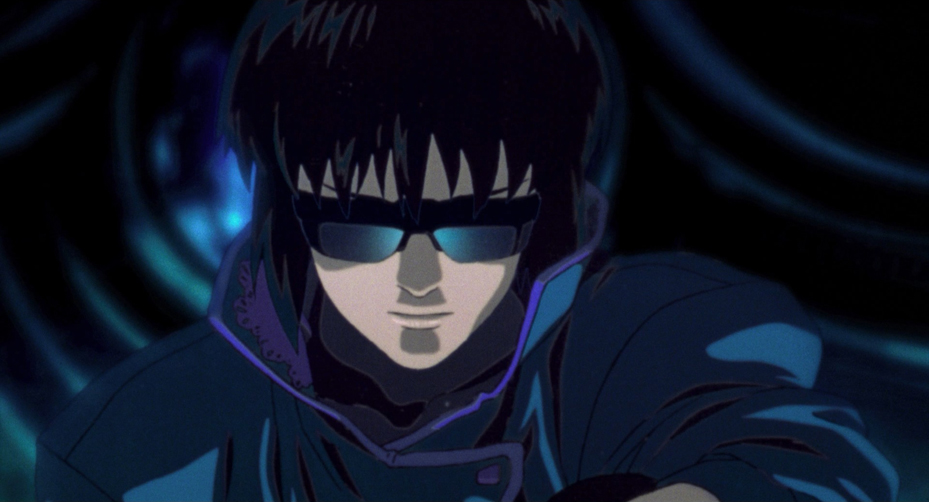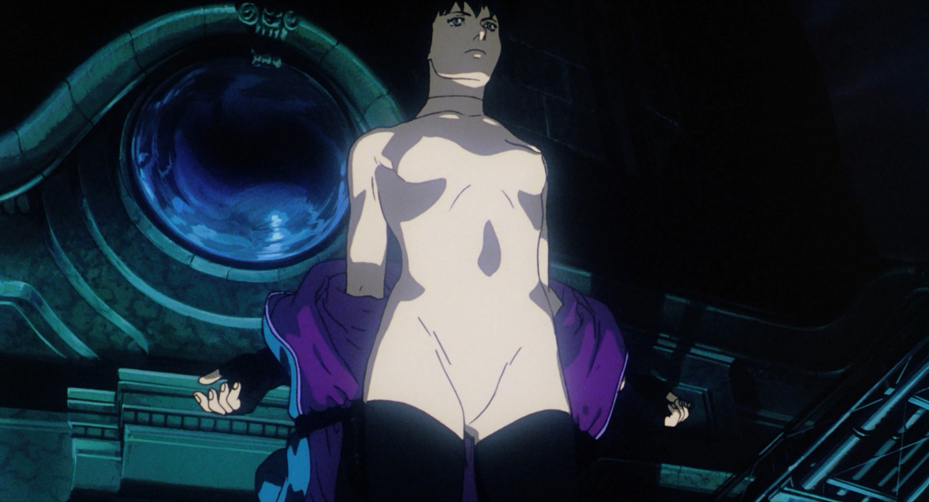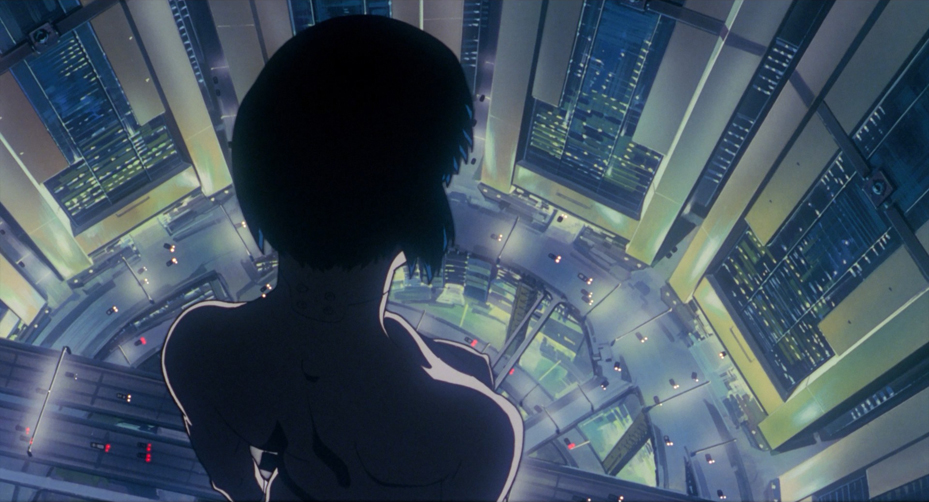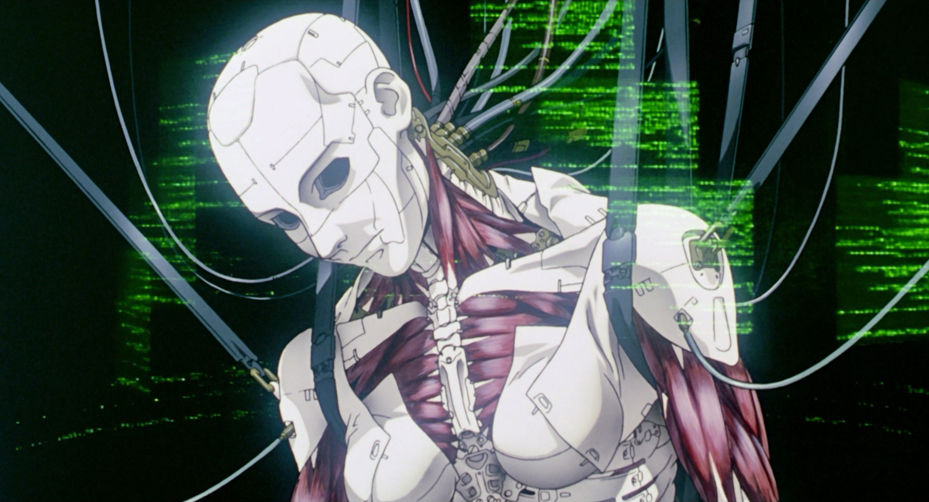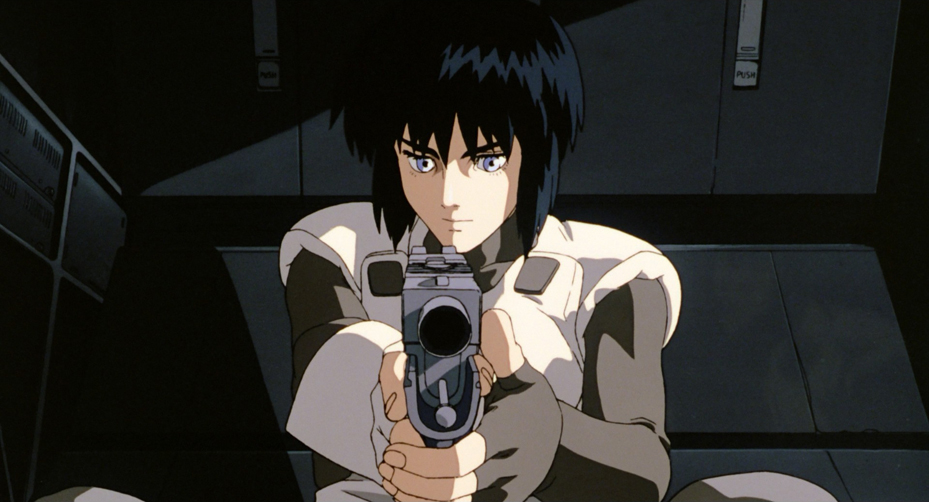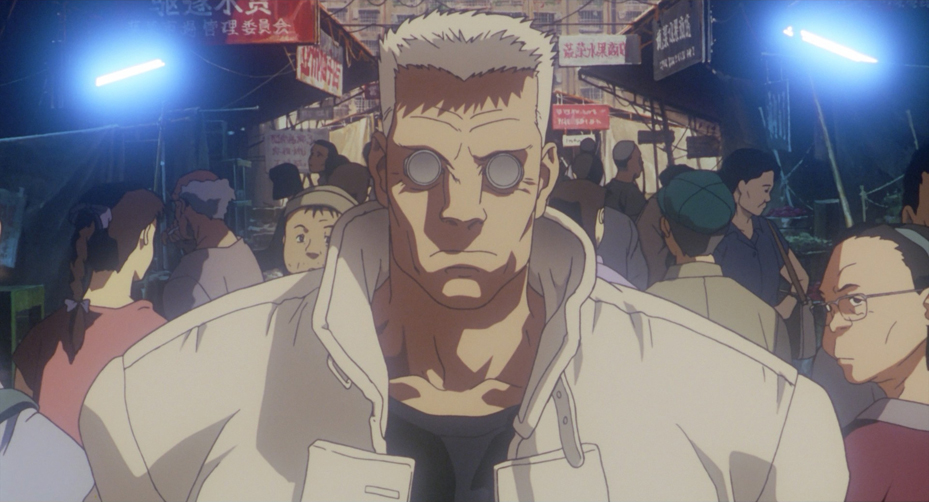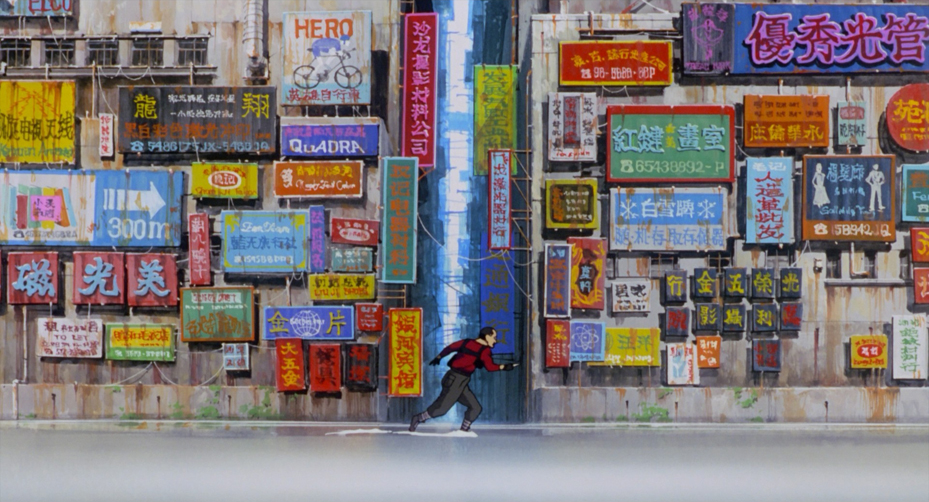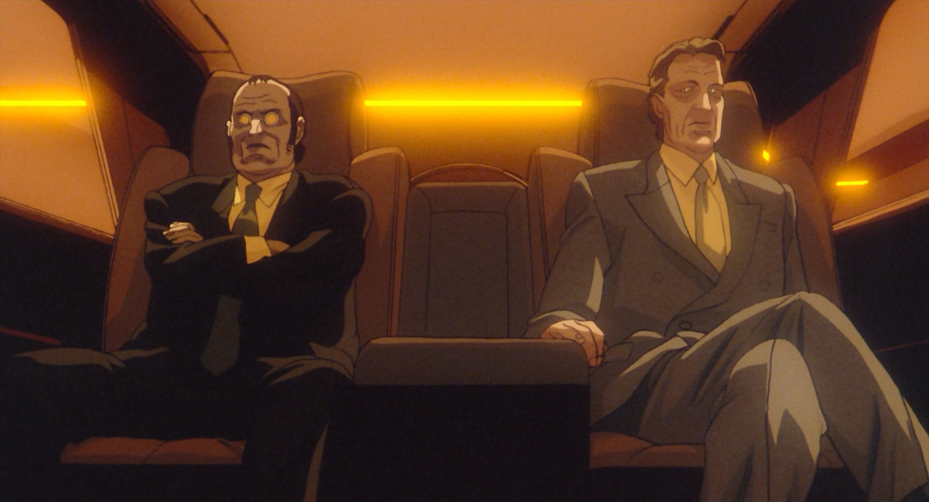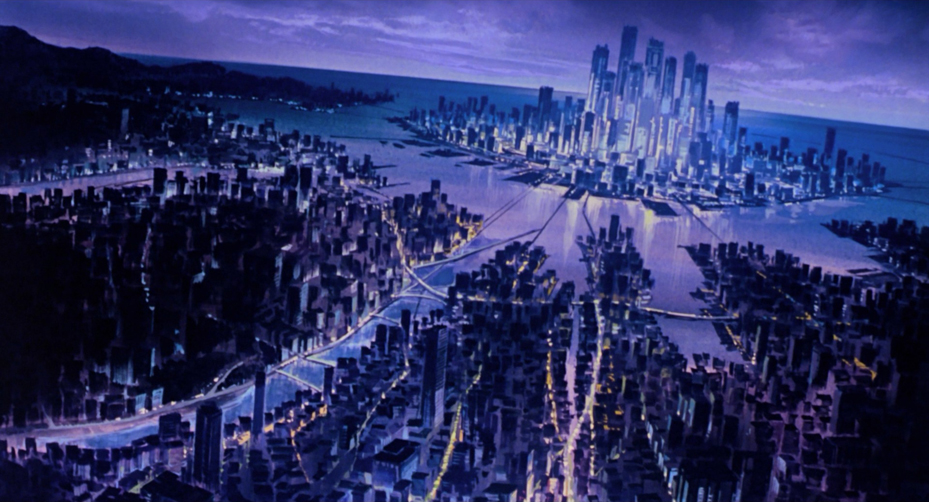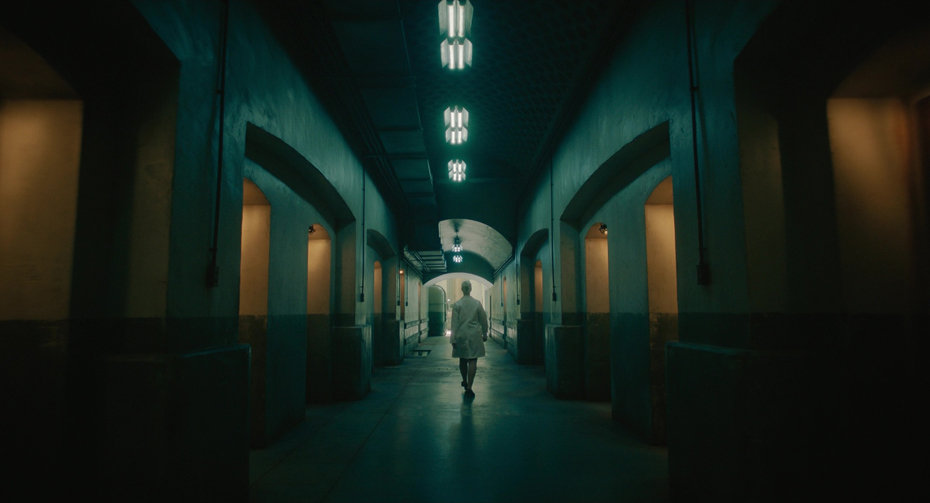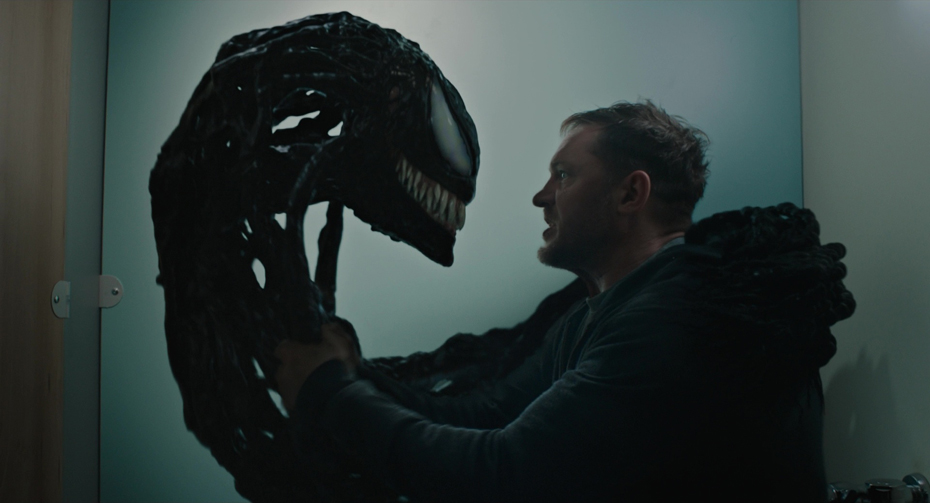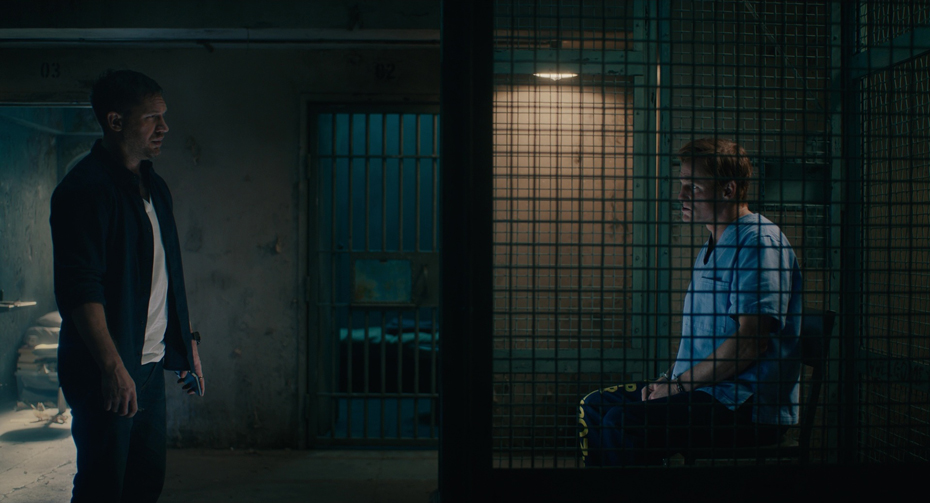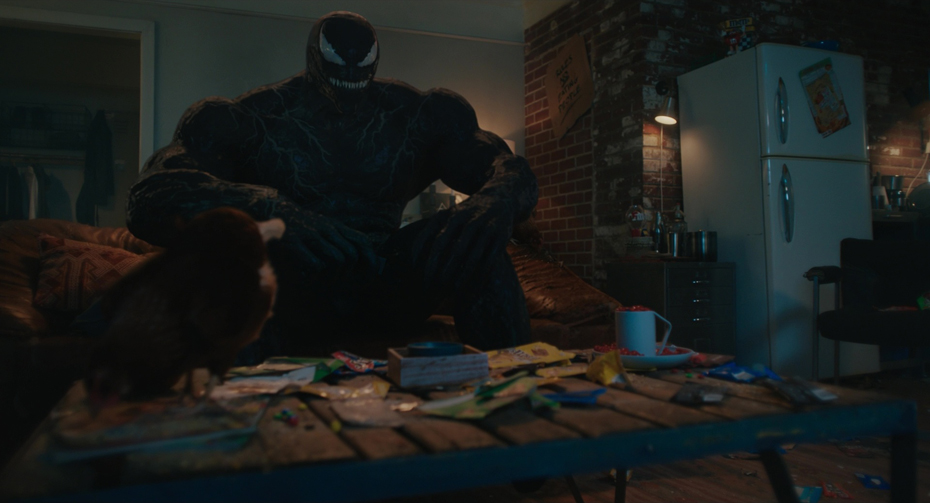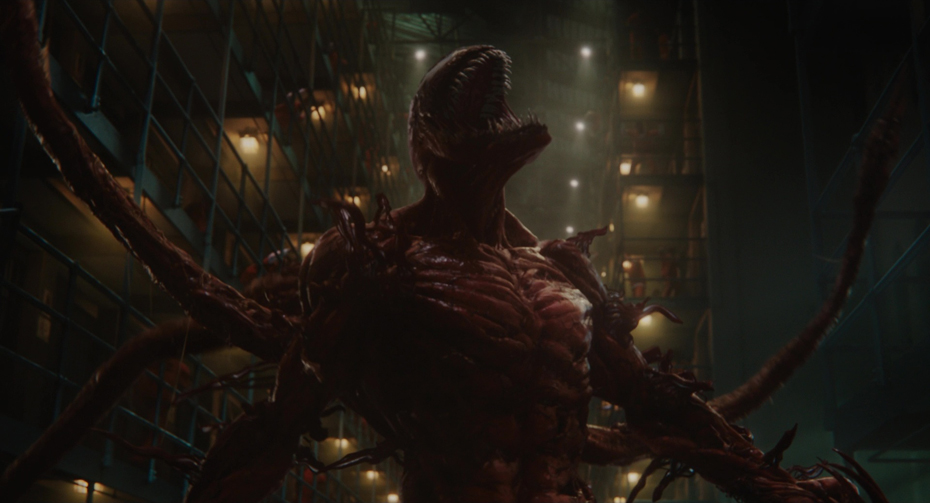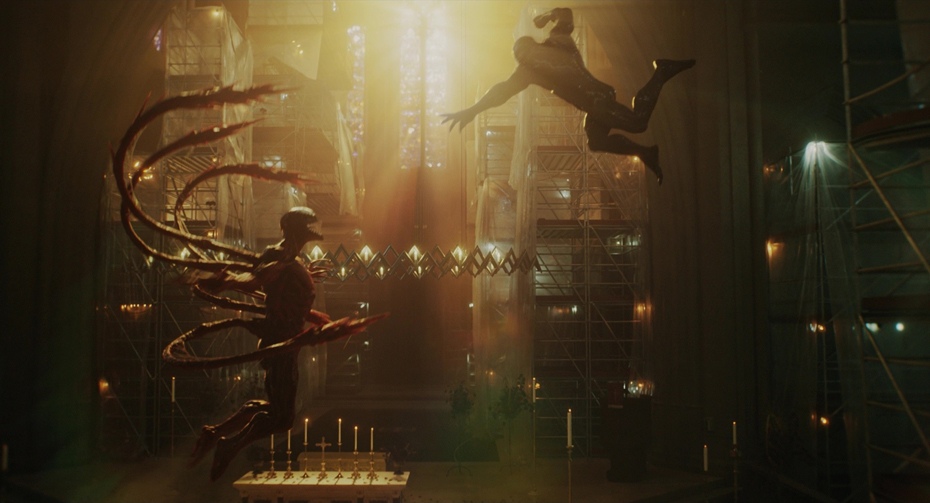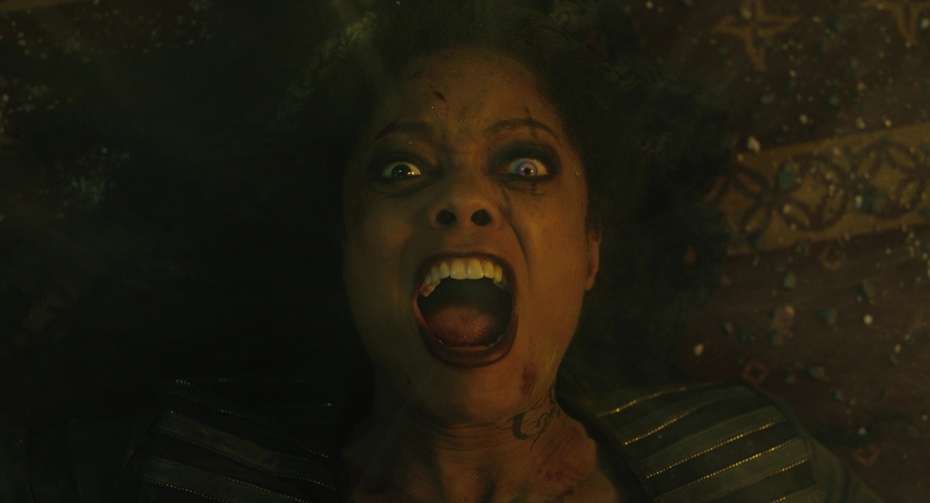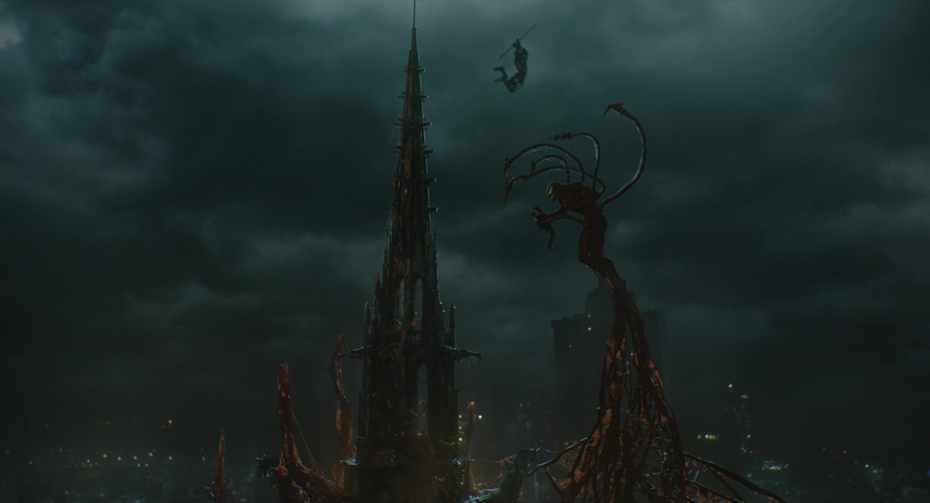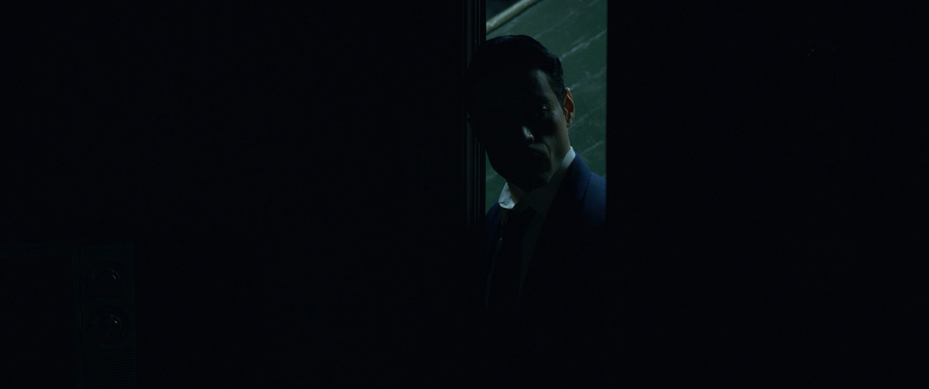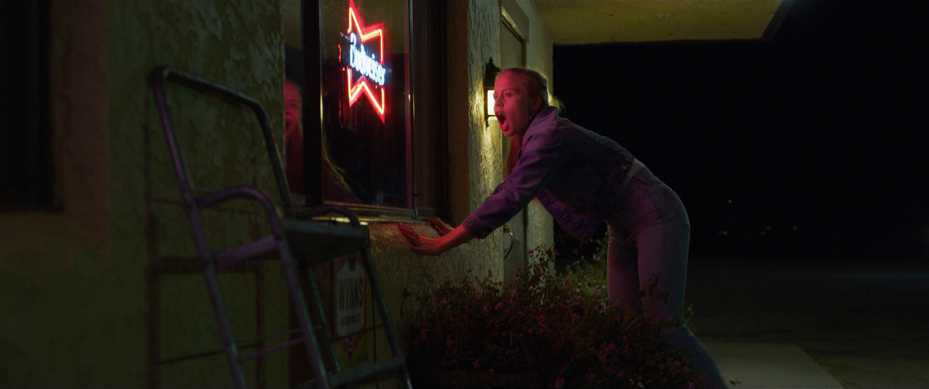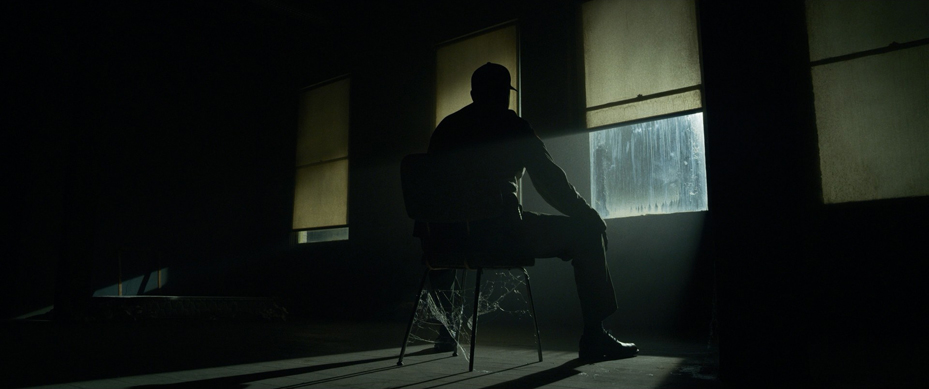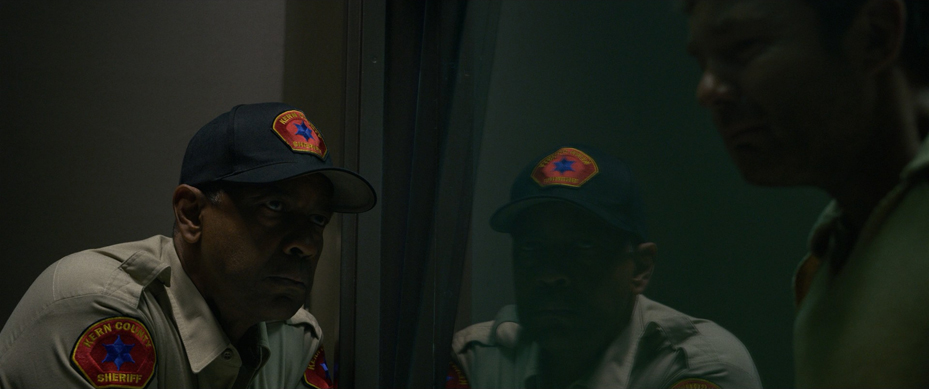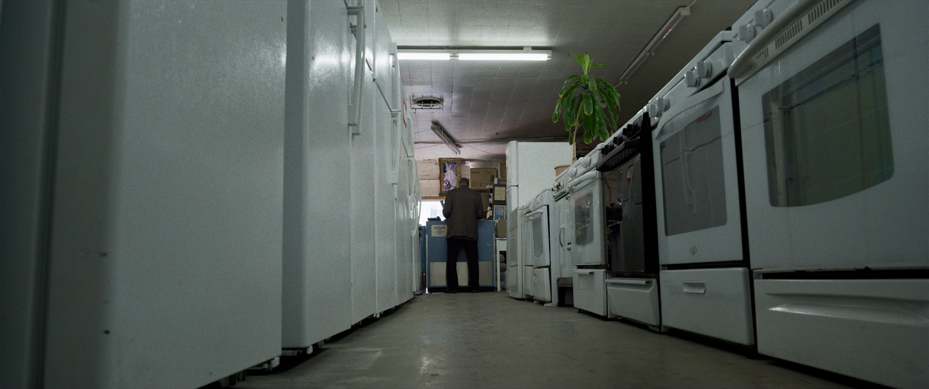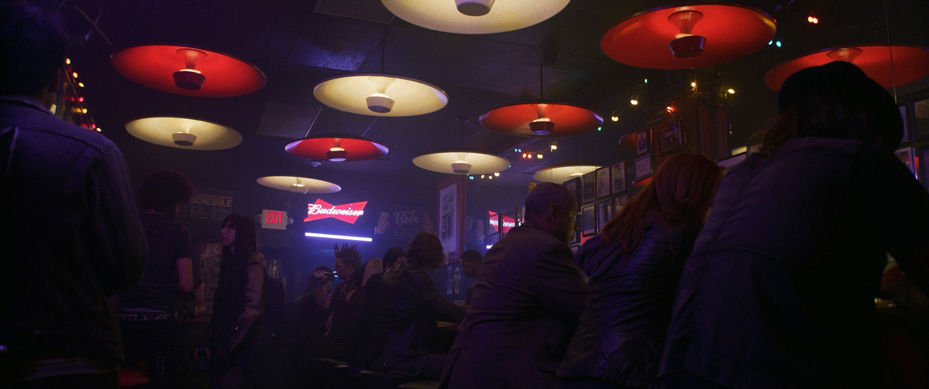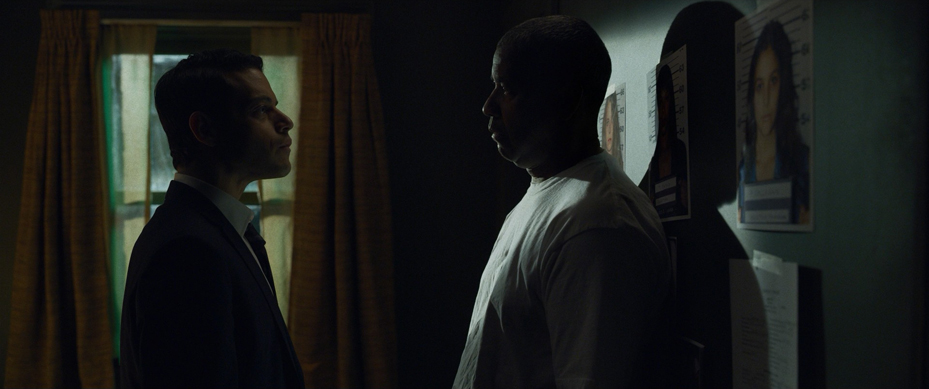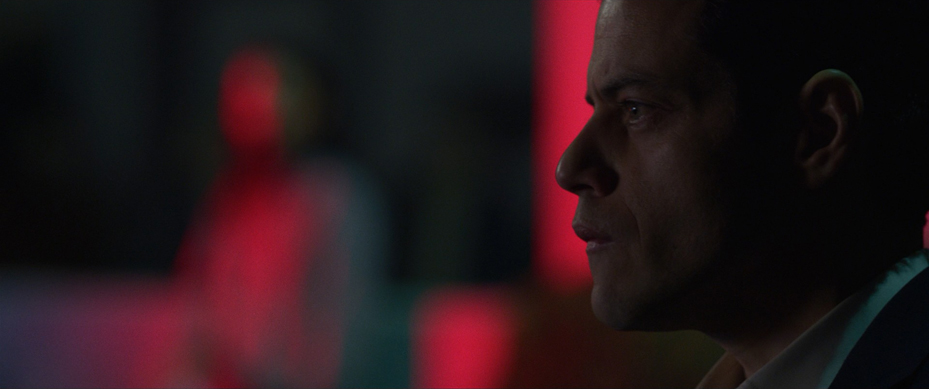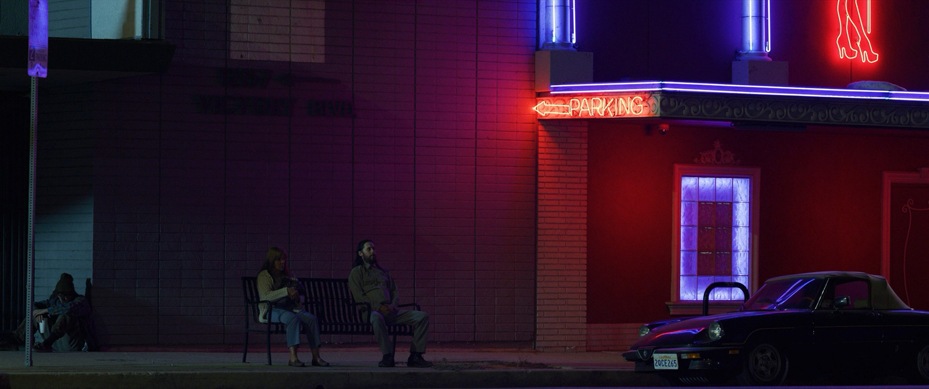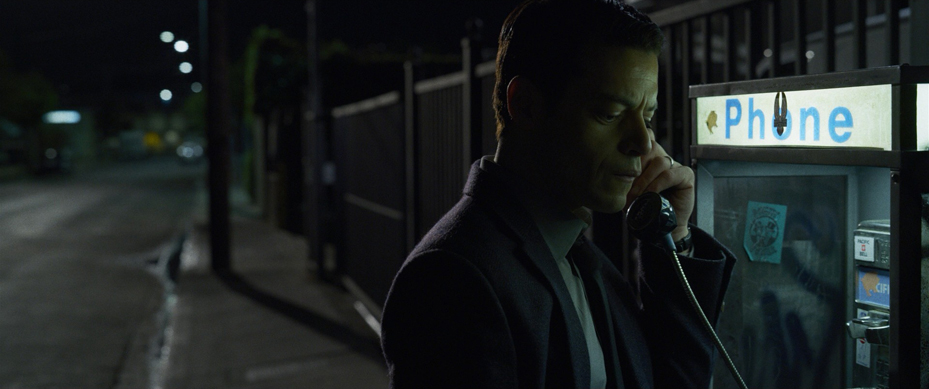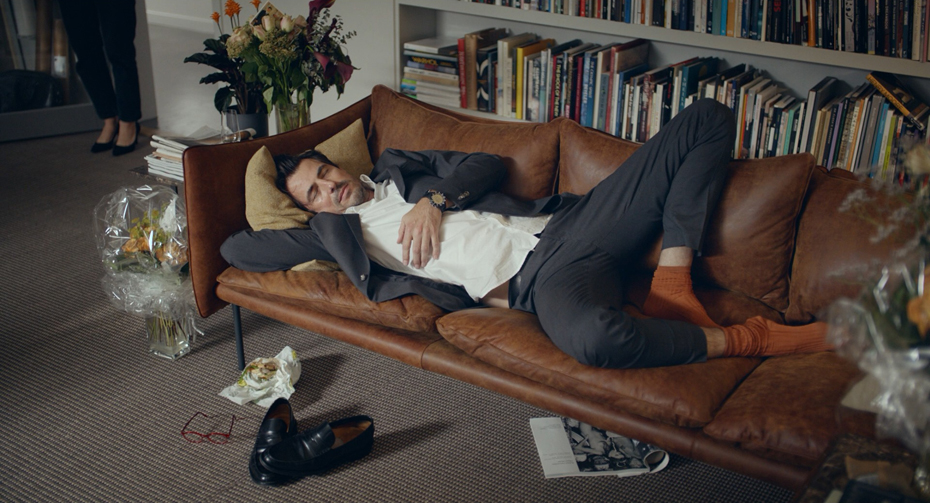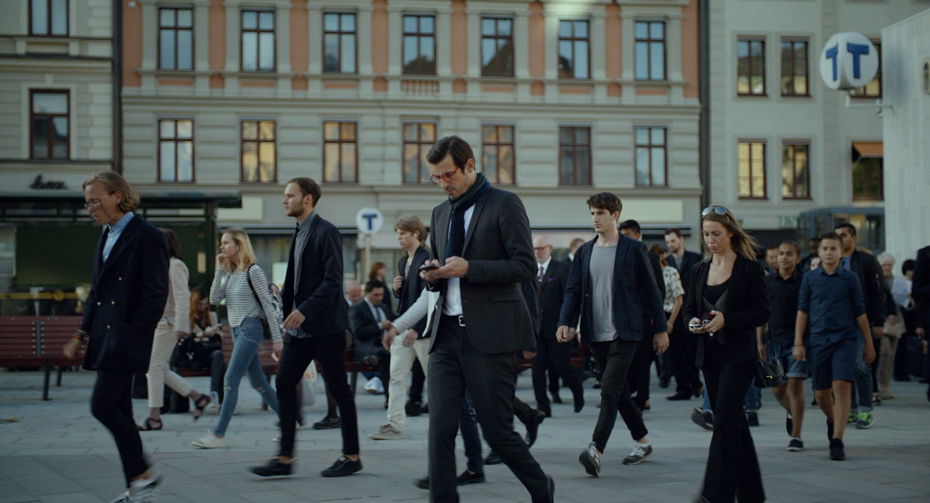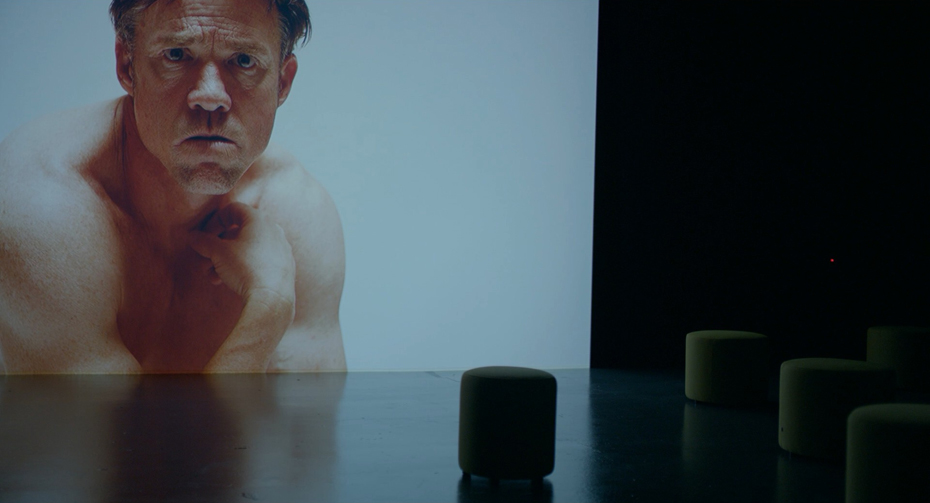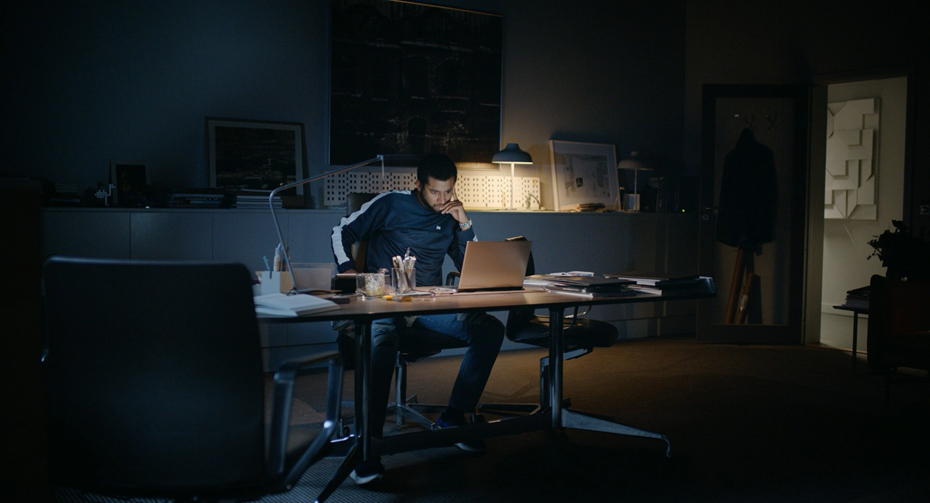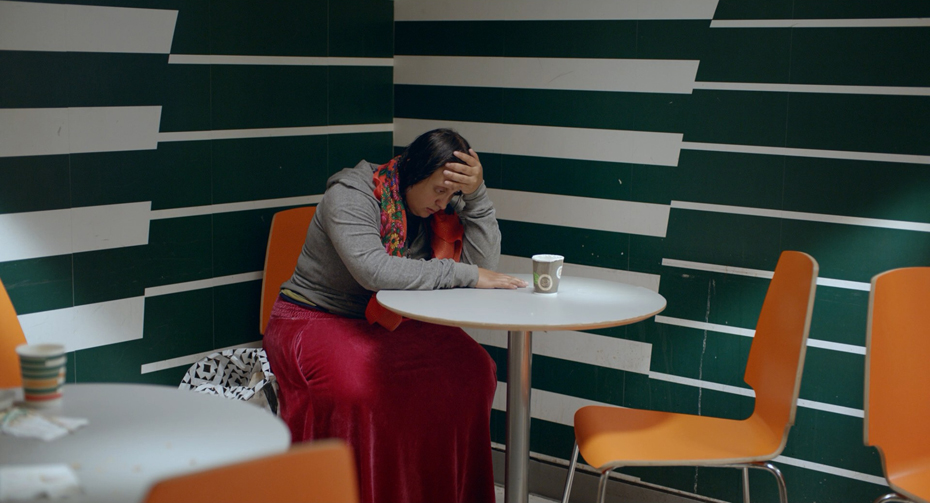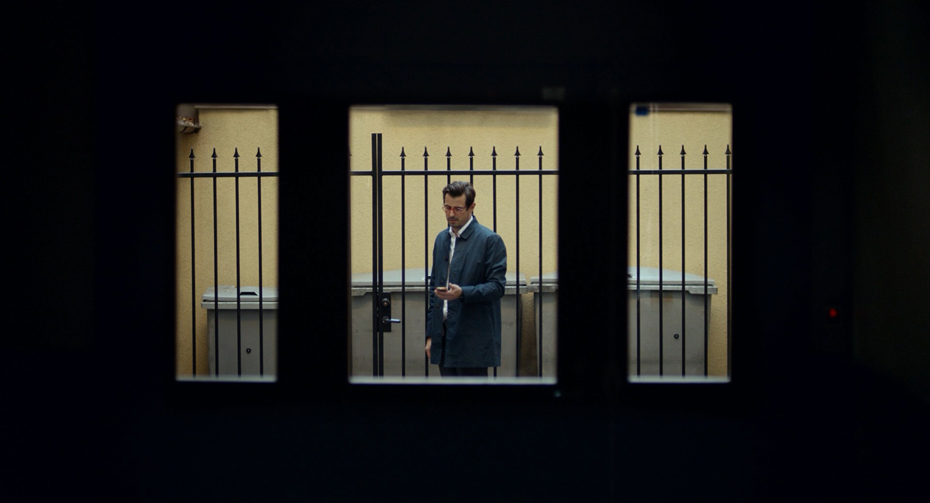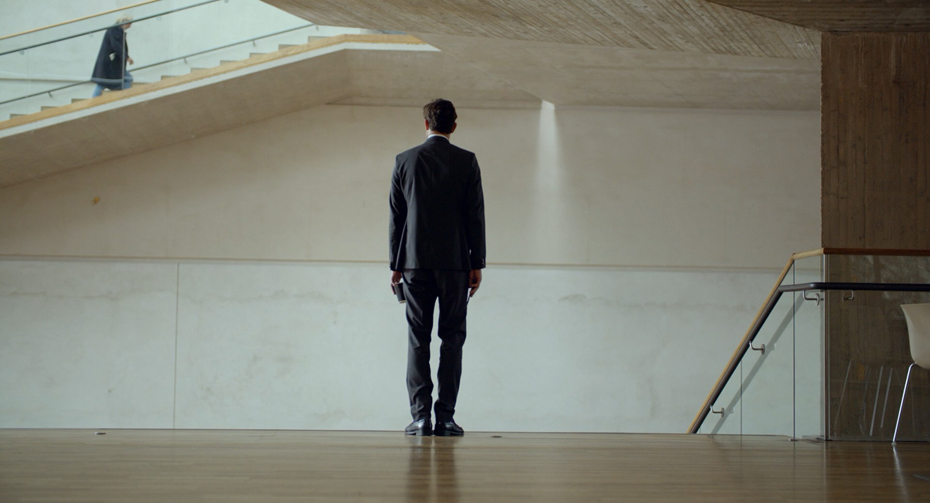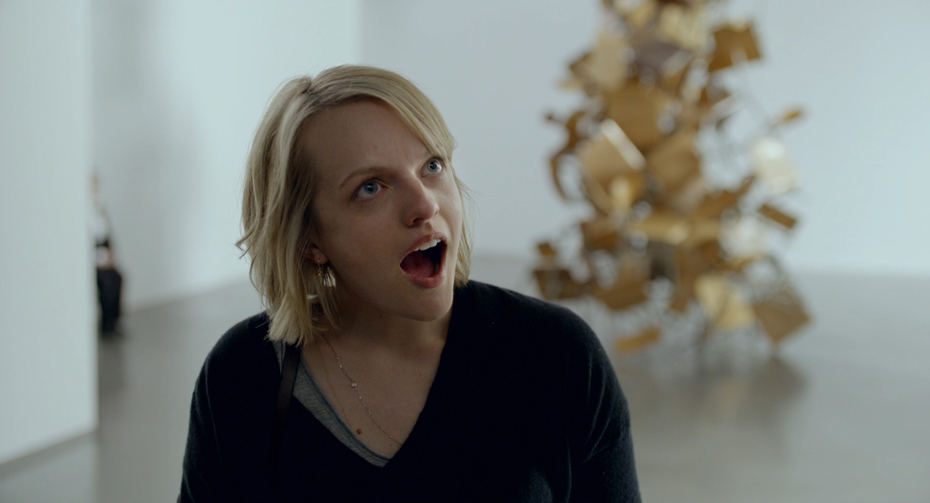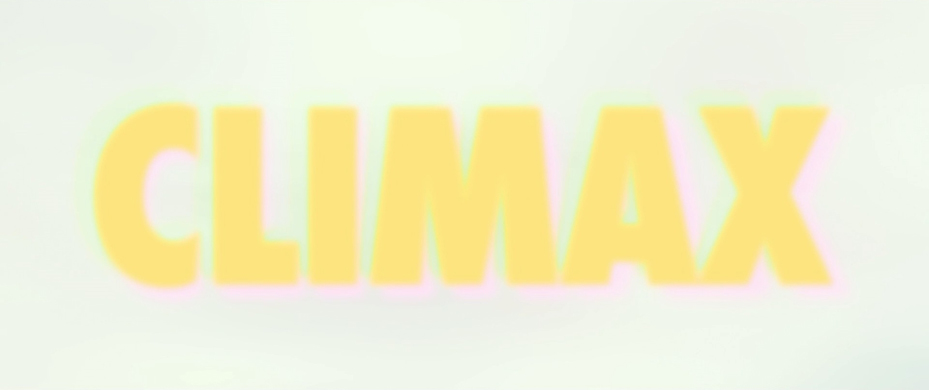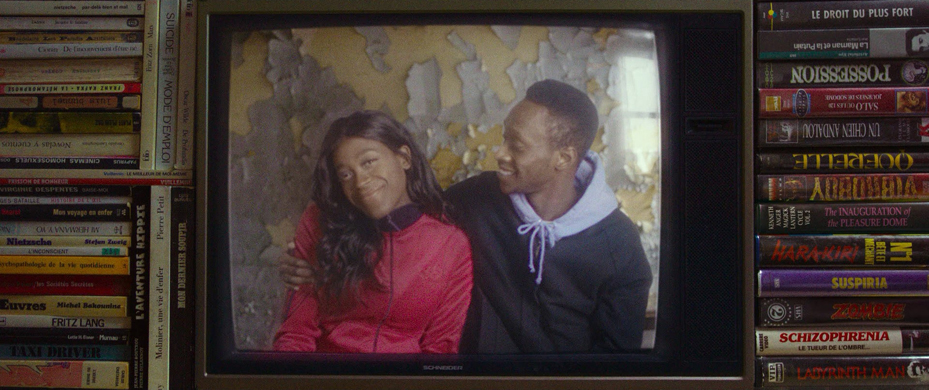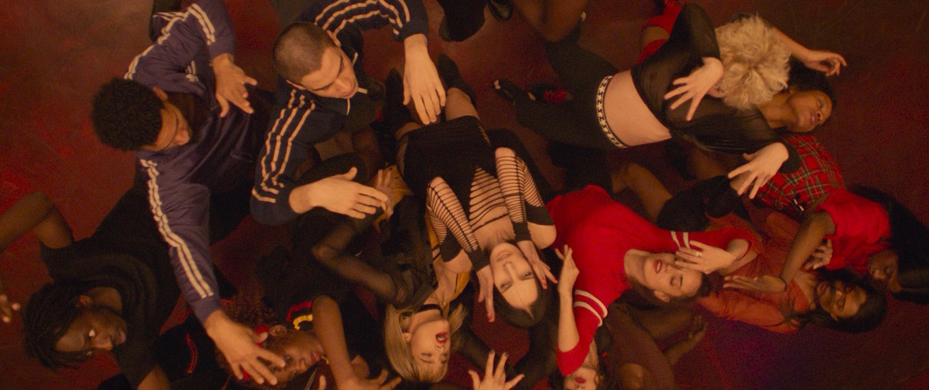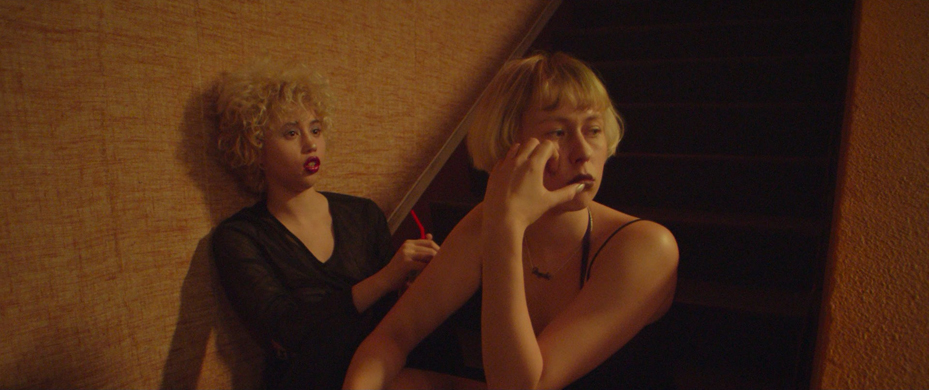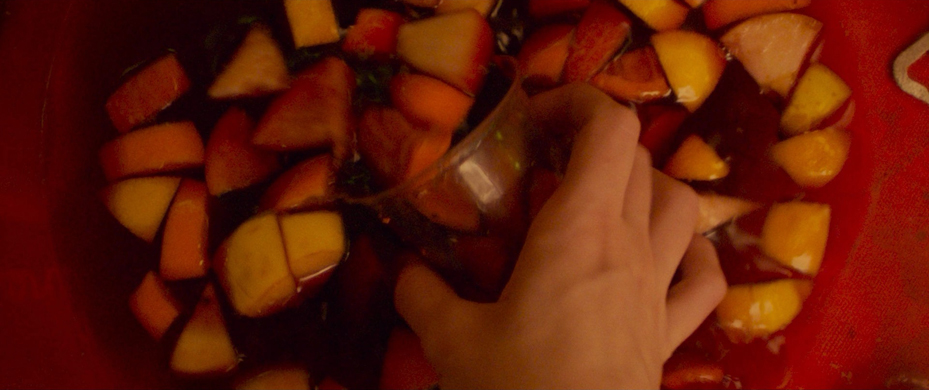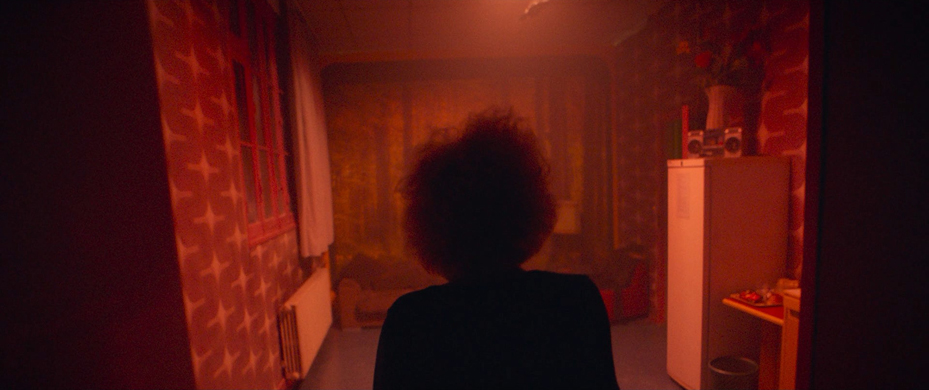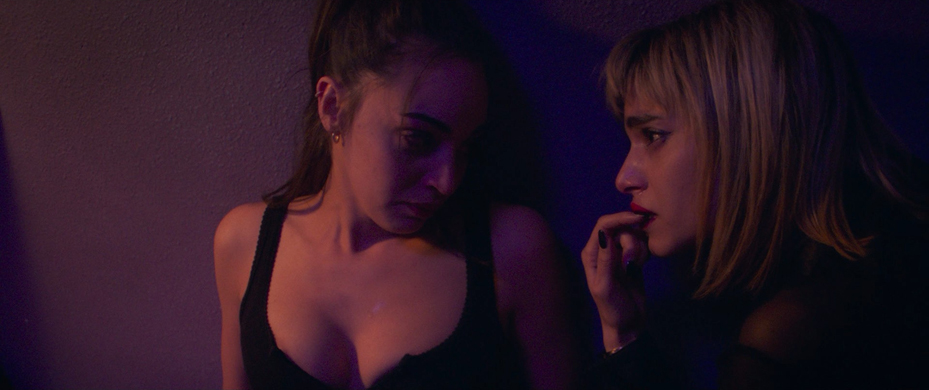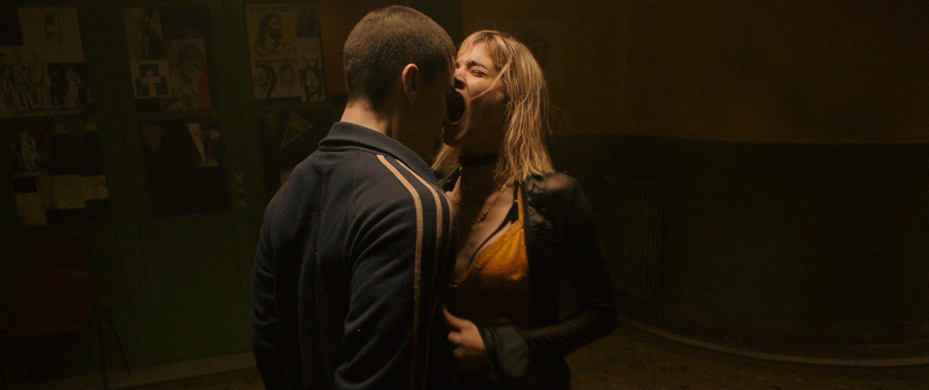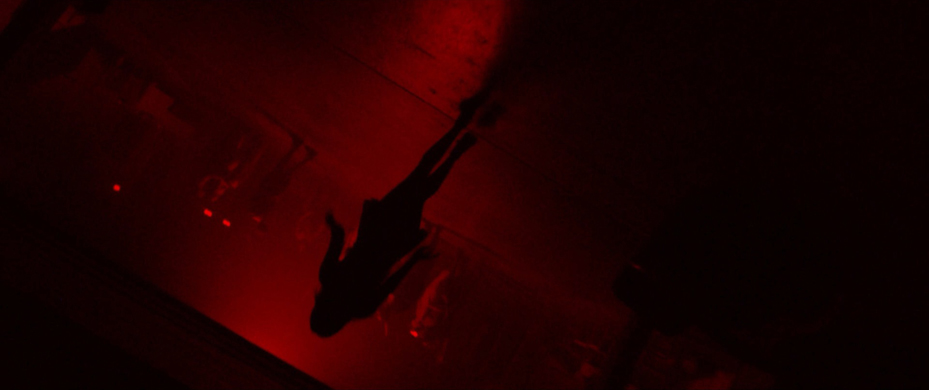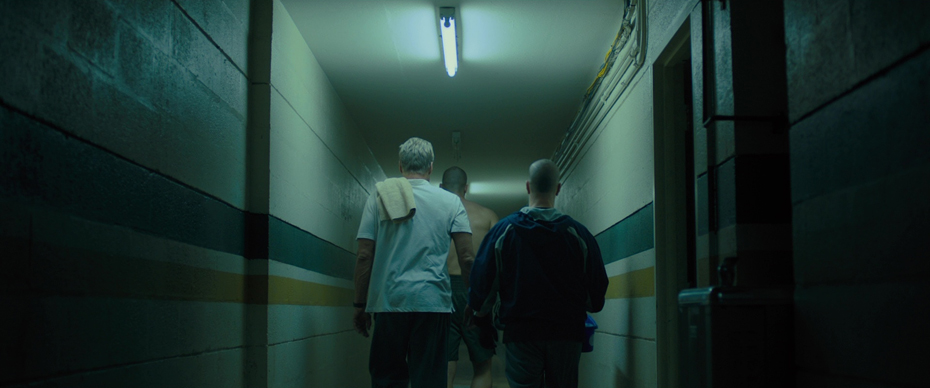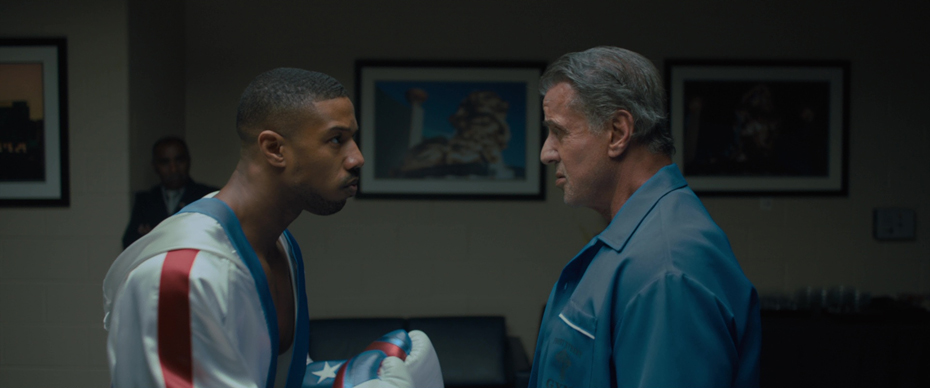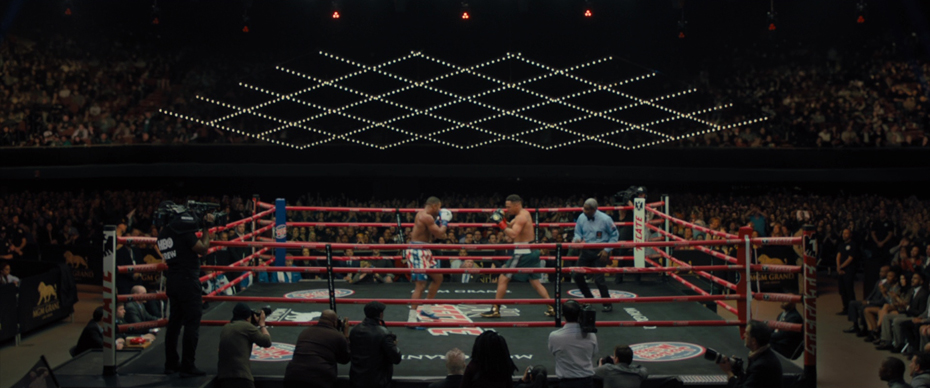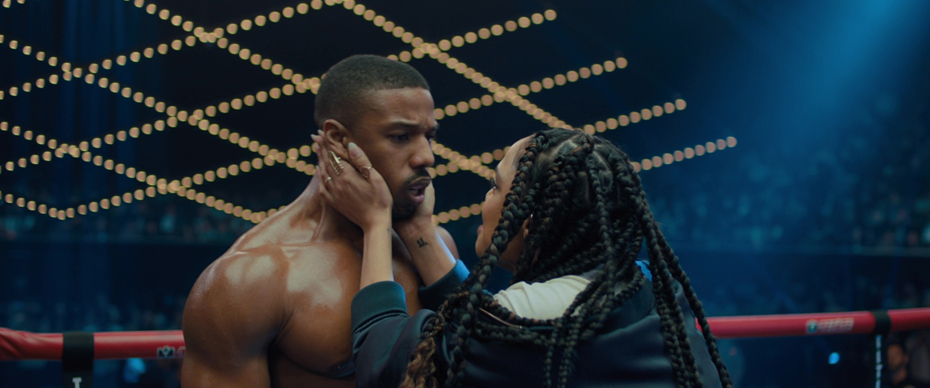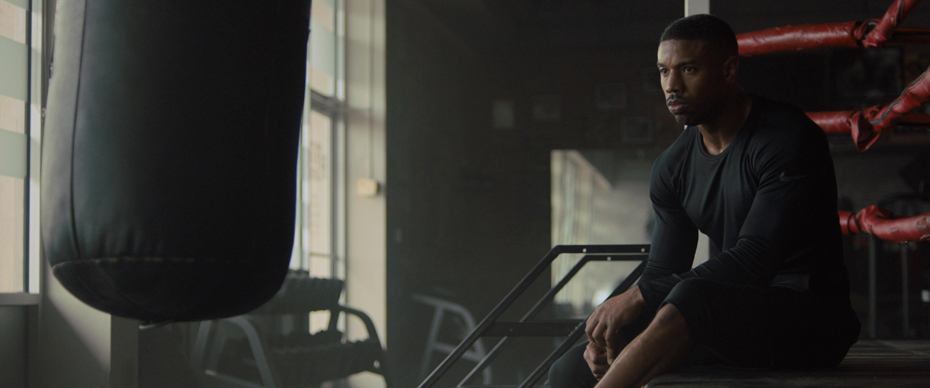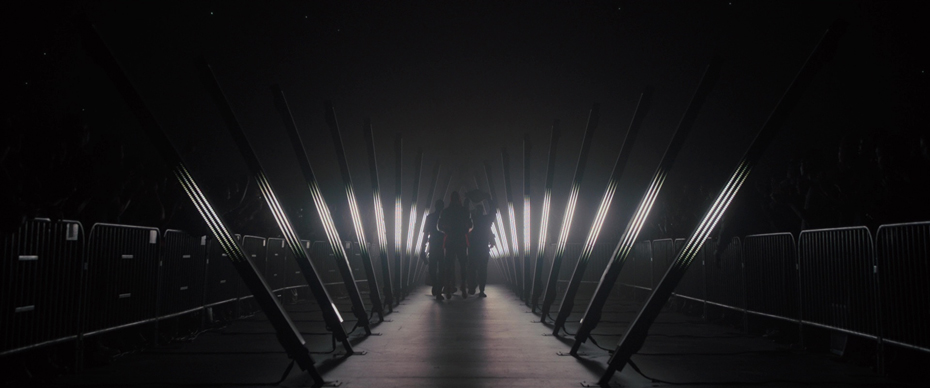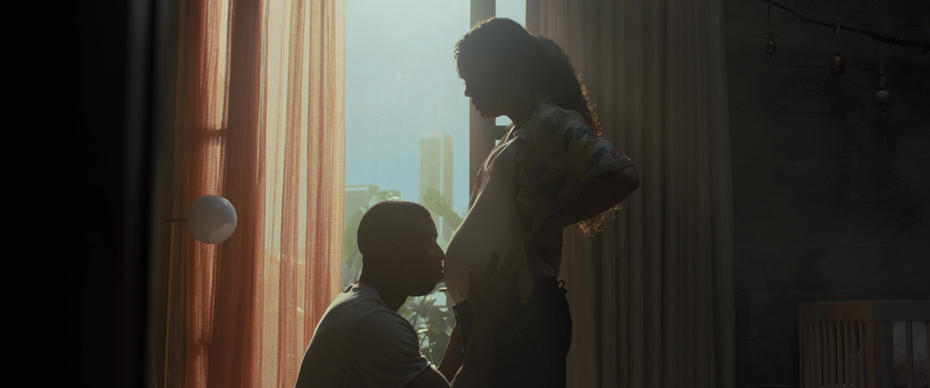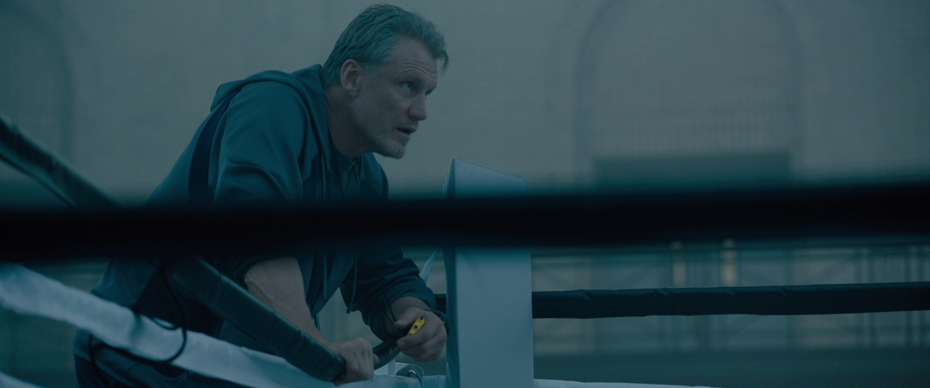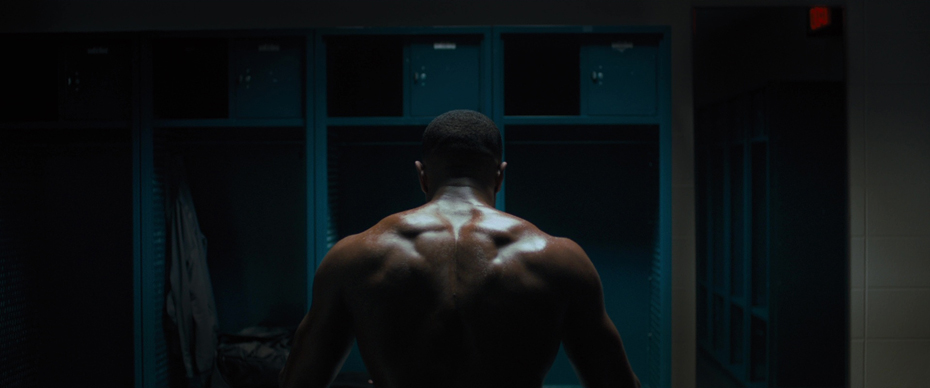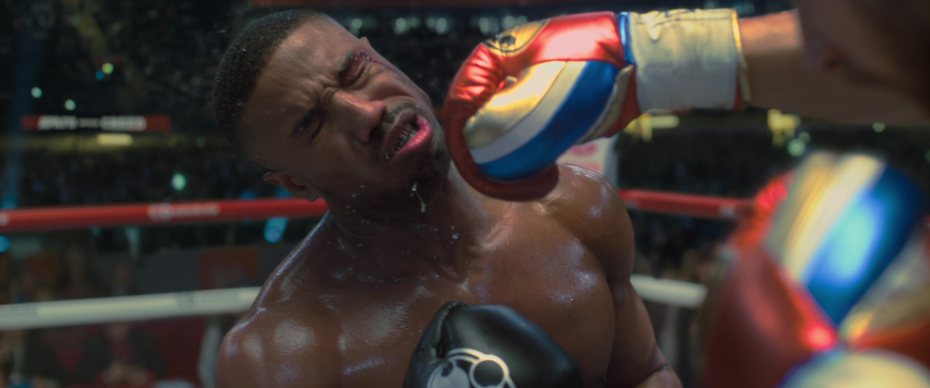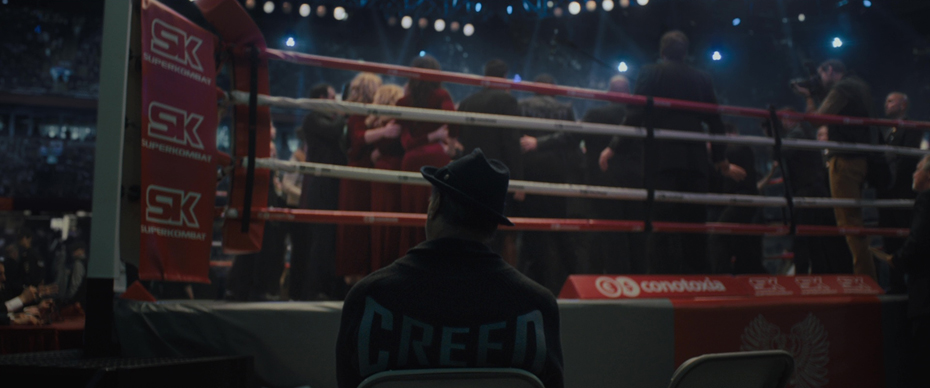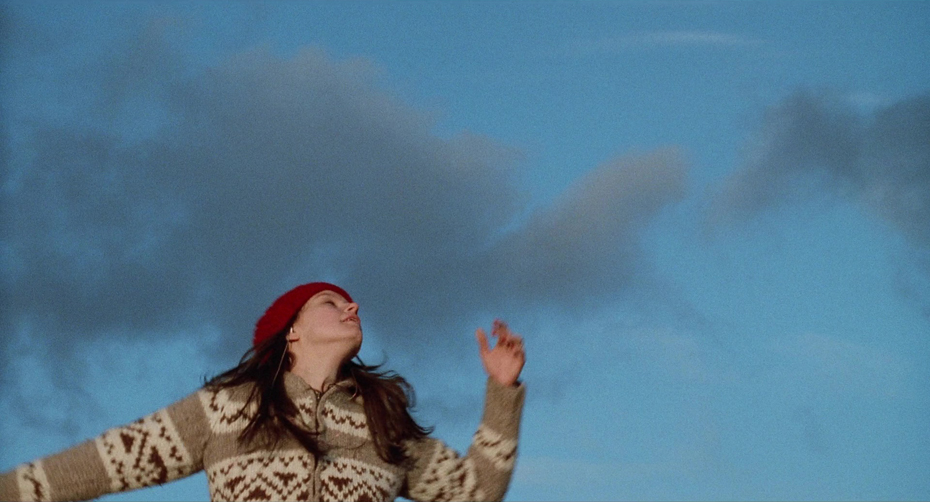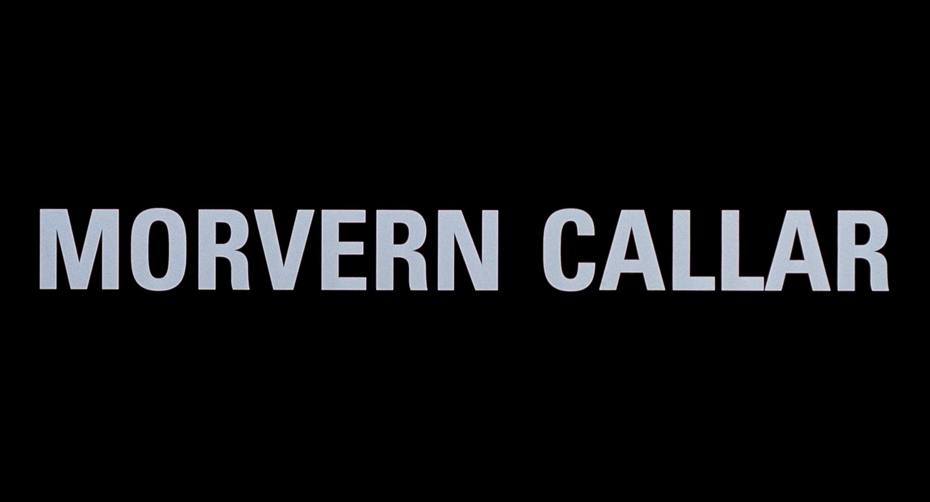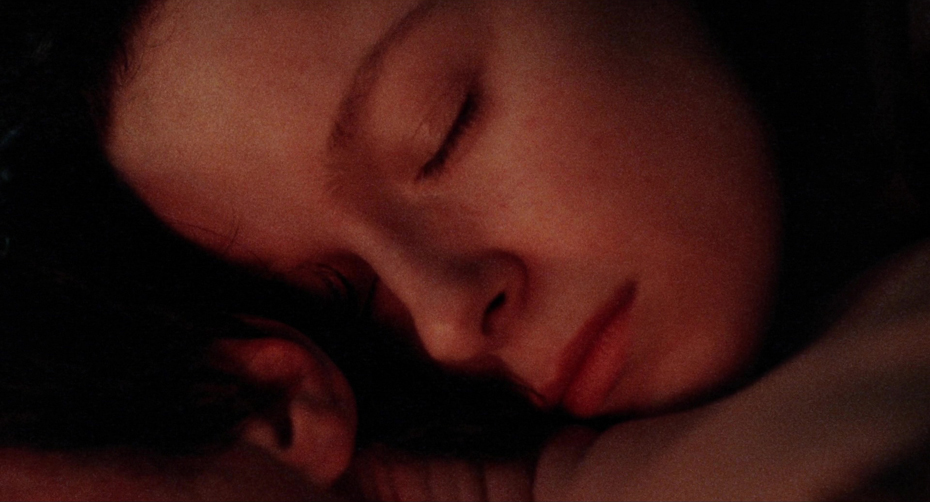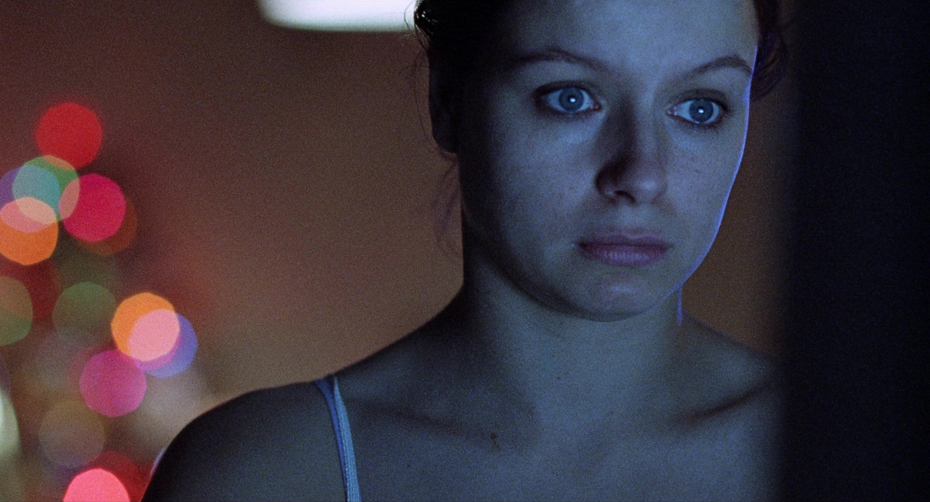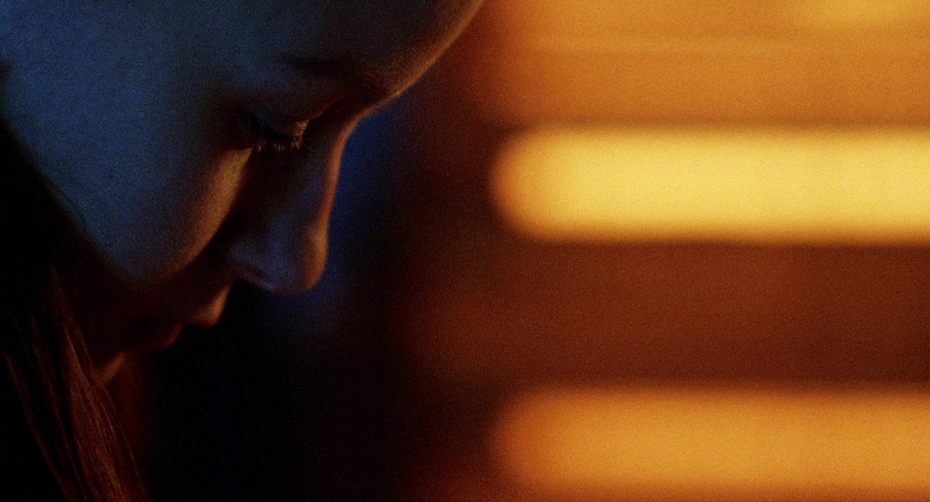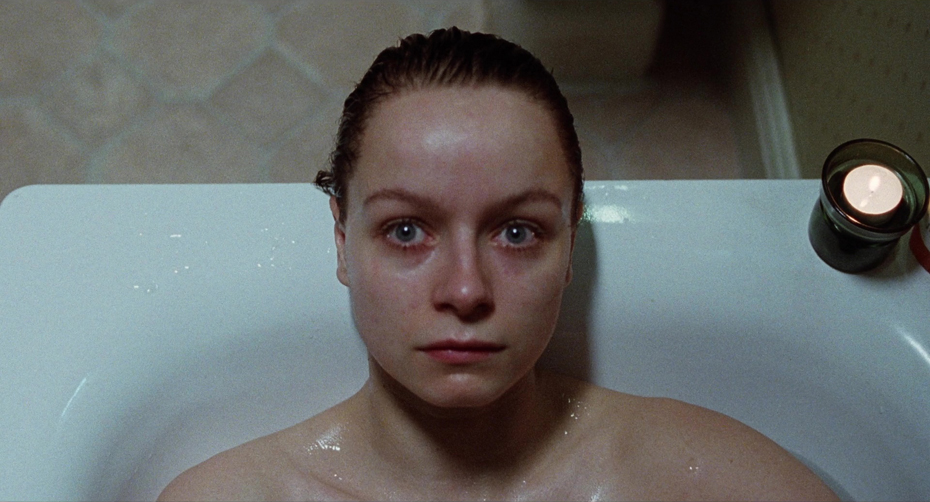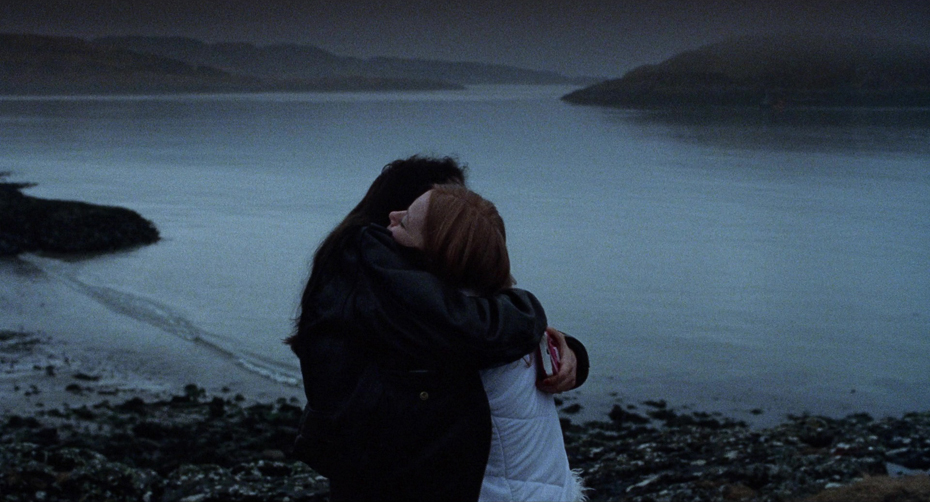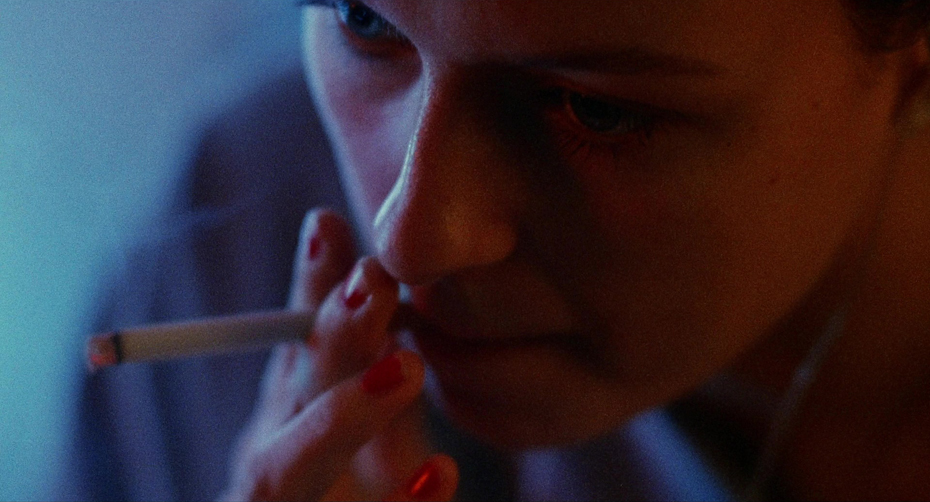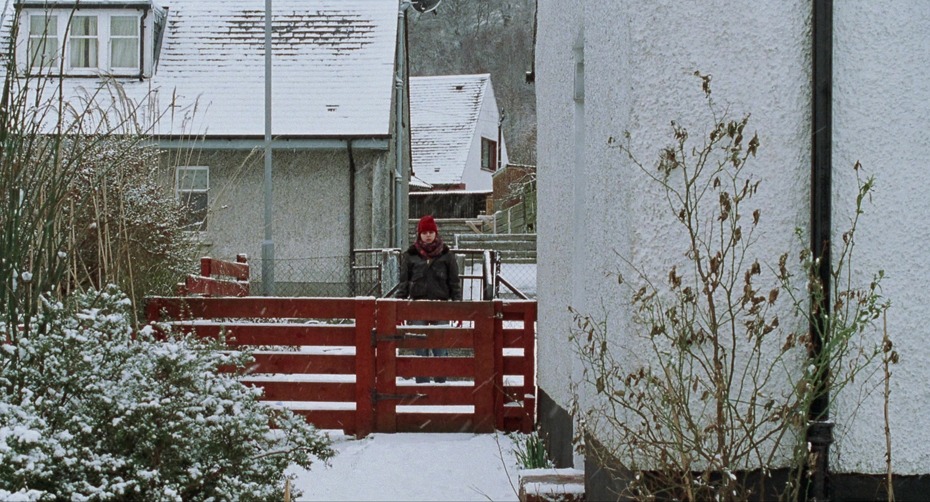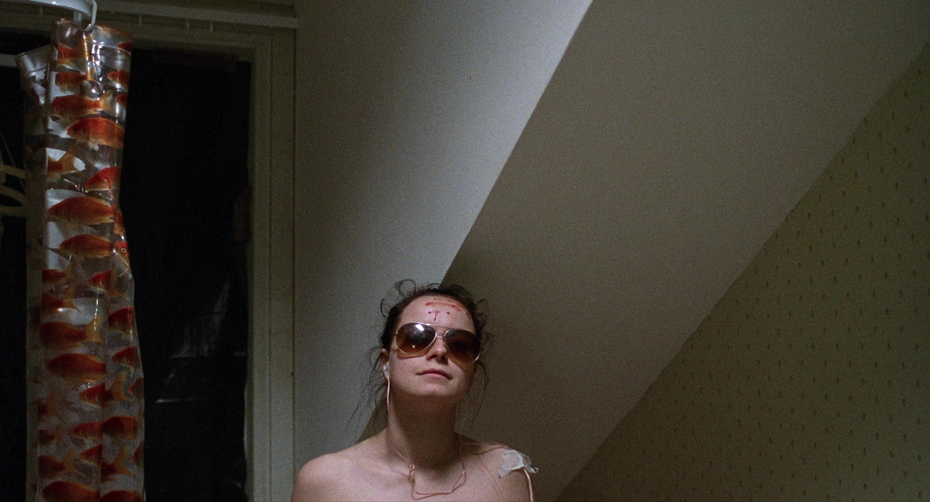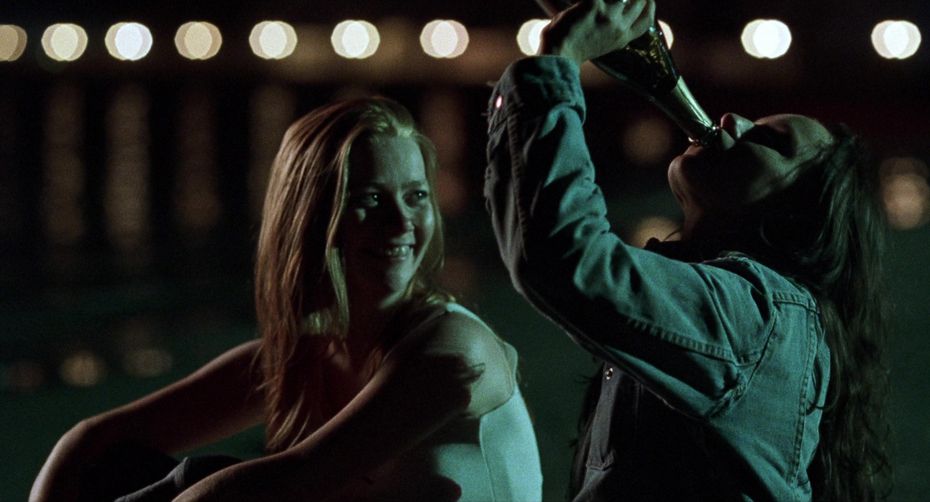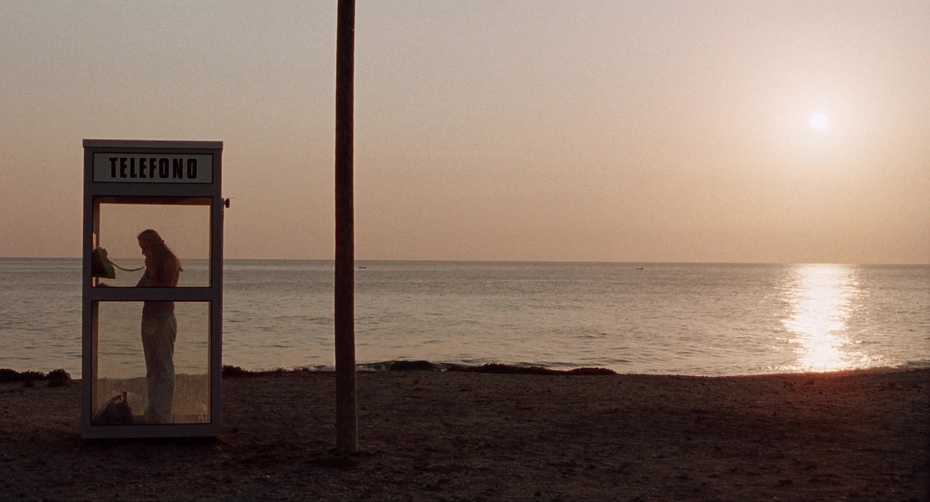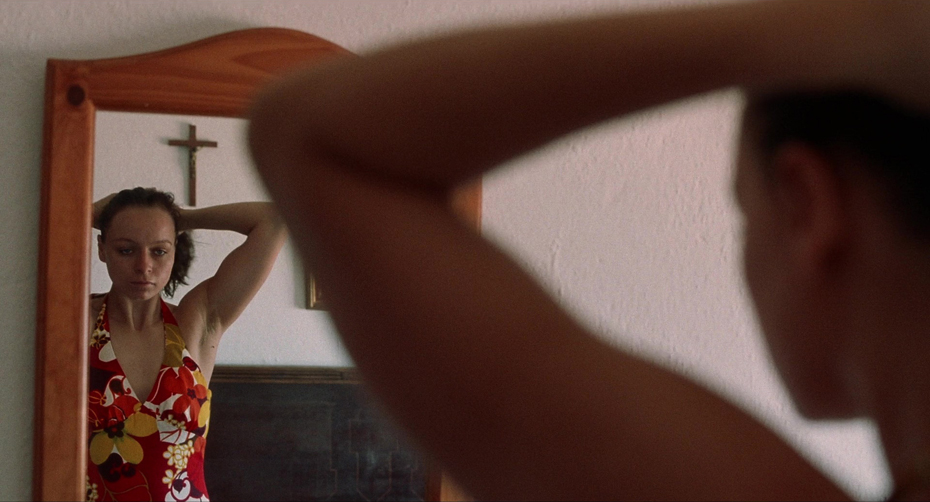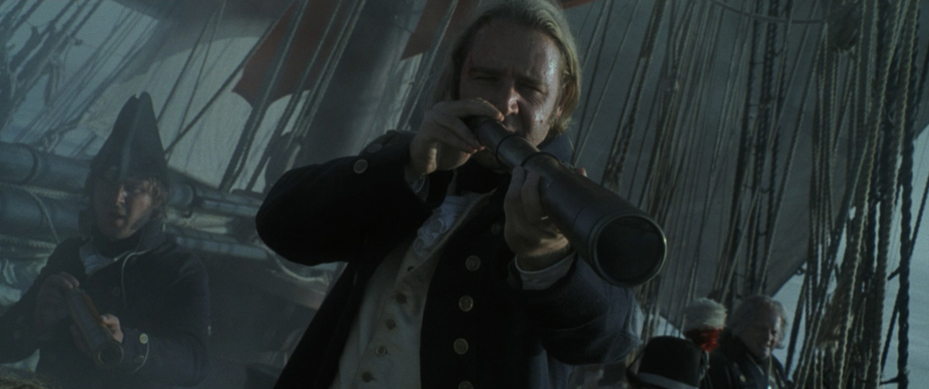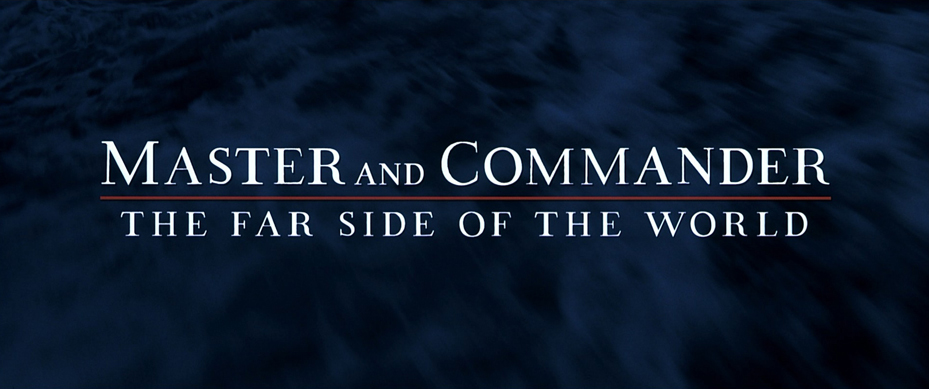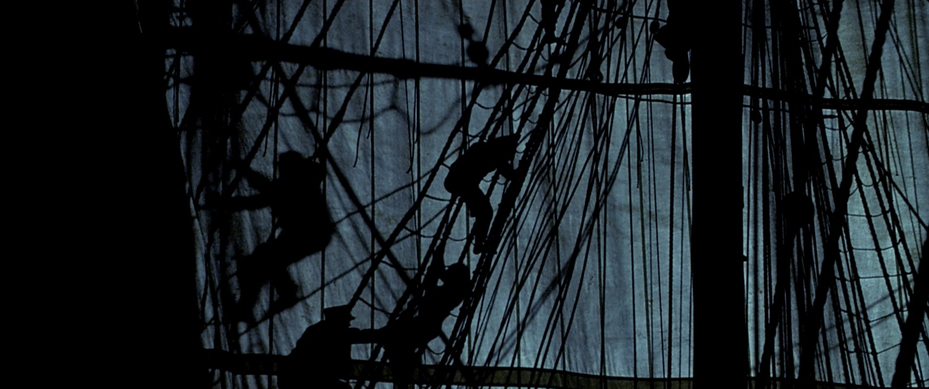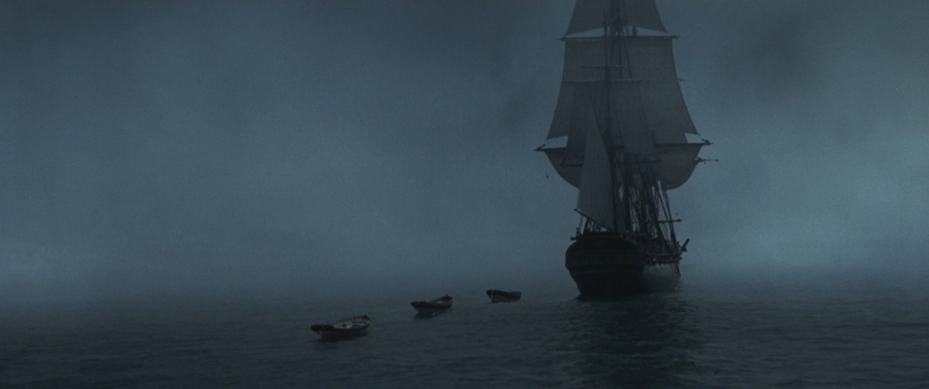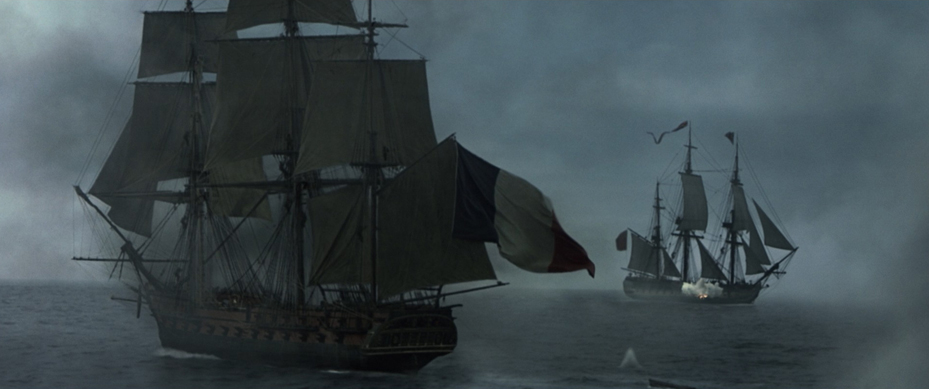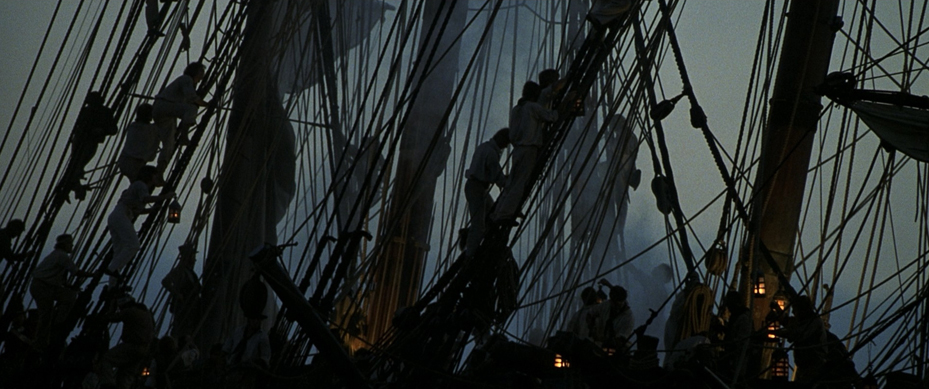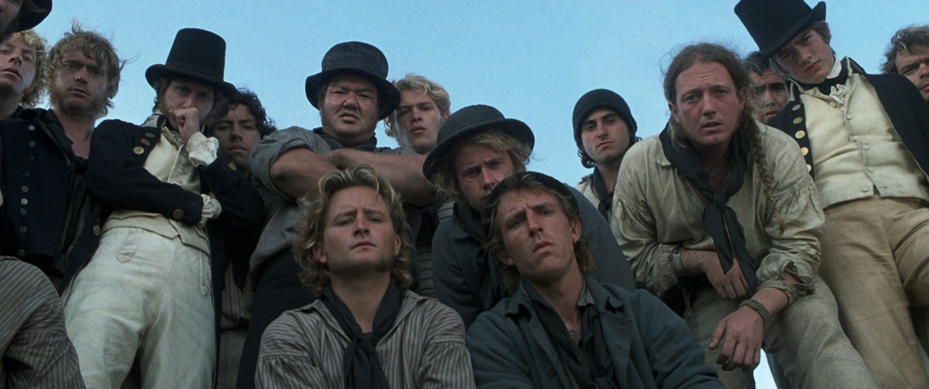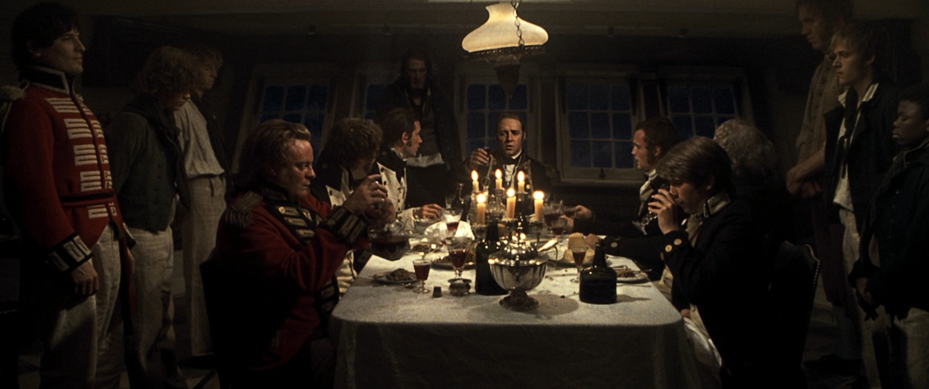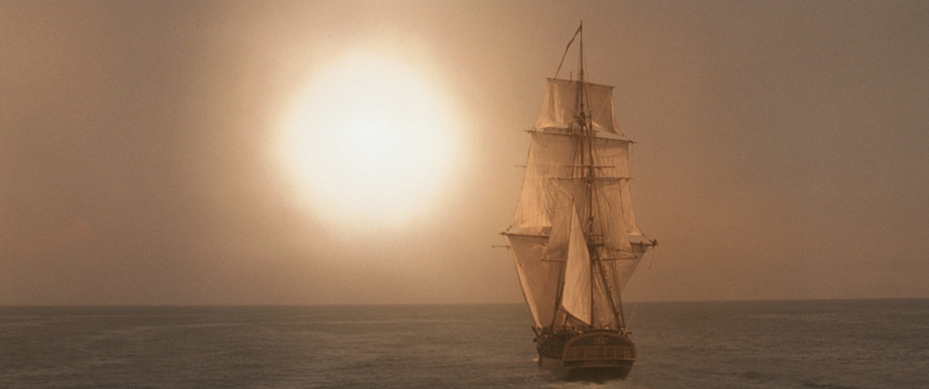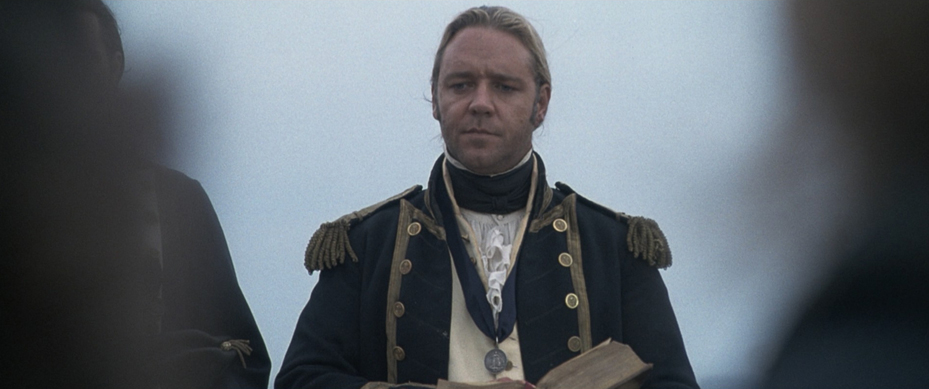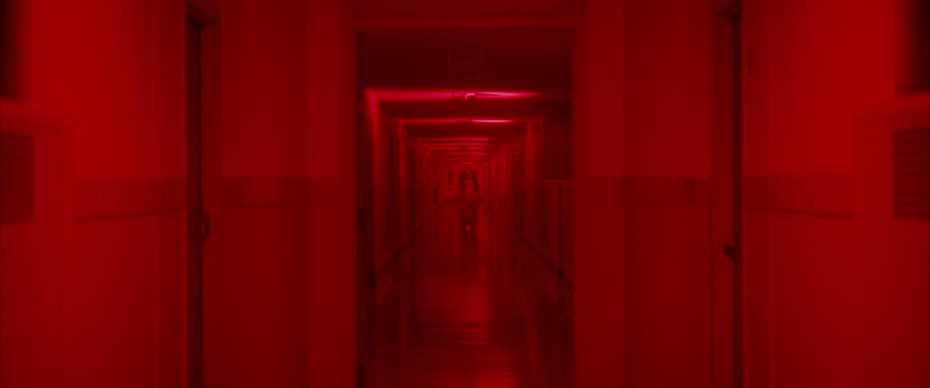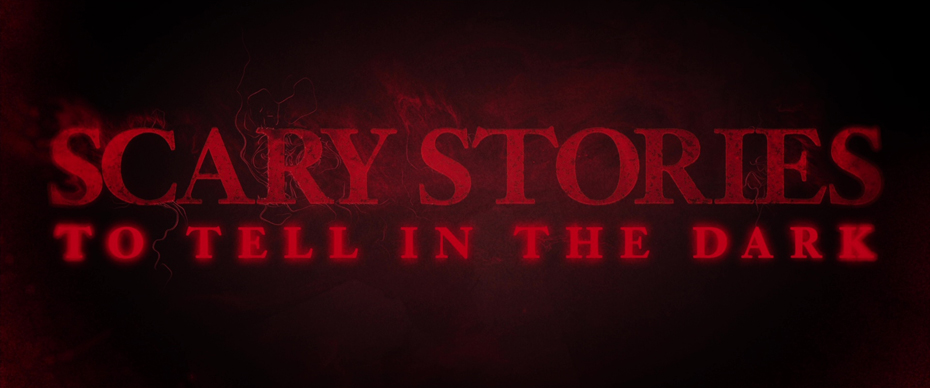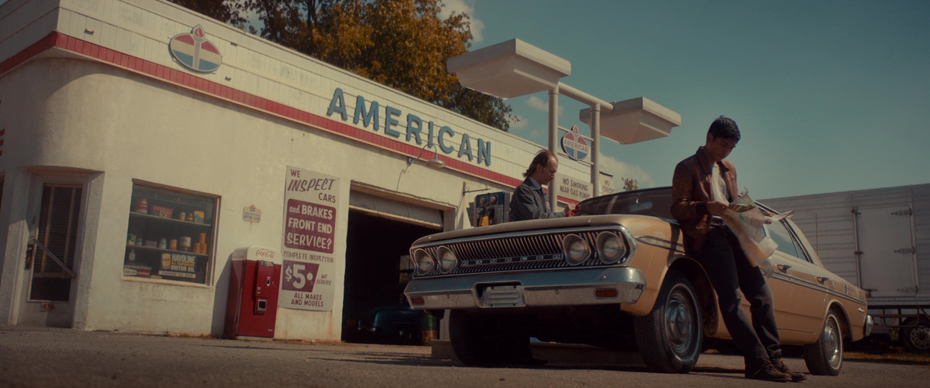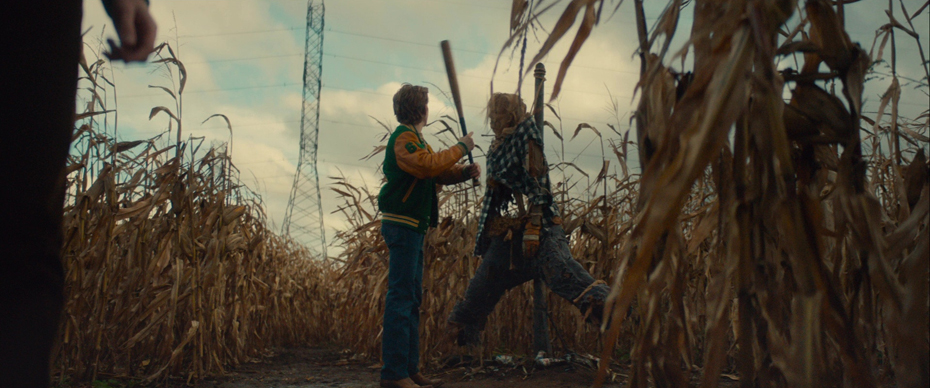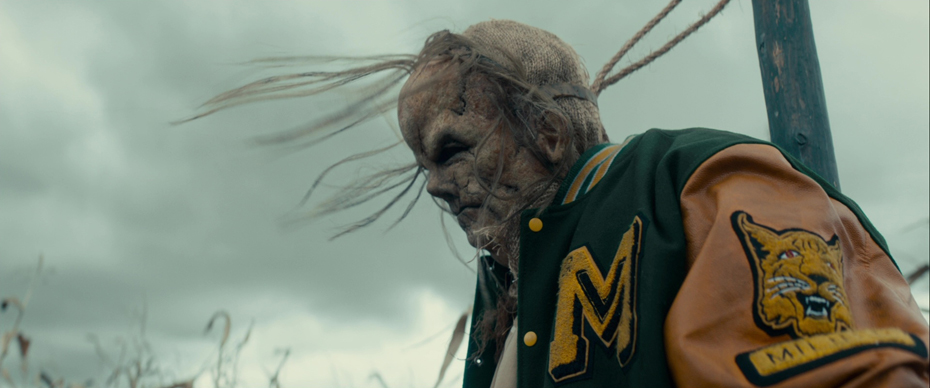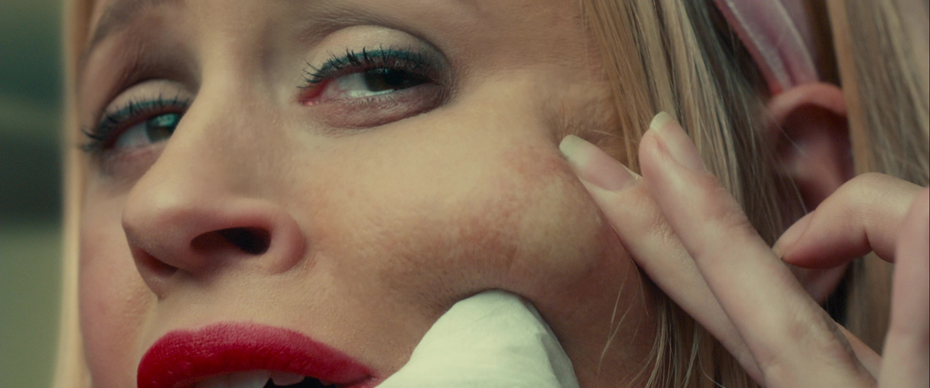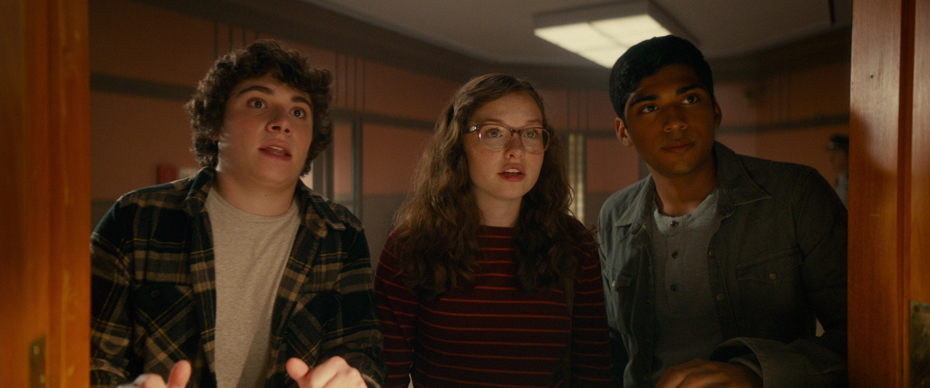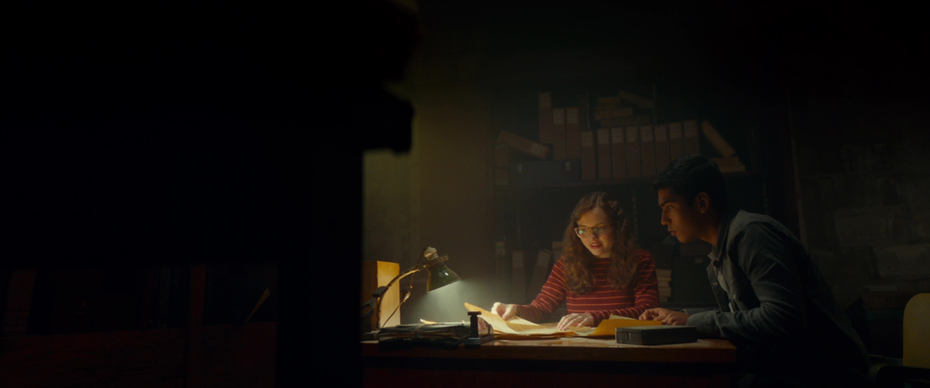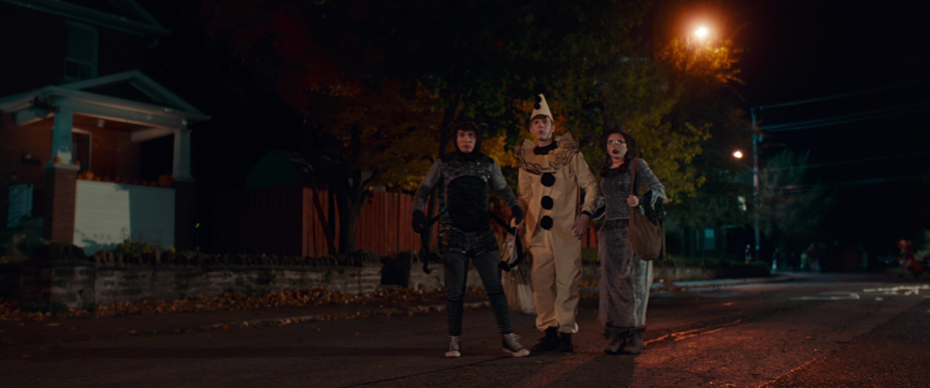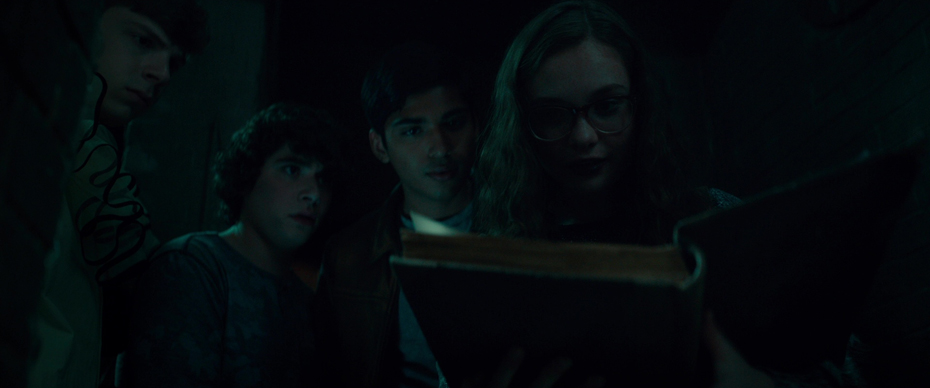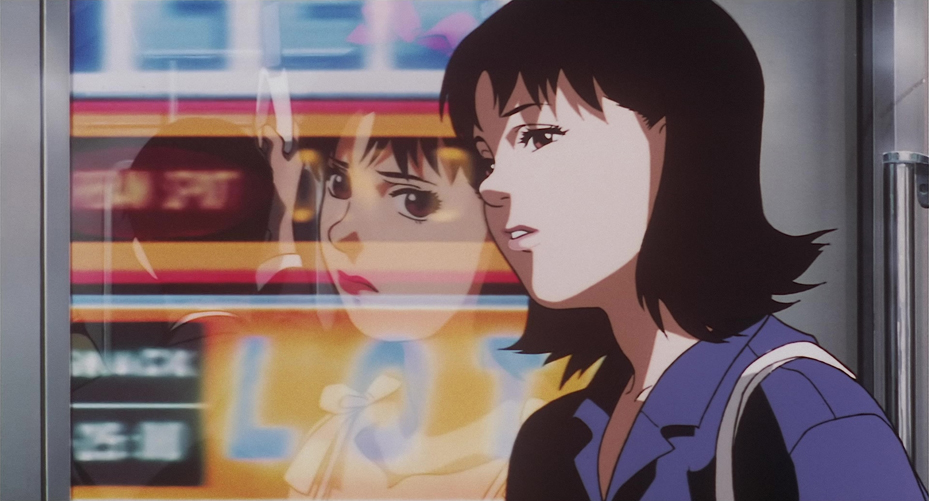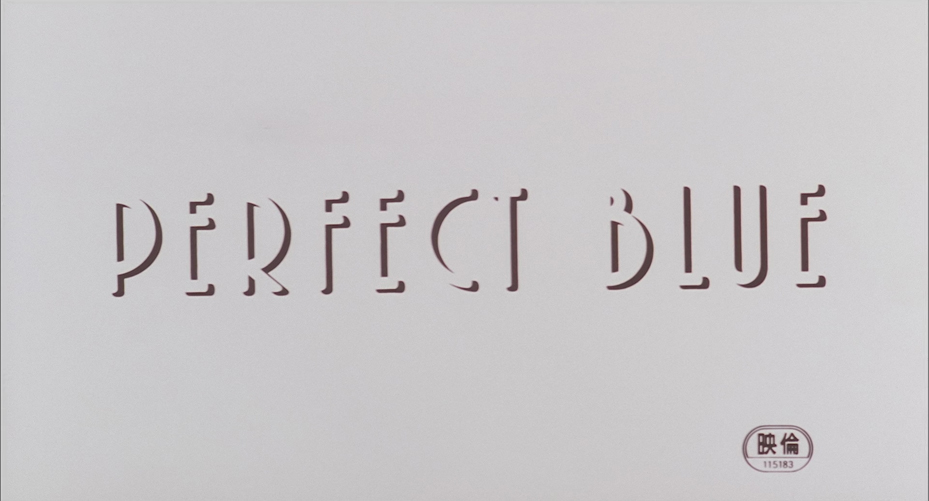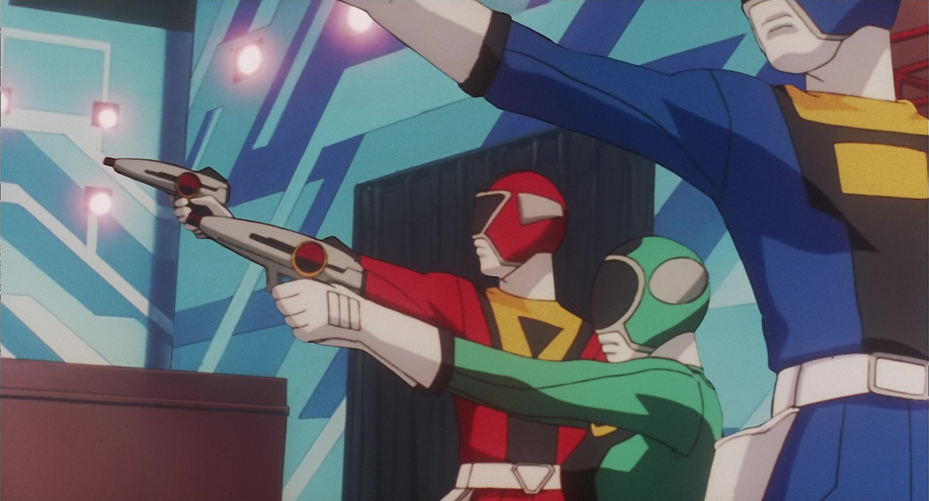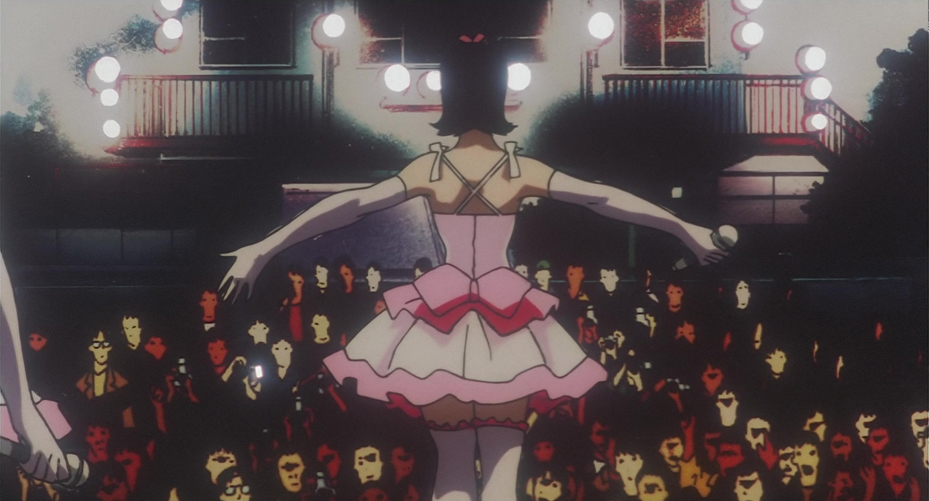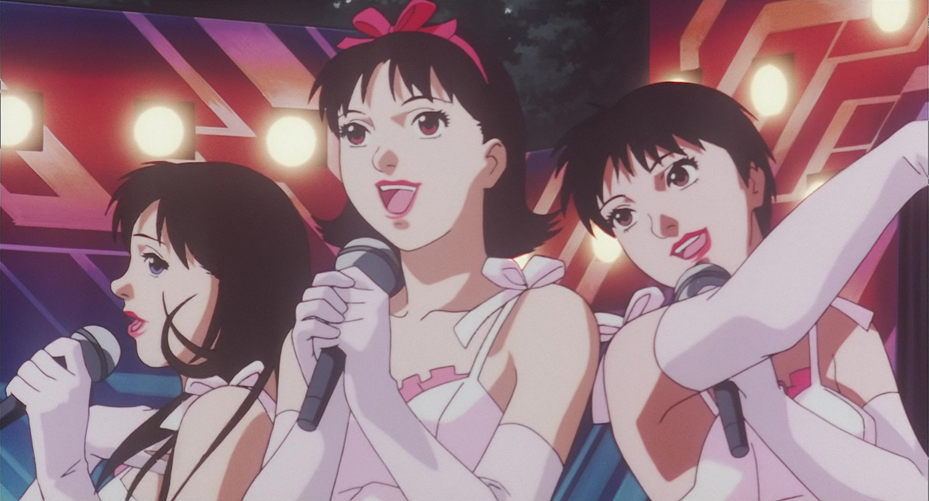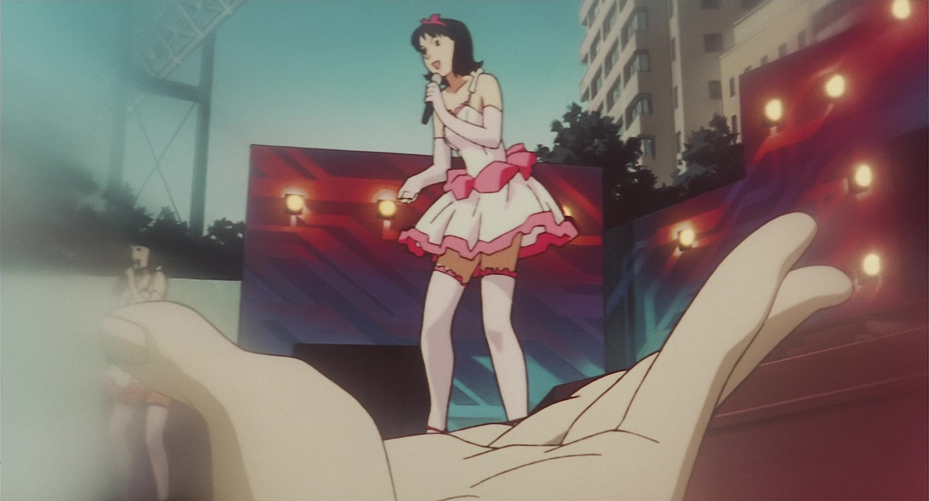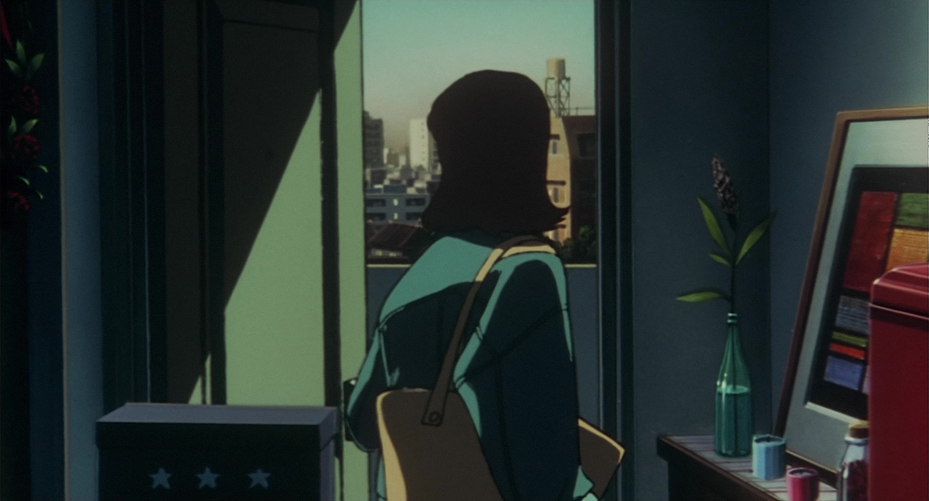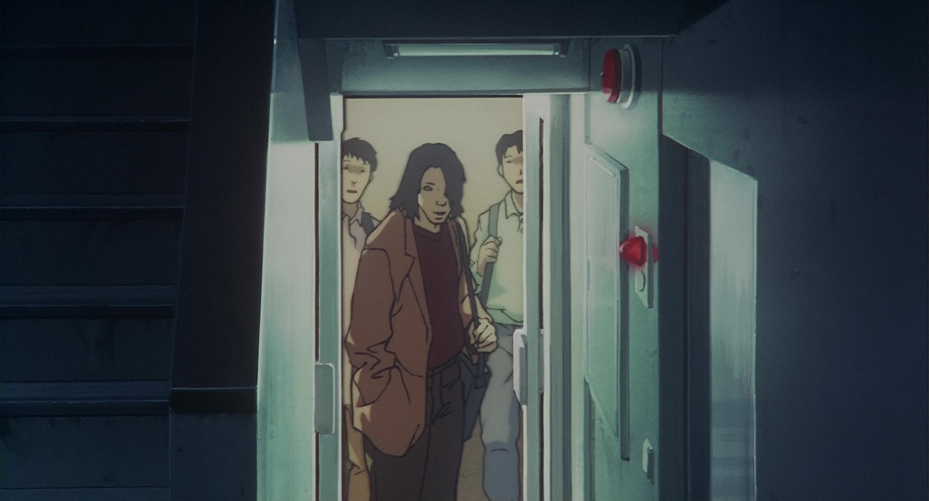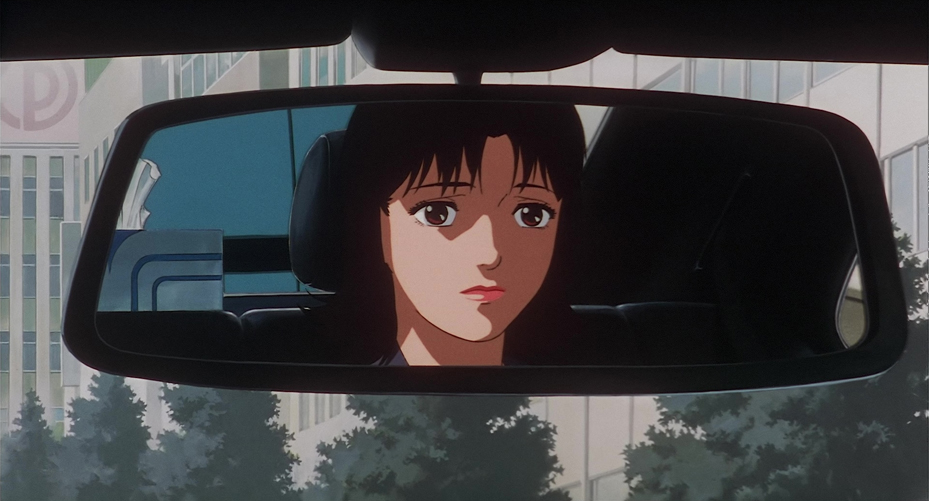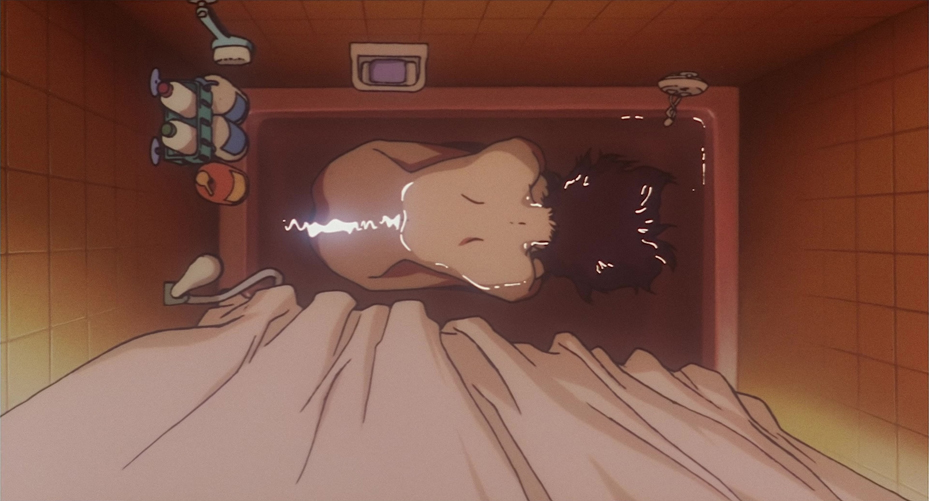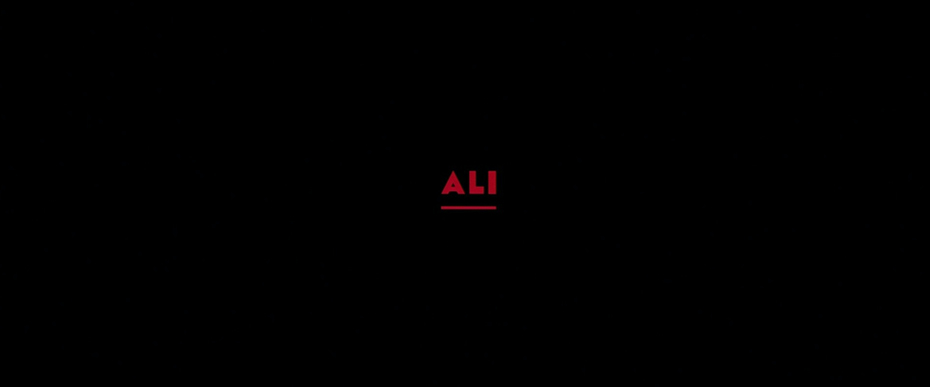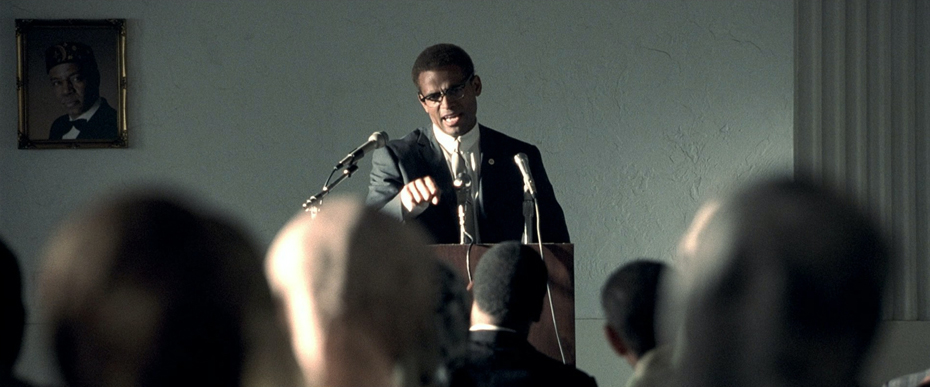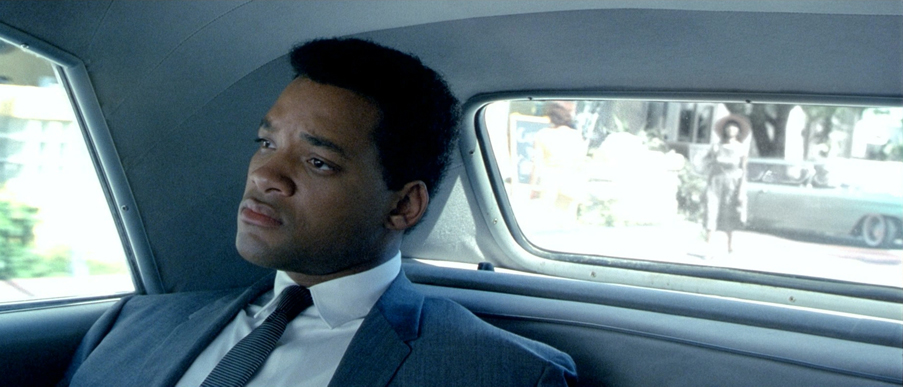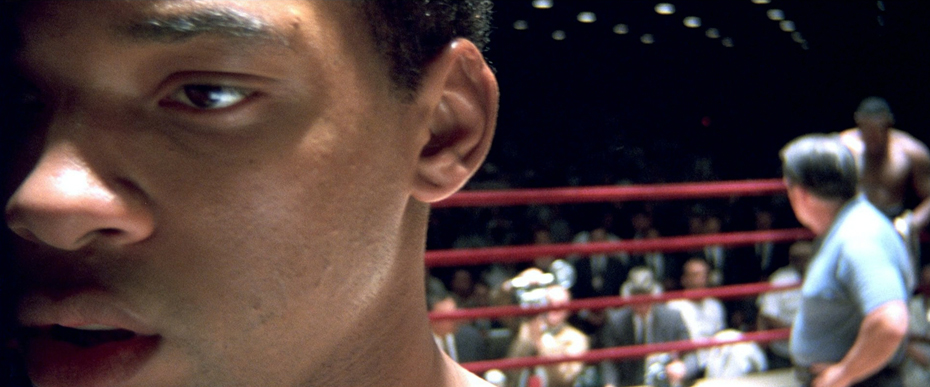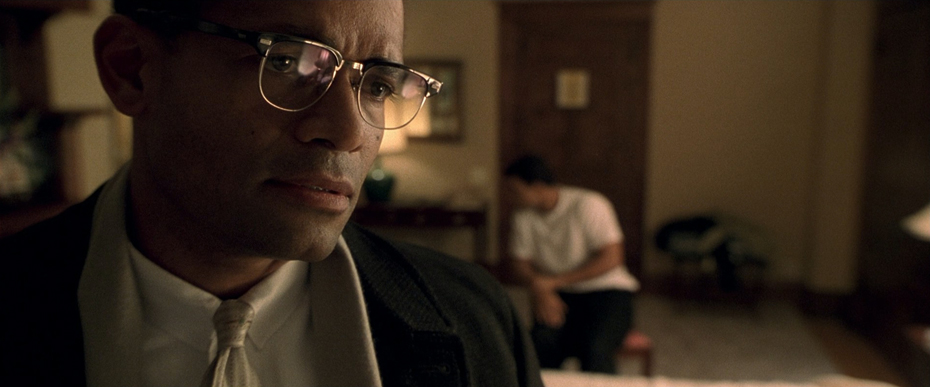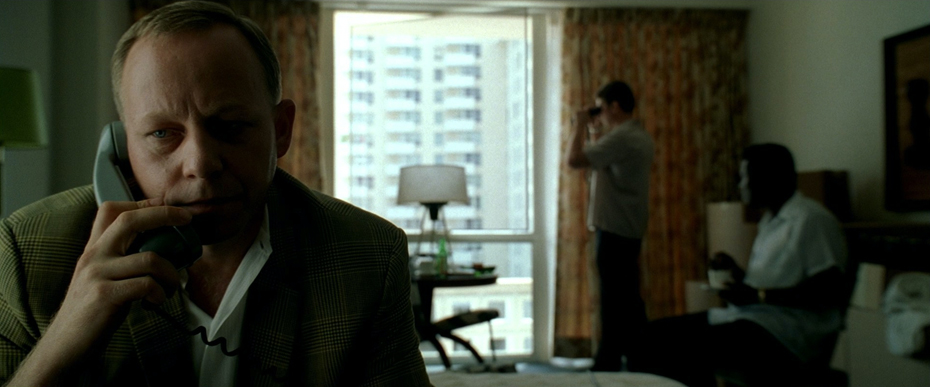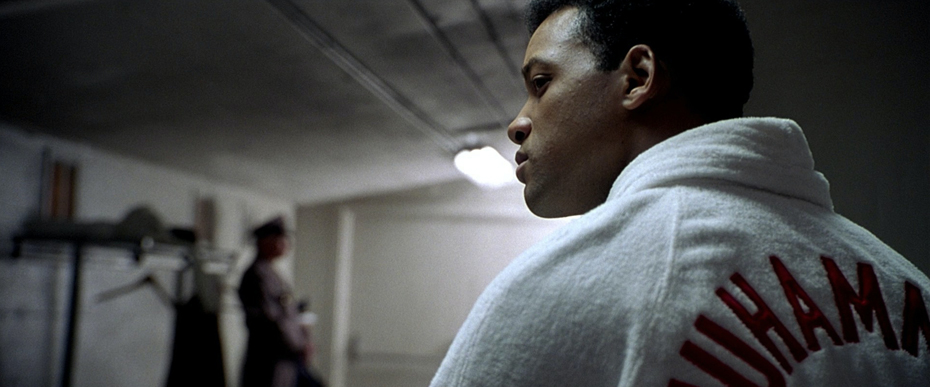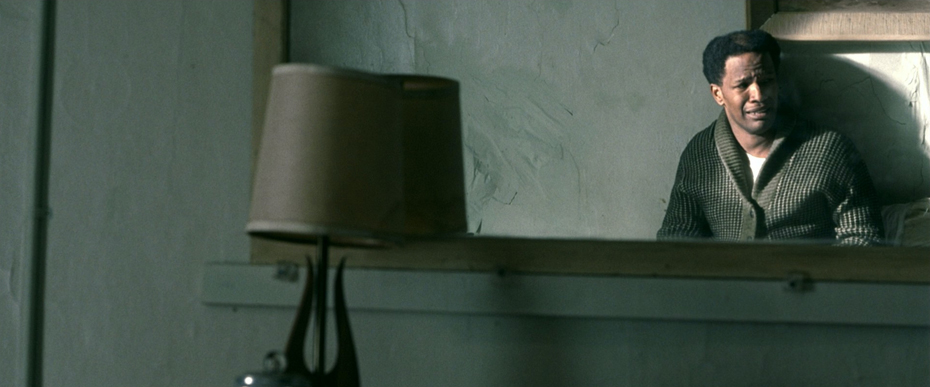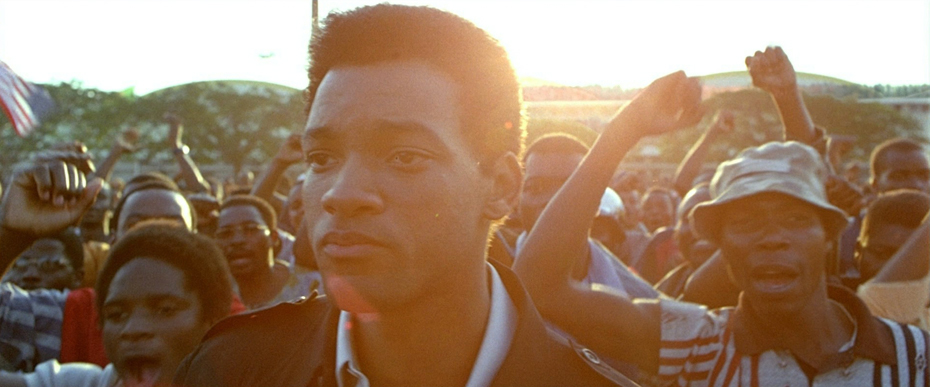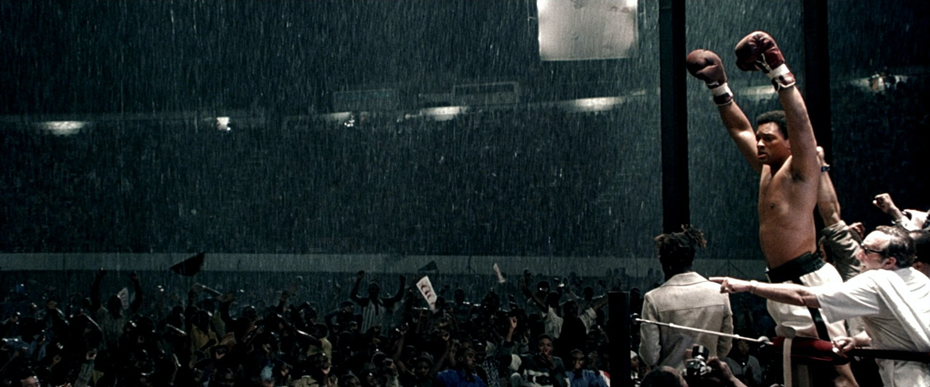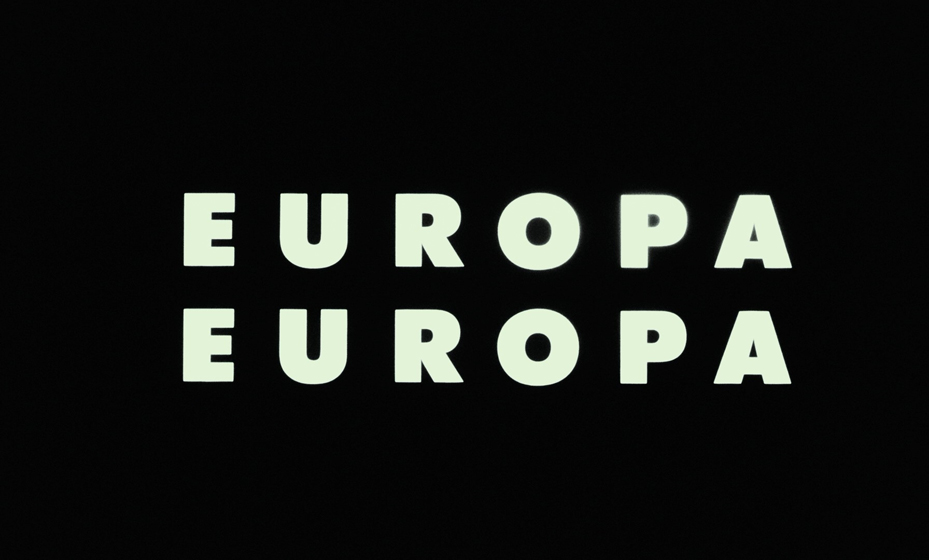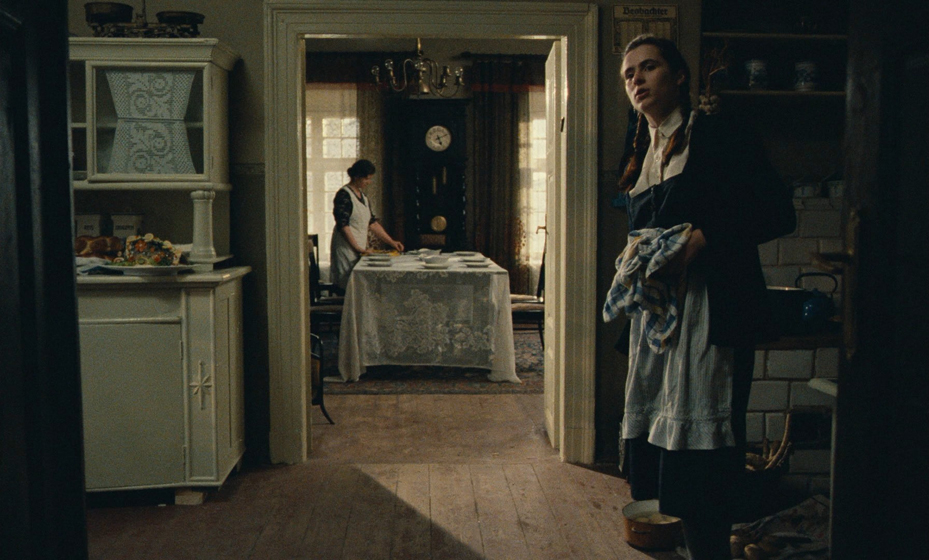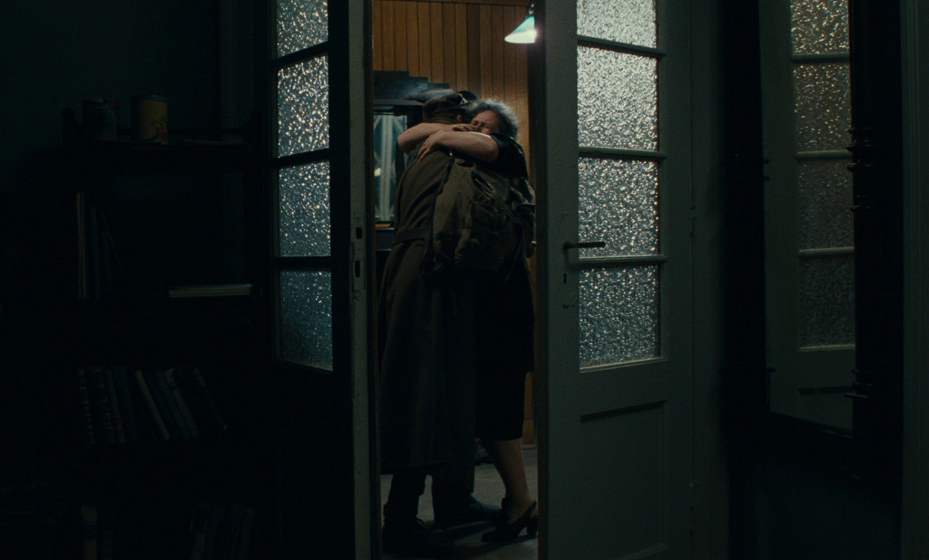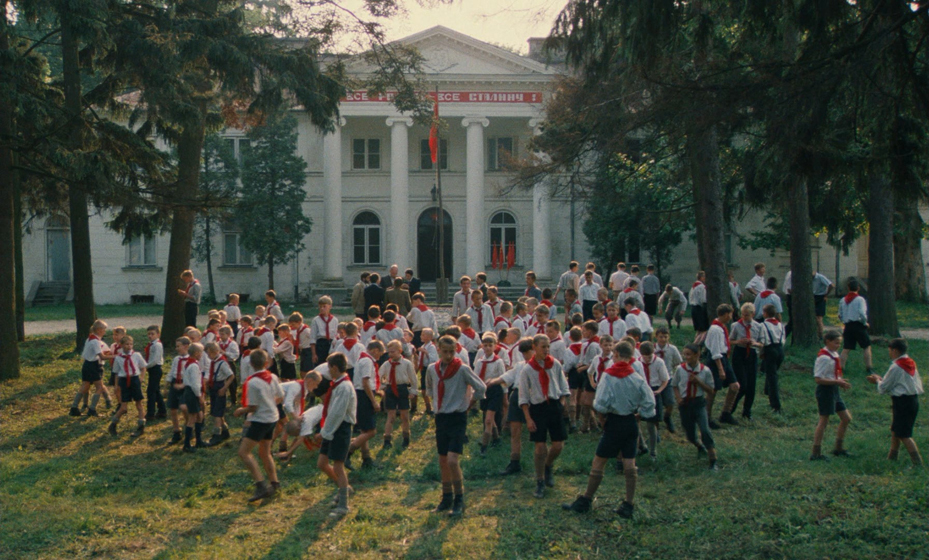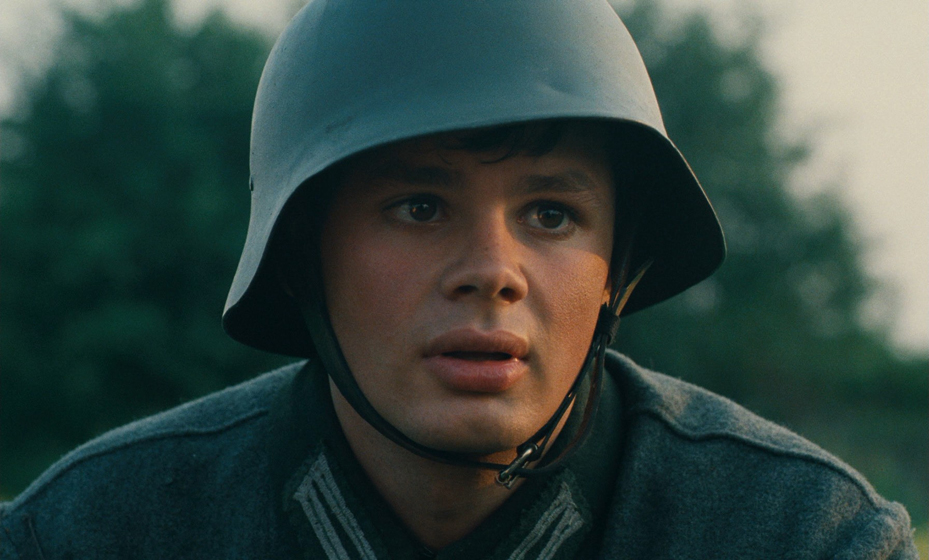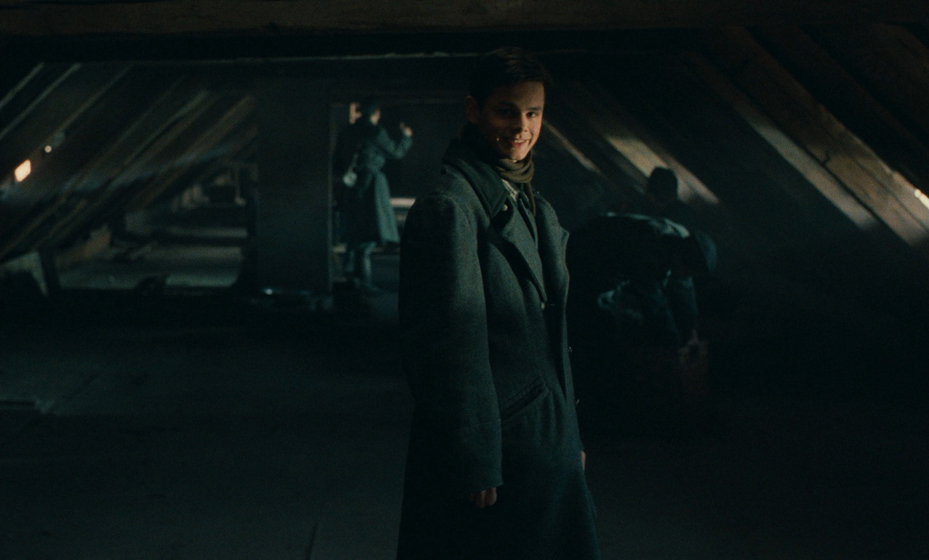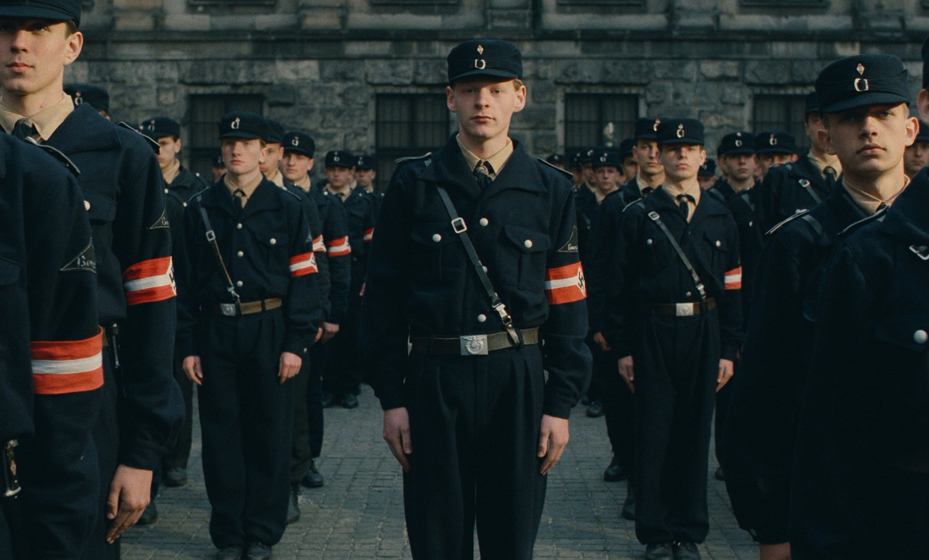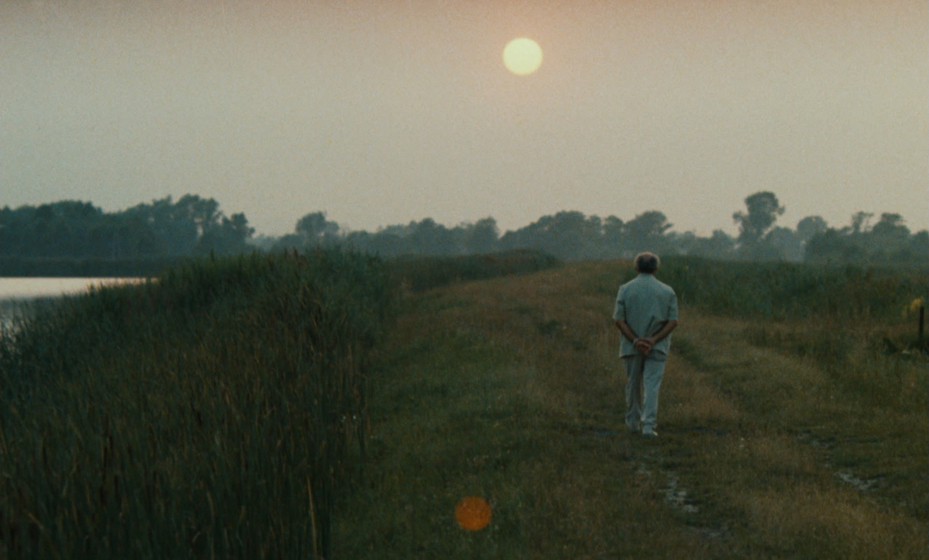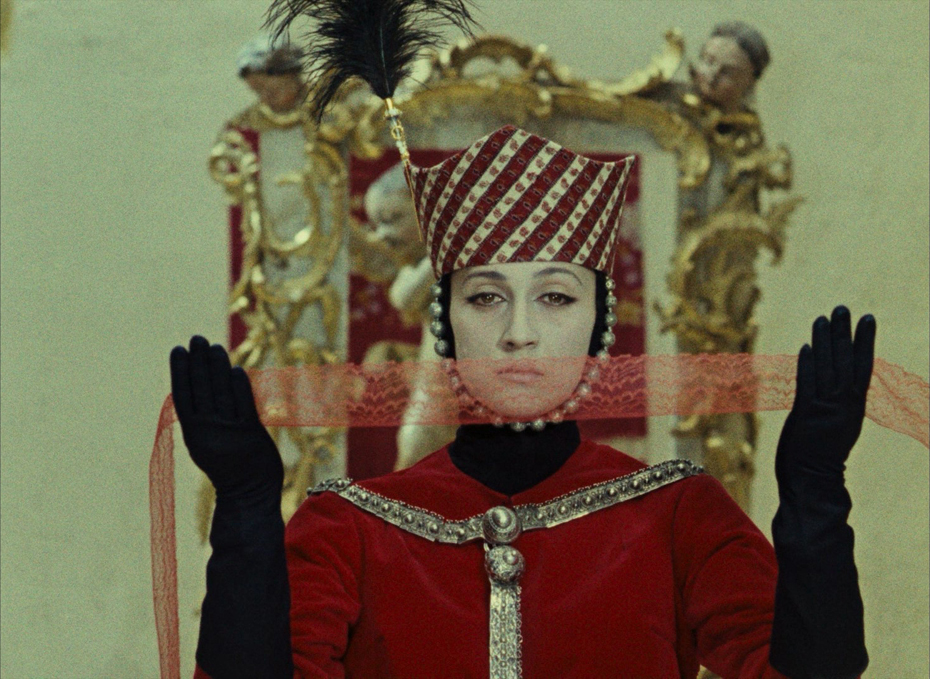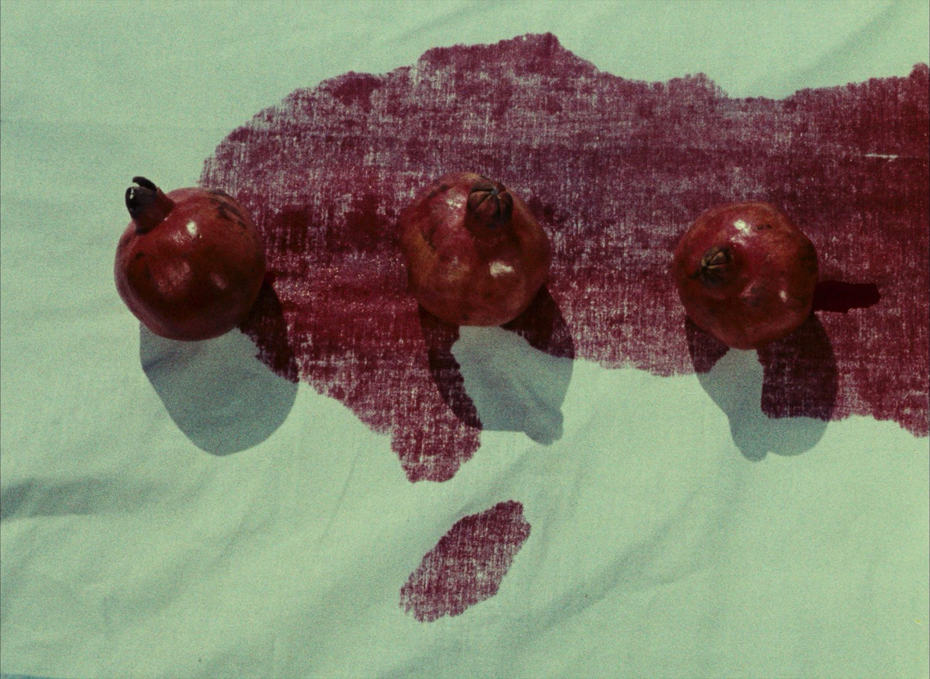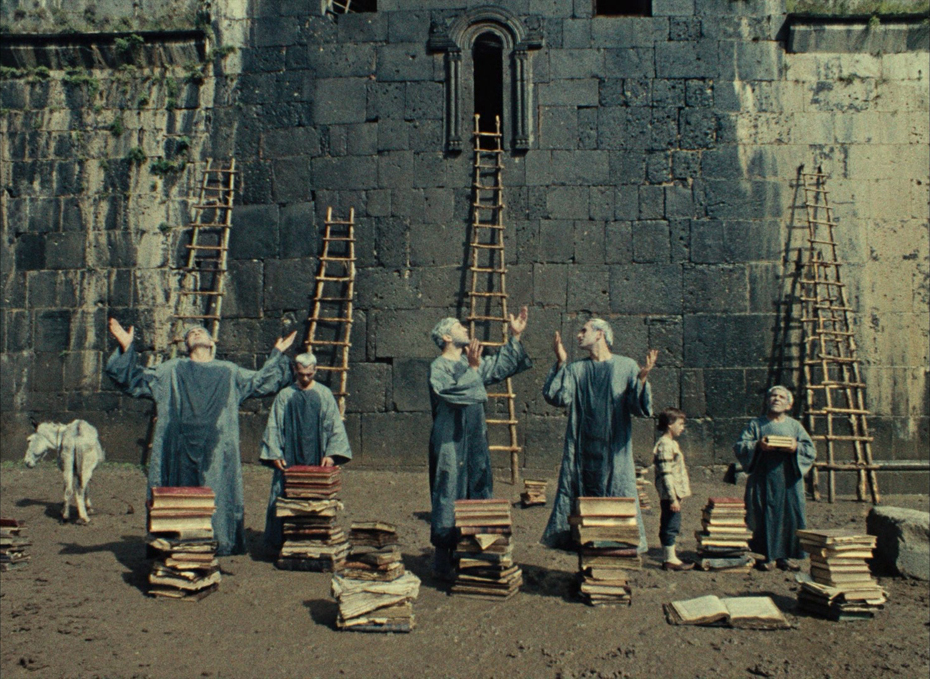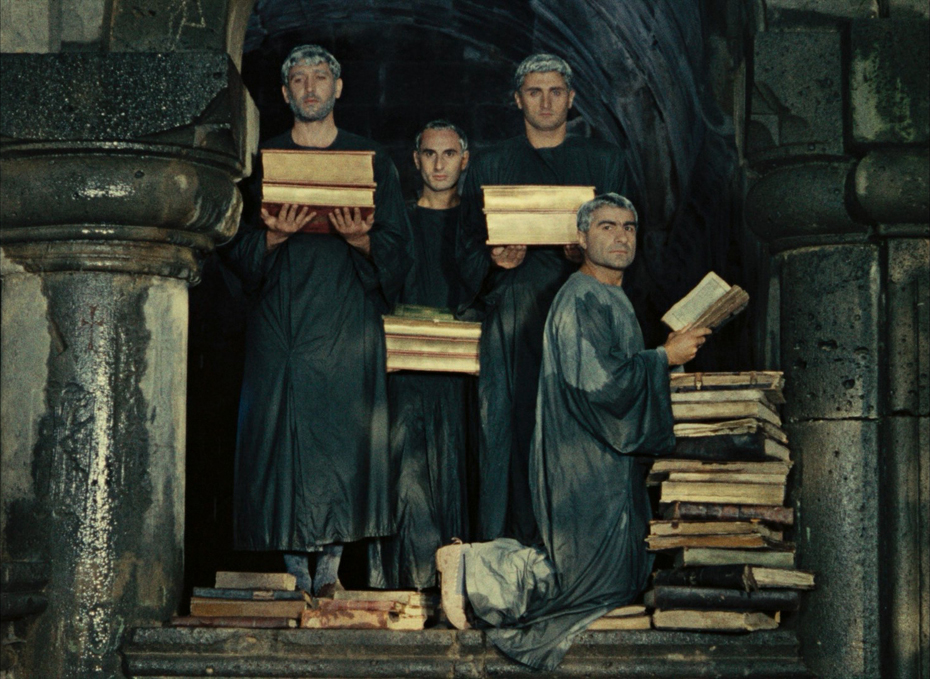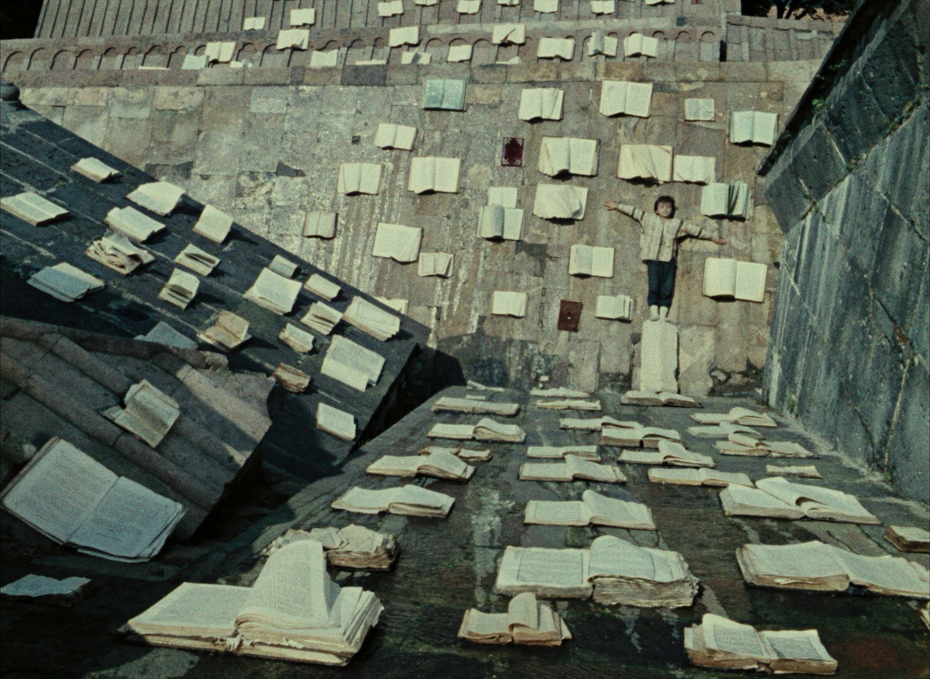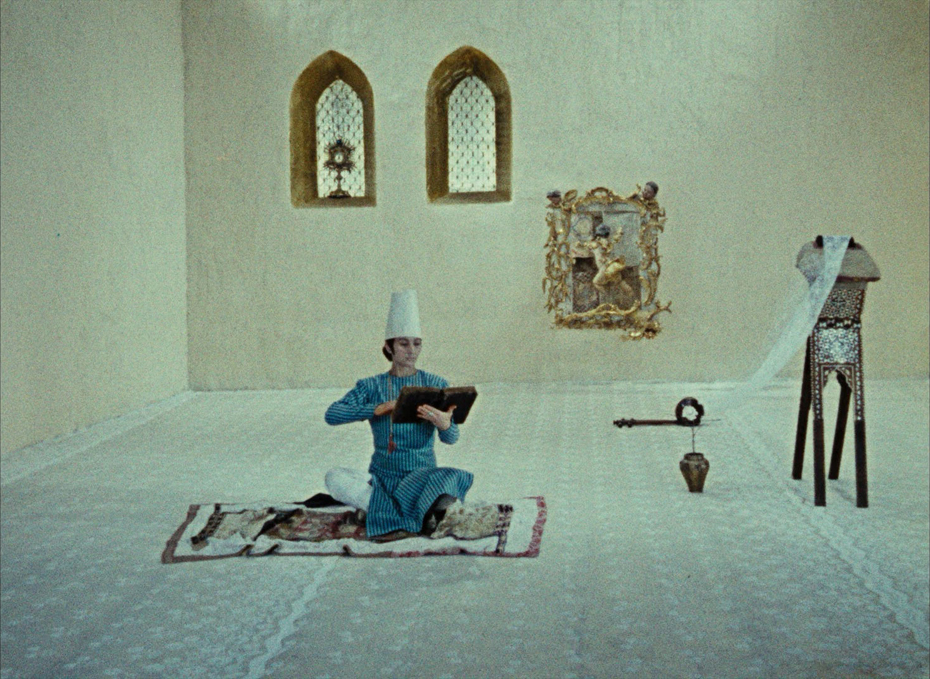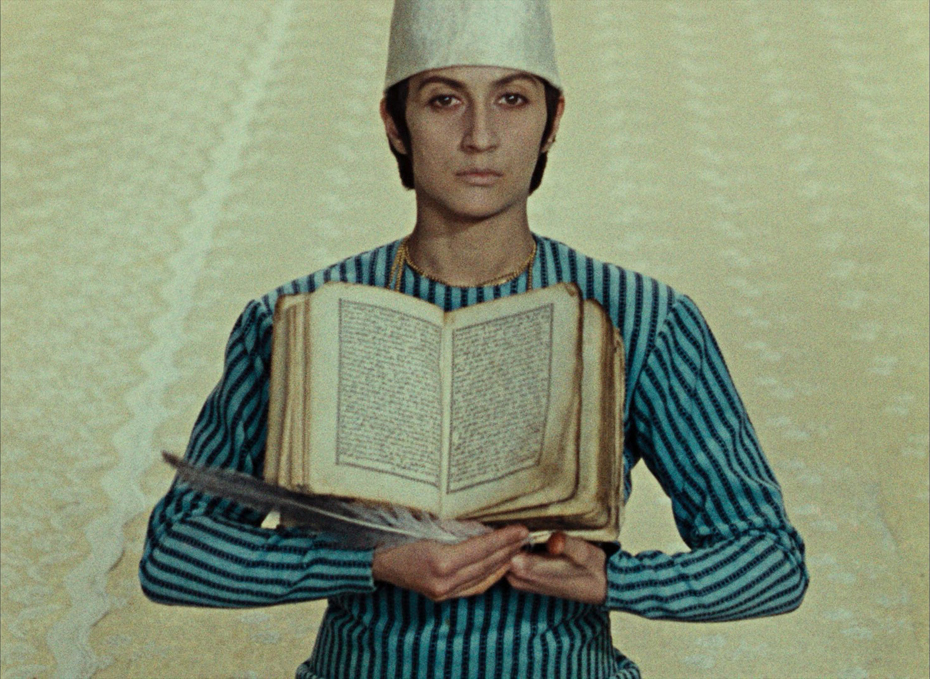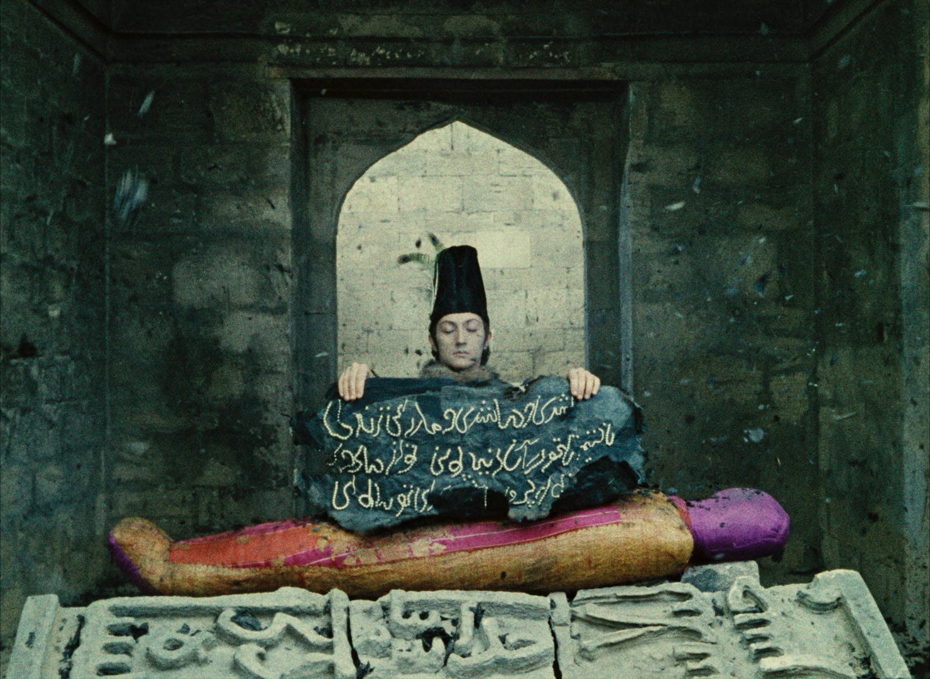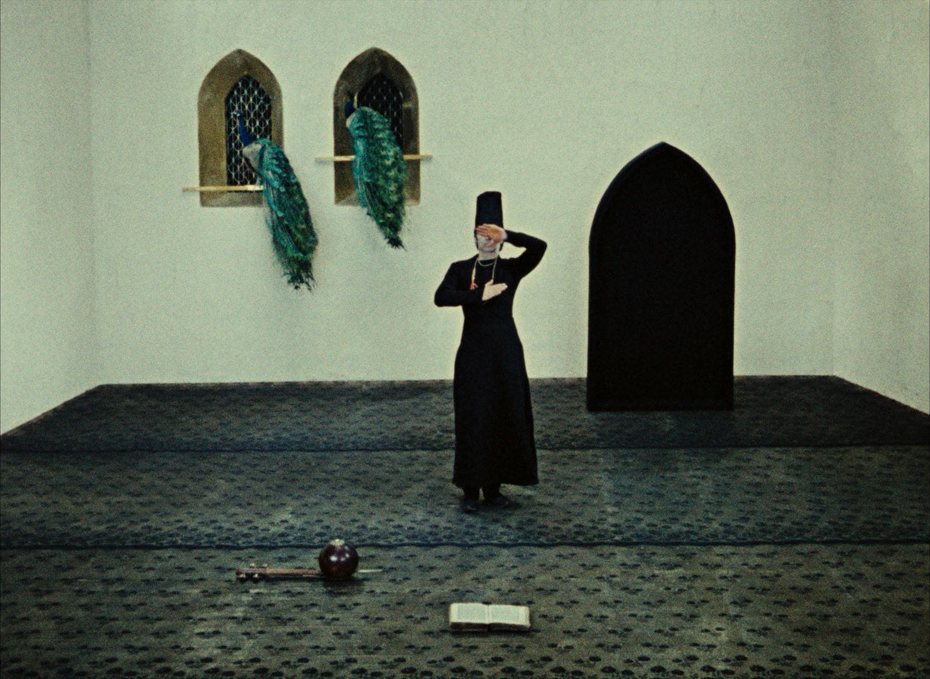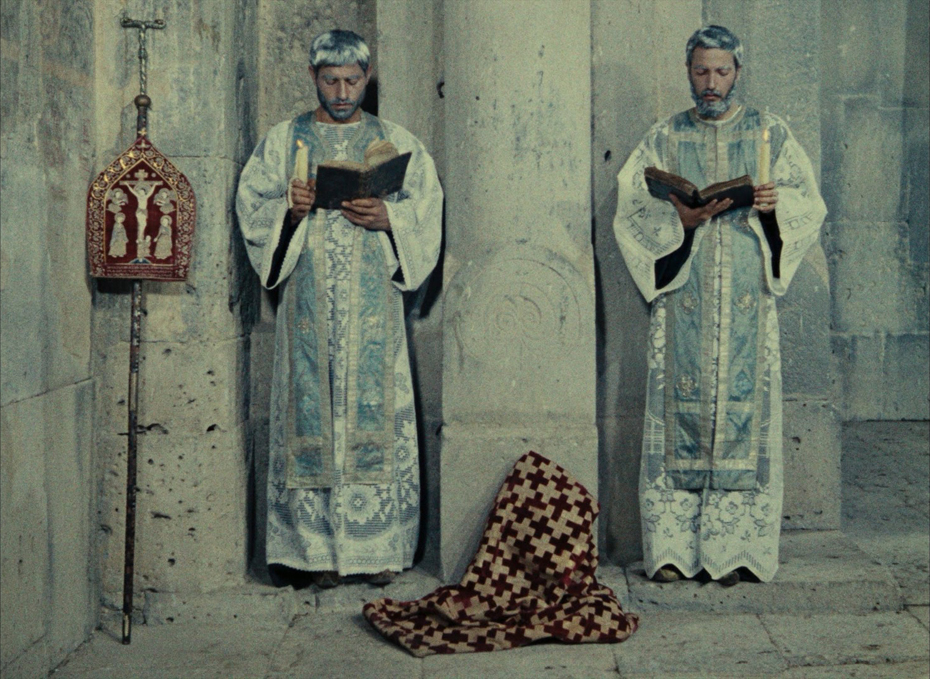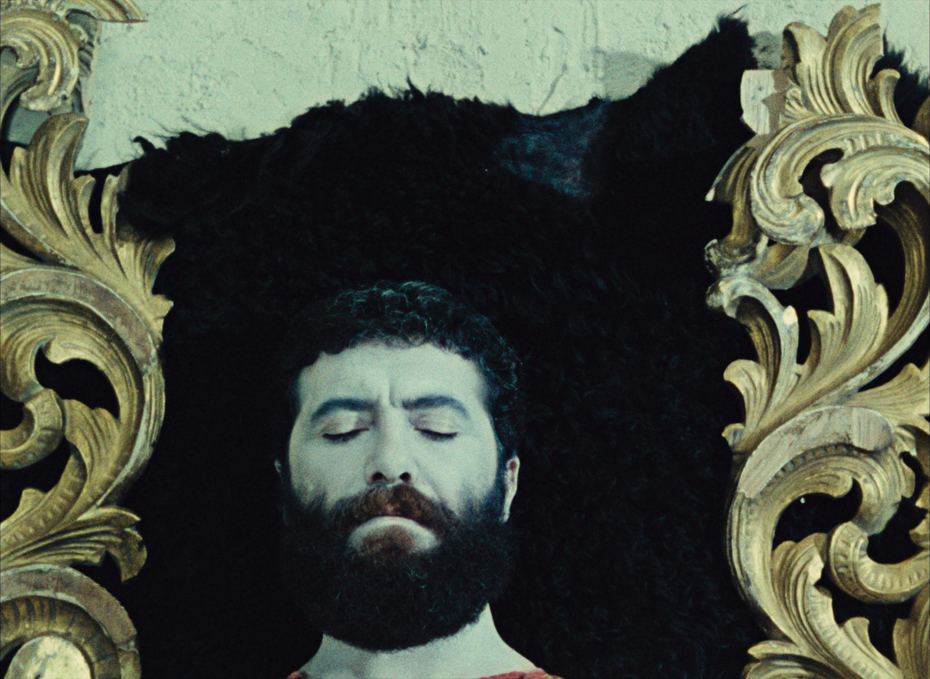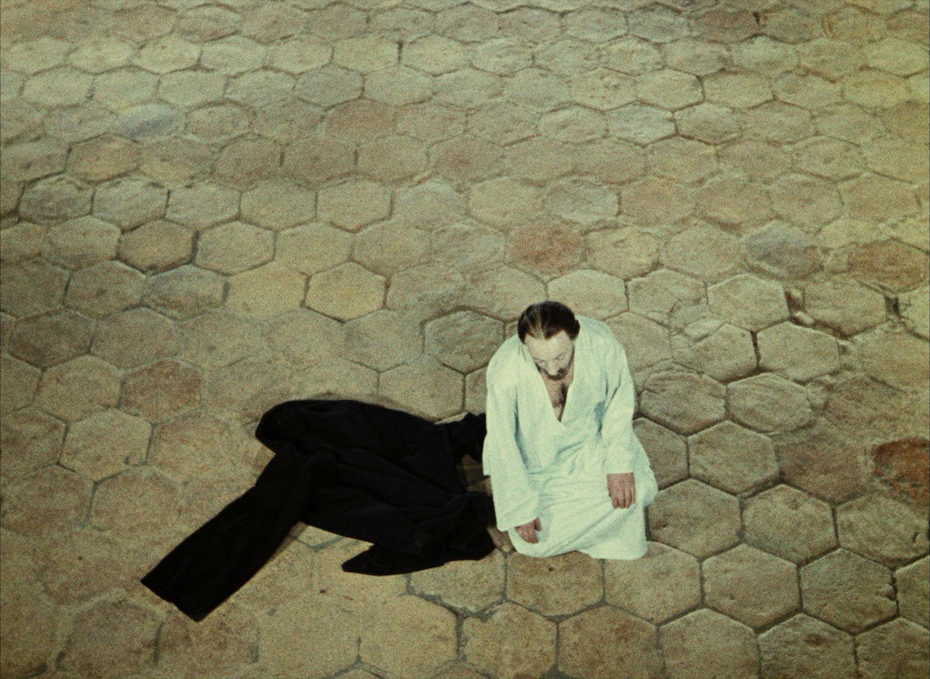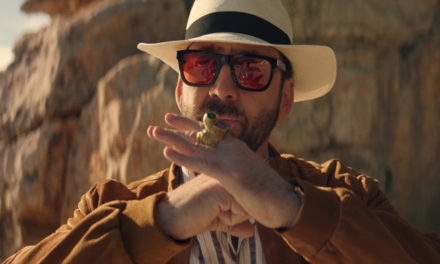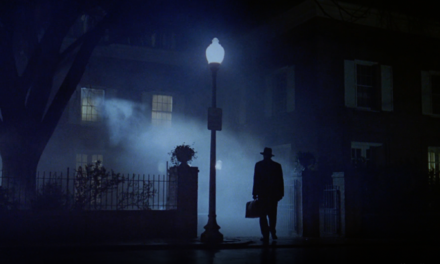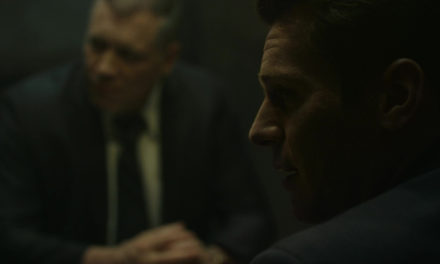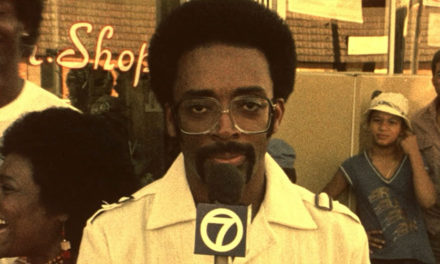THE TUESDAY DROP: 3700+ Movie & TV Show Screenshots
05.24.22 Get your Decks ready ShotDeck Team! We’re adding a lot of content this week, including new frames from classic films like Days of Heaven, Ghost in the Shell, and Ali. Check them out below, and remember you can always request films for future drops by clicking here!
DAYS OF HEAVEN (1978)
Terrence Malick’s 1978 romantic period drama DAYS OF HEAVEN is set in 1916 and tells the story of Bill and Abby – lovers who travel to the Texas Panhandle to harvest crops for a wealthy farmer. While there, Bill persuades Abby to claim the fortune of the dying famer by tricking him into a false marriage. The film stars Richard Gere as Bill and Brooke Adams as Abby, with Sam Shepard as the farmer and Linda Manz, Robert Wilke and Stuart Margolin appearing in supporting roles. Days of Heaven premiered at the Cannes Film Festival, where Malick won the Best Director Award. The film also won an Academy Award for Best Cinematography, and in 2007 was selected for preservation in the National Film Registry by the US Library of Congress. Malick initially worked on the film with Spanish cinematographer Néstor Almendros, but he had to leave with three weeks left of the shoot, and was replaced by American Haskell Wexler for the remainder.
Days of Heaven was shot in Alberta, Canada standing in for Texas. Malick and Almedros worked with production designer Jack Fisk to build the mansion on the farm from scratch, and use it for both the exterior and interior locations. Malick and Almendros were inspired by American painters Andrew Wyeth and Edward Hopper for their exterior scenes, and Dutch painter Vermeer for their interiors – leading them to the decision that the entire film should be shot with natural light wherever possible – even to the point of avoiding bouncing light on the fill side of actors’ faces. Malick insisted that the majority of the film be shot during magic hour – not for aesthetic reasons, but because these times of the morning and evening represented the work ethic of farmers to wake up before sunrise and work until after sunset. Almendros and the crew would rehearse with the actors throughout the day in order to prepare for these shots during the 20 minute window when they could shoot with this quality of light. Days of Heaven was also the first film to be shot using Panavision’s Panaglide system – a camera stabilizer developed in response to the steadicam. While certain shots would have been impossible without it, Almendros and Malick realized early into the production that they were overusing the technology, and their improvisational approach to shooting was making things more complicated in the edit. By simplifying their approach, they found a more natural cinematic language for the film.
READY PLAYER ONE (2018)
READY PLAYER ONE is a 2018 science fiction film directed by Steven Spielberg and written by Zak Penn and Ernest Cline, based on Cline’s 2011 novel of the same name. Set in 2045, the world is on the brink of chaos but people find solace in the OASIS – a virtual reality universe. When its creator dies, he promises his fortune to the first person to discover a virtual Easter egg hidden in the universe – which Wade Watts (played by Tye Sheridan) becomes the unlikely hero of. The film also stars Olivia Cooke, Ben Mendelsohn, Lena Waithe, T.J. Miller, Simon Pegg and Mark Rylance. Ready Player One premiered at the South by Southwest film festival, grossing over $580 million from its $155-75 million budget, and earned a Best Visual Effects nomination at the Academy Awards. Spielberg worked on the visual effects for Ready Player One with VFX supervisors Grady Cofer and David Shirk.
Given that entire worlds had to be built from scratch by the VFX team, the pre-production for visual effects involved Cofer and Shirk sitting with Spielberg and the writers, in order to gain a thorough understanding of how many characters needed to be animated, and how extensively certain worlds would need to be built out virtually. One of the most memorable VFX recreations in the film was of the Overlook Hotel in the film The Shining. The space was almost entirely digitally recreated using high-quality telecine of the original film, original footage from the movie, and built virtually using the original blueprints that Stanley Kubrick had when designing the film. In the end, Ready Player One used over 900 VFX shots, with virtual sets powered by game engines used alongside motion-capture. Spielberg often directed using a headset to scout the virtual sets in real-time and make adjustments, making Ready Player One a groundbreaking film in both production and storytelling techniques.
GHOST IN THE SHELL (1995)
Mamoru Oshii’s 1995 film GHOST IN THE SHELL is an animated neo-noir cyberpunk thriller, based on the manga of the same name by Masamune Shirow. The film is set in 2029 Japan, and follows Motoko Kusanagi, a cyborg public security agent, who hunts a mysterious hacker known as the Puppet Master. It stars the voices of Atsuko Tanaka, Akio Ōtsuka and Iemasa Kayumi. Ghost in the Shell had a quiet initial opening, but has grown a cult following in the years since and is now considered to be one of the most influential anime and science fiction films of all time. Oshii worked on Ghost in the Shell with character designer Hiroyuki Okiura, art director Hiromasa Ogura, animation director Mizuho Nishikubo and CG director Seichi Tanaka to bring the film to life.
Ghost in the Shell was one of the first animated films to be made using the DGA (or “digitally generated animation”) technique, combining traditional frame-by-frame cel animation, computer graphics and digital audio. Oshii and the animation team decided to base the futuristic city setting of the film on Hong Kong, and created digitally layered compositions that allowed them to create the illusion of an animated “lens” that kept certain elements in focus at the expense of others in the frame. Some of the special effects, such as Motoko’s thermo-optical camouflage, were rendered with TIMA software, which works from a single illustration to create distortions without altering the original drawing, before adding the distorted elements back into the frame. Despite the film’s futuristic and sci-fi elements, Oshii and the animation team wanted to create a sense of realism in the world of the film, creating clear rules about the details of their world (such as how bullets would create sparks when hitting metal but not hitting stone) and designing Motoko to be more physically mature than in the manga, in order to more honestly reflect her age.
VENOM: LET THERE BE CARNAGE (2021)
VENOM: LET THERE BE CARNAGE is a 2021 superhero film featuring the Marvel Comics character Venom, directed by Andy Serkis from a screenplay by Kelly Marcel, based on a story Marcel wrote with star Tom Hardy. The film is the sequel to the 2018 film Venom, and follows Eddie Brock as he is forced to put aside his differences with the shape-shifting alien Venom when deranged serial killer Cletus Kasady (Woody Harrelson) also becomes host to an alien symbiote known as Carnage. The film also stars Michelle Williams, Naomie Harris, Reid Scott and Stephen Graham. Serkis worked on Venom: Let There Be Carnage with American cinematographer Robert Richardson, who was best known for his collaborations with directors such as Martin Scorsese, Oliver Stone and Quentin Tarantino.
Richardson signed onto Venom: Let There Be Carnage after Ben Affleck’s directorial version of The Batman fell apart, wanting the challenge of filming a superhero film, and attracted by the notion of working with Serkis and Hardy on the project. Principal photography took place both at Leavesden Studios in England and on location in San Francisco, with Serkis wanting to ensure a level of authenticity to the world portrayed on screen, given the extensive VFX that would be needed. Serkis and Richardson made substantial use of motion capture to film scenes involving VFX, rigging both Hardy and Harrelson up to wires for the fight scene and filming their fight with the intention of replacing them with their VFX monsters in post-production, using a large puppet claw as a stand-in for where the arms of the monsters would be. The movie’s rave scene was shot on location using over 650 extras, with giant puppets used to stand-in for the creatures that would then be altered using visual effects.
THE LITTLE THINGS (2021)
John Lee Hancock’s eighth feature directorial effort, THE LITTLE THINGS, is a 2021 neo-noir crime thriller set in 1990s Los Angeles, which follows two detectives (played by Denzel Washington and Rami Malek) who investigate a string of murders, leading them to suspect a strange loner (played by Jared Leto) who they come across in their investigations. Hancock worked on The Little Things with American costume designer Daniel Orlandi. Orlandi and Hancock were longtime collaborators, who had worked together on several projects including Saving Mr. Banks, and The Founder prior to The Little Things. Orlandi’s challenge with the costuming for The Little Things was to hold in balance the requirements of the period and location of the story, the characters and their journeys through the movie, as well as the visual language that Hancock wanted to convey. Orlandi’s approach was to create a costuming approach tailored to each actor and the ways that they and Hancock had decided to approach their characters.
For Washington’s character, Deacon, Orlandi worked with Washington to create an old school look that helped create the sense of a character who wanted to blend away into his environments, selecting a non-descript mud-colored jacket and dark blue shirt as his primary uniform. Malek’s younger detective character, Baxter, on the other hand, was more of a “Brooks Brothers” character. Orlandi’s research found that juries at the time had a proclivity for trusting navy blue, which influenced the colors that Baxter wore. As for Leto’s character, Albert Sparma, Orlandi worked with the actor to create a gray, mechanical shop uniform that helped convey the “banality of evil”, and give a sense that Sparma would wear this at all times without ever really thinking to wash it. Orlandi and Leto completed the look of the costume by also experimenting with different hairstyles and facial hair for Leto to have during the shoot, completing the look of a character who was looking to disappear. Baxter’s progression in costuming over the film was to look more and more like Deacon, creating a character arc that is just as apparent visually as it is in the performance and storytelling.
THE SQUARE (2017)
Ruben Östlund’s 2017 satirical comedy-drama THE SQUARE stars Claes Bang, Elisabeth Moss, Dominic West and Terry Notary, and follows the curator of a renowned Swedish contemporary art museum (Bang) in the wake of a controversial promotional video for an upcoming exhibition called ‘The Square’. The Square premiered at the 2017 Cannes Film Festival, where it won the Palme d’Or, and was since nominated for the Academy Award for Best Foreign Language Film. Östlund worked on The Square with Swedish cinematographer Fredrik Wenzel. The pair had previously collaborated on Force Majeure.
Despite the film’s relatively modest $5.5 million budget, Östlund insisted on a 78 day production schedule with six months prep and location scouting. The extensive pre production time allowed him and Wenzel to develop the visual language for the film organically alongside script changes that Östlund would make throughout pre-production, and each day was reserved for filming never more than 2 or 3 set ups (complex scenes could often take up to 4 days to film), with Östlund regularly shooting between 25 and 50 takes of a single camera set-up in order to craft the performances alongside Wenzel’s camera work and the rest of the crew’s technical craft. Östlund rarely would use any of the first 20 takes, allowing Wenzel to refine lighting strategy while shooting. Östlund would also often decide when the team had reached the last 5 takes for a set-up, counting them down for the crew and cast, and often selected one of these takes for the final cut. Östlund and his gaffer would control lights using an iPad, adjusting between takes by typically removing sources and making lighting setups more and more simple. Wenzel shot The Square using the Alexa XT with an open gate after considering the Alexa 65 as well (Wenzel chose the XT for budgetary reasons), using prime lenses (mostly the 32mm lens with wide open aperture) to create as clean and crisp an image as possible.
CLIMAX (2018)
CLIMAX is a 2018 psychological horror film directed, written and co-edited by Gaspar Noé. The film is set in 1996 and follows a French dance troupe holding a days-long rehearsal in an abandoned school. When the communal bowl of sangria at the troupe’s after-party is spiked with LSD, the dancers are each sent into psychotic states. Climax premiered in the Directors’ Fortnight section of the 2018 Cannes Film Festival. Noé worked on the film with Belgian cinematographer and frequent collaborator Benoît Debie. Climax came together in an unusual way for Noé – he had received a green light to make a low-budget film, and with the intention of completing the film in time for Cannes, conceived of the plot for Climax in four weeks and shot it in chronological order in just 15 days.
The majority of the film was improvised by the cast, who were given very few lines of dialogue and had liberty to figure out scenes during production. For Debie, the relatively low budget and improvisatory style of production drove him to choose to shoot on the Alexa Mini with a single 12mm Zeiss High Speed lens for the entire shoot – both for cost, and for maximum flexibility of shooting and re-framing possibilities later in the edit. Noé wanted the sets to be clear of lighting equipment, so Debie worked with art director Jean Rabasse to paint each room of the youth center they filmed in a different color, and Debie then lit to match the color of each room. Drawing on his experiences working on Spring Breakers with Harmony Korine, Debie lit the film with Astera LED tubes, given how similar they looked to classic fluorescent tubes. Debie lit the space for 2 weeks prior to the shoot, managing the lights using an iPad from scene to scene. Climax’s improvisational style led to Debie shooting the film in long takes, including one that lasted over 42 minutes.
CREED II (2021)
CREED II is a 2018 sports drama directed by Steven Caple Jr. from a screenplay by Sylvester Stallone and Juel Taylor, from a story by Sascha Penn and Cheo Hodari Coker. It is the sequel to Ryan Coogler’s 2015 film Creed, and the eighth film in the Rocky franchise. The film stars Michael B. Jordan as Adonis Creed, who trains for a showdown with the son of Ivan Drago, the Russian boxer who killed his father Apollo in the ring. The film also stars Stallone, Tessa Thompson, Dolph Lundgren and Florian Munteanu. The film grossed over $214 million at the box office from its $50 million budget. Caple worked on Creed II with American production designer Franco-Giacomo Carbone. He also collaborated with costume designer Lizz Wolf, who was working with Carbone for the third time on Creed II, and was known for her work on projects such as Rambo and The Expendables franchise.
Caple worked closely with both Carbone and Wolf to create clear emotional rules around the colors applied to both the production and costume design through the film, establishing an emotional journey that would resonate clearly with audiences as they followed the character. Carbone and Wolf established that Adonis’s negative emotions such as hate, anger and pride would be visually represented with colder and more blue hues, while moments where we would see Adonis in a positive light, we would see warmer reds and golds. Carbone and Wolf ensured that while these rules were clear, they wouldn’t take over, especially in fight scenes, where they didn’t want to telegraph the outcome of the fights through their color choices. The pair also collaborated closely on the design of domestic environments in the film, relying on costumes (both worn and left lying around apartments and rooms) as well as production design to convey the atmosphere of the spaces that the characters occupied.
MORVERN CALLAR (2002)
Lynne Ramsay’s 2002 psychological drama MORVERN CALLAR stars Samantha Morton as the titular character, and is based on Alan Warner’s 1995 novel of the same name. The film follows Morvern after her boyfriend’s suicide, when she chops up and buries the body, and then goes on a vacation from the proceeds of his last novel with her best friend Lana (played by Kathleen McDermott). Morvern Callar premiered at the 2002 Cannes Film Festival in the Directors’ Fortnight section. Ramsay worked on the film with German cinematographer Alwin Küchler. Küchler and Ramsay were close collaborators, having worked together on Ramsay’s 1996 short film Small Deaths, as well as her debut feature film Ratcatcher.
Ramsay and Küchler established a strong visual language that continued from their previous collaborations, making use of longer lenses and strong camera placement choices with extended takes to push a visual style that first appears to be naturalistic into a place that becomes more strange and experiential as the film progresses. Küchler chose to light Morvern Callar largely using available light and by placing light sources in the frame, embracing filtration in the camera and strong production design and costume choices to create visually bold frames that create a striking and sometimes surreal portrait of its central character.
Peter Weir’s 2003 epic period war drama, MASTER AND COMMANDER: THE FAR SIDE OF THE WORLD, is adapted from three novels in Patrick O’Brian’s Aubrey-Matruin series, and stars Russell Crowe as Jack Aubrey as he follows orders to hunt down and capture a powerful French vessel off the South American coast during the Napoleonic wars. The film also stars Paul Bettany as Dr. Stephen Maturin, the ship’s surgeon. Master and Commander: The Far Side of the World grossed over $212 million from its $150 million budget, and was nominated for 10 Academy Awards, winning for Best Cinematography and Best Sound Editing. Weir worked on the film with American production designer William Sandell, who was best known at the time for his work on films such as Air Force One and The Perfect Storm. Weir and Sandell went to huge efforts to reproduce the authentic look and feel of life on an early nineteenth century man-of-war across all departments.
Sandell oversaw the building of a reproduction of the 18th century post ship HMS Rose, on which 10 days of filming took place at sea. Most of the film was shot on a full scale replica of the ship that was mounted onto gimbals, and then submerged in the 20 million-gallon tank at Baja Studios in Mexico, which had been originally built for the filming of Titanic. Sandell also partnered with Industrial Light & Magic and Weta Studios for the over 750 visual effects shots that were used in the film, consisting of a combination of CGI extensions, miniatures that were rotoscoped into plate shots and full-scale VFX. These elements were often combined within shots to seamlessly convey the scale of the action taking place. To visualize how the climactic battle would take place and communicate what would be needed to both Sandell and cinematographer Russell Boyd, Weir laid out a blue sheet on his office floor and used a fishing line to pull two ship models around the room, using a floor fan to simulate wind. He then filmed the movement of the ships with a lipstick camera, and edited the footage together alongside CGI animation of the ships from Asylum Effects and various paintings of naval battle scenes to create an animatic storyboard that the crew then used to build and execute.
SCARY STORIES TO TELL IN THE DARK is a 2019 horror film directed by André Øvredal, based on the children’s book series of the same name by Alvin Schwartz. The film follows a group of unsuspecting teens who stumble upon the haunted mansion of Sarah Bellows, who has turned her worst secrets into a series of scary stories. The film stars Zoe Colletti, Michael Garza, Gabriel Rush, Austin Zajur, Austin Abrams, Dean Norris, Gil Bellows and Lorraine Toussaint. Øvredal worked on Scary Stories to Tell in the Dark alongside producer Guillermo del Toro, who enlisted the makeup team from Spectral Motion to design and build the monsters in the film, led by special effects designers Mike Hill and Norman Cabrera. Spectral Motion was known at the time for their work on films such as X-Men First Class, and Birdman.
The Spectral Motion team started off by working from the original artwork made by illustrator Stephen Gammel for the creatures, tasked with the challenge of bringing them to three dimensional life as authentically as possible. After scanning the original drawings by Gammel, the team would create a digital version of the drawing using the 3D program ZBrush, designing angles and aspects of the creature not shown in its 2D form. After getting approval from Øvredal on the character design, the team would then create a more detailed sculpt, with a mold filled with foam latex. These pieces were designed to fit the specific actors who were cast to play the monsters, and were also designed to help specify the nature of the movement each monster made. Spectral Motion worked closely with Øvredal to cast the right performers for each character, given the intensity of the physical challenge to play each monster. On set, the team worked with costume and make-up artist Lynne Watson to perfect the look of the monsters, adding hair, teeth etc. to each actor’s suit to make them as life-like as possible, and reduce the amount of retouching that needed to be done in post-production.
PERFECT BLUE (1997)
Satoshi Kon’s 1997 animated psychological thriller film PERFECT BLUE is based on Yoshikazu Takeuchi’s novel Perfect Blue: Complete Metamorphosis and follows Mima Kirigoe, a member of a J-pop group who retires from music to pursue acting. When she becomes the victim of stalking, gruesome murders start to happen around Mima, and she begins to lose her grip on reality. Perfect Blue was Kon’s first feature directorial effort, and has gone on to become one of the most influential anime films of the 1990s, featured in Madonna’s stage show during her Drowned World Tour in 2001, and being an important reference point for the films of Darren Aronofsky.
Kon’s primary focus in animating and building the story of Perfect Blue was less on making individual drawings sensational, and more about creating an effective visual and storytelling flow of the drawings, sustaining them over the entire 80 minutes without losing the interest or focus of the audience. This was particularly important given the blurring of the lines between reality and imagination that takes place as the film progresses. Kon took cues for the animation techniques of Perfect Blue from live-action filmmakers such as David Lynch, Terry Gilliam and Alfred Hitchcock, stretching the conventions of anime to a more surreal place, particularly when Mima’s double appears in the film.
Ali (2001)
Michael Mann’s 2001 biographical sports drama ALI stars Will Smith as boxer Muhammad Ali, following Ali’s life from 1964 to 1974, including his heavyweight title victory over Sonny Liston, his conversion to Islam, criticism of the Vietnam War and banishment from boxing, his return to fight Joe Frazier in 1971, and ending in his title reclaiming fight against George Foreman in the 1974 Rumble in the Jungle. The film also touches on Ali’s relationship to the social and political upheaval in the United States following the assassinations of Malcolm X and Martin Luther King Jr. The film also stars Jamie Foxx, Jon Voight, Mario Van Peebles and Jeffrey Wright. Ali received nominations in the Best Actor and Best Supporting Actor categories at the Academy Awards. Mann world on the film with Mexican cinematographer Emmanuel Lubezki. Lubezki was well known at the time for his collaborations with filmmakers such as Alfonso Cuarón, and Mike Nichols.
Lubezki and Mann opted to shoot Ali on 25mm film using the Panavision Panaflex Millennium XL camera, in a widescreen aspect ratio using Panavision Primo spherical lenses. Mann was insistent on capturing the film with exacting authenticity, wanting to bring the audience inside the life of Ali without simply creating an idol from a distance. Mann and Lubezki spent time in pre-production scrutinizing every detail of available footage and research material of Ali’s life, observing his fights, and recording the details of his home life that production designer John Myhre meticulously recreated on set. Mann and Lubezki went so far as to recreate Ali’s fights blow by blow, and replicate exact camera moves and placement from the time of the fights, striving to bring the audience into an experience that was as honest to the period as possible.
EUROPA EUROPA (1990)
EUROPA EUROPA is a 1990 historical war drama directed by Agnieszka Holland, based on the 1989 autobiography of Solomon Perel, a German Jewish boy who escaped the Holocaust by masquerading as a Nazi. The film stars Marco Hofschneider and Julie Delpy and was nominated for Best Adapted Screenplay at the Academy Awards. At the time, it became the most commercially successful German film in the United States since the 1981 film Das Boot. Holland worked on Europa Europa with Polish cinematographer Jacek Petrycki. This was the pair’s first collaboration, though Petrycki would go on to be known for his work with Krzysztof Kiewslowski and on several documentary projects.
Holland and Petrycki created a striking, poetic visual language for Europa Europa that would accompany the episodic structure of the story, without shying away from the horrors of the circumstances that Solomon found himself in. Water became a crucial visual element for both as they traced Solomon’s journey over the course of the film – beginning underwater as Solomon evaded captors, in a bathtub as Nazis attacked his home, in the ocean as he was rescued by Russians, to pool training with the Nazi soldiers, and finally standing in the rain with his brother at the end of the film.
THE COLOR OF POMEGRANATES (1969)
Sergei Parajanov’s 1969 avant-garde drama THE COLOR OF POMEGRANATES is a poetic treatment of the life of 18th century Armenian poet Sayat-Nova (played by Vilen Galstyan), portraying events in his life from his birth to his death, and in particular addressing his relationships with women, including his muse (played by Sofiko Chiaureli). The Color of Pomegranates was initially censored in the Soviet Union, and took over a decade to be seen internationally, but is now considered one of the most groundbreaking and significant films ever made. Parajanov worked on The Color of Pomegranates with Armenian cinematographer Suren Shakhbazyan.
Parajanov and Shakhbazyan created meditative, associative compositions that were filmed with a still camera, often presenting a precisely composed tableau that, in the context of Sayat-Nova’s poetry, created a symbolic interpretation of his life and his art. Parajanov wanted to build a film language that relied on the suggestion of symbolic importance over narrative or didactic explanation, carefully questioning the artistic beauty of Sayat-Nova’s work alongside the details and complexities of his life. Blending the tactile with the abstract, The Color of Pomegranates is as much an ode to Sayat-Nova as it is to Armenian culture, and its departure from the strict realism dominating Soviet cinema at the time make it one of the most radical and important films of its era.

